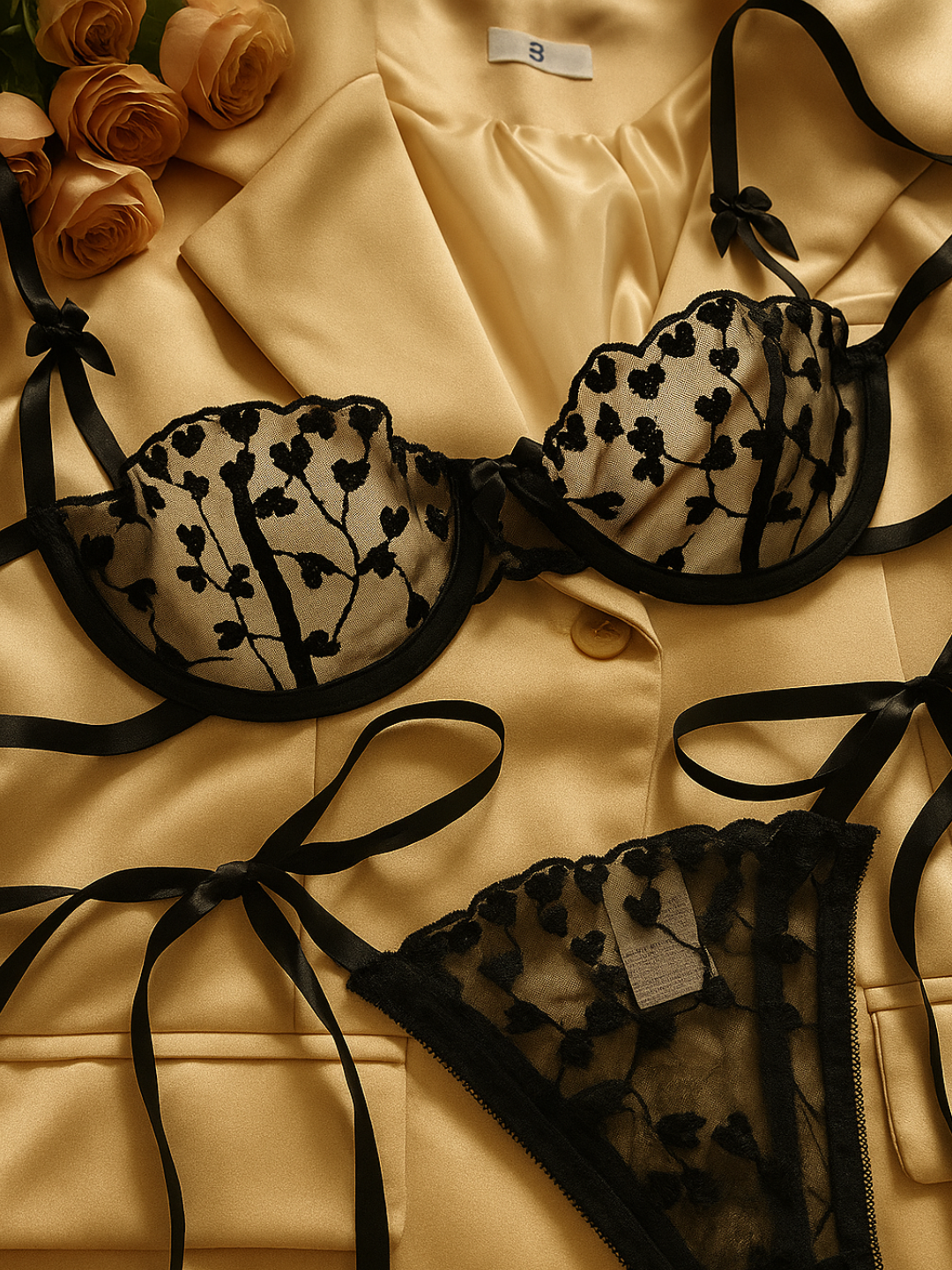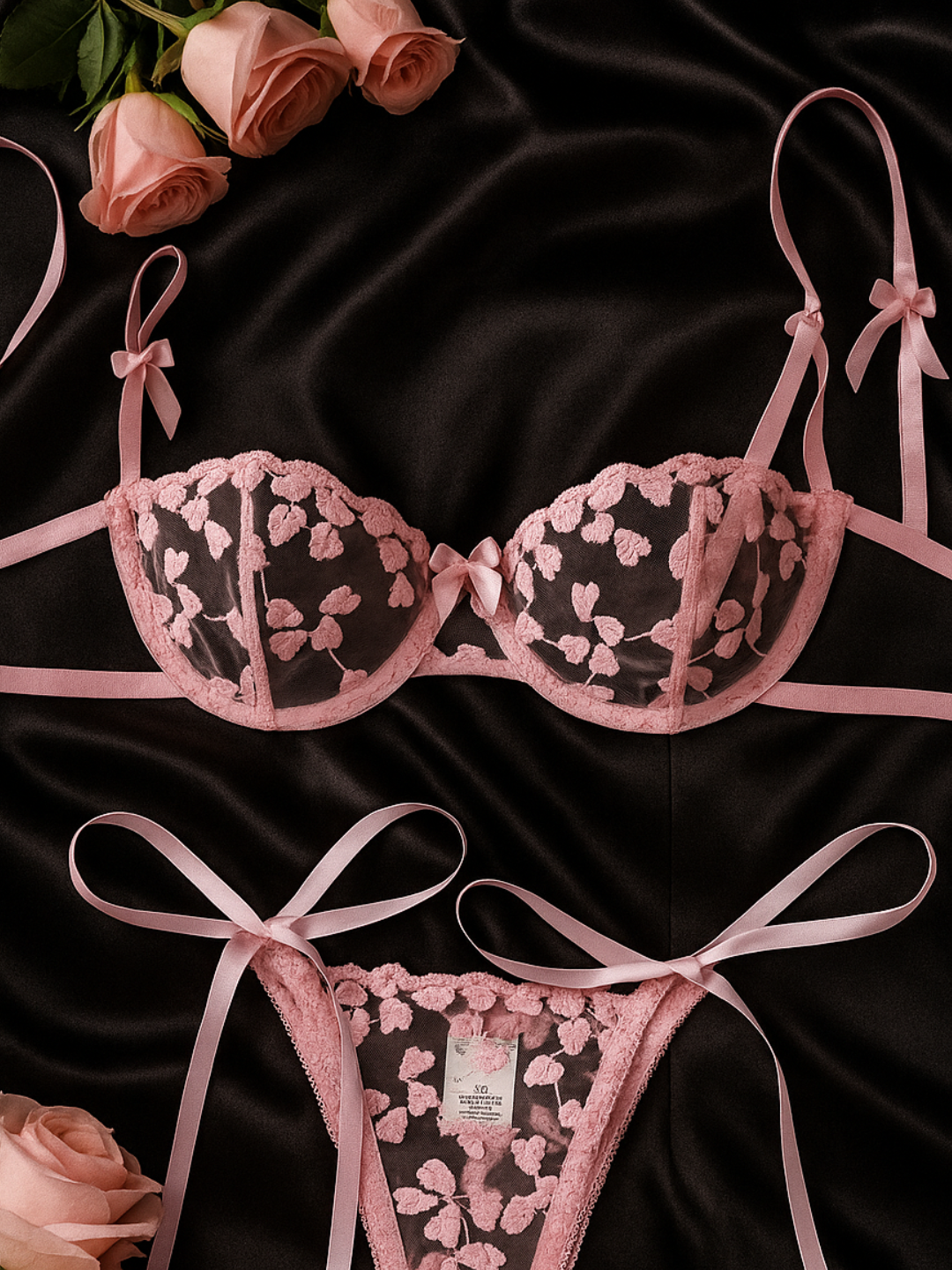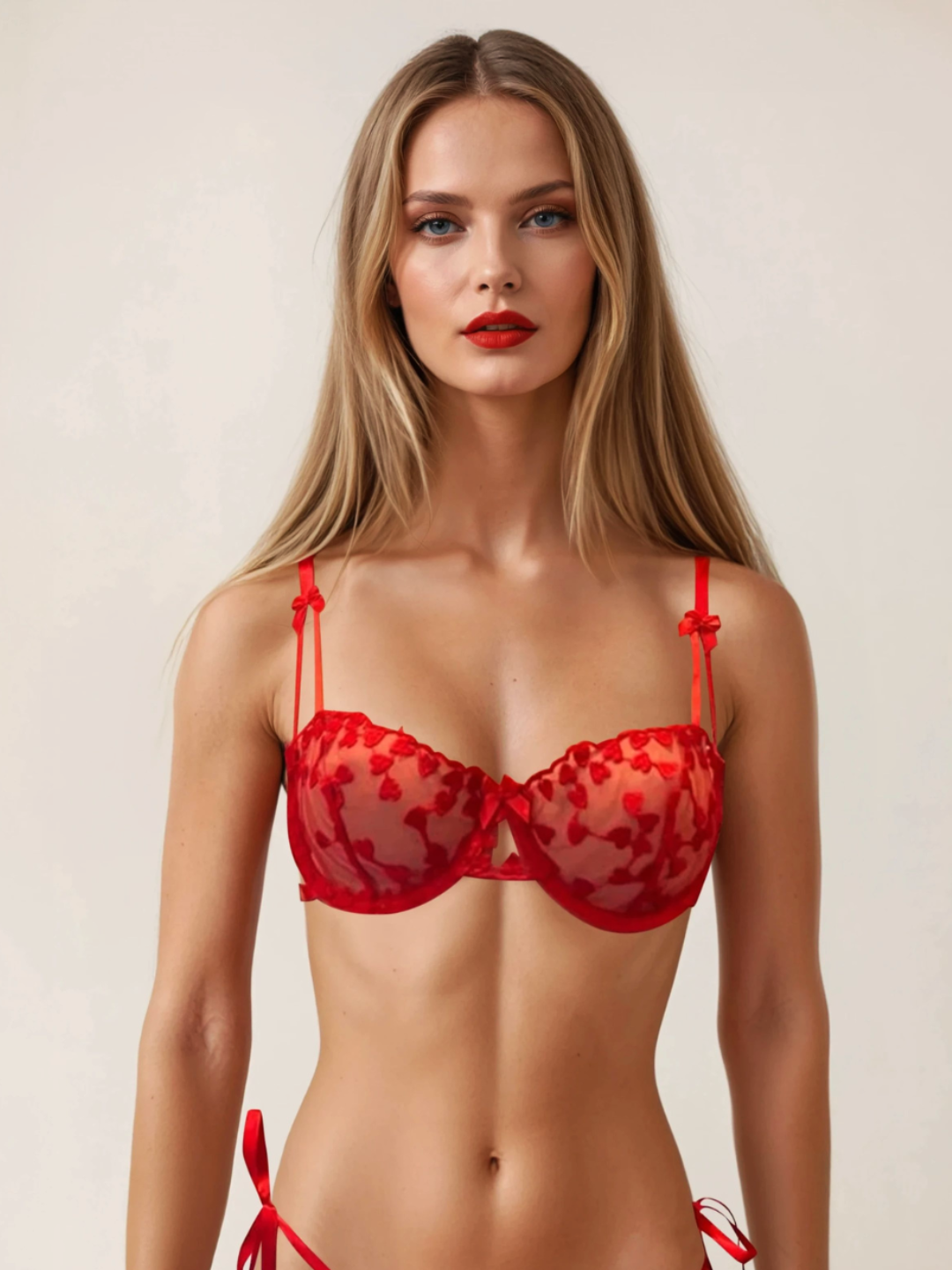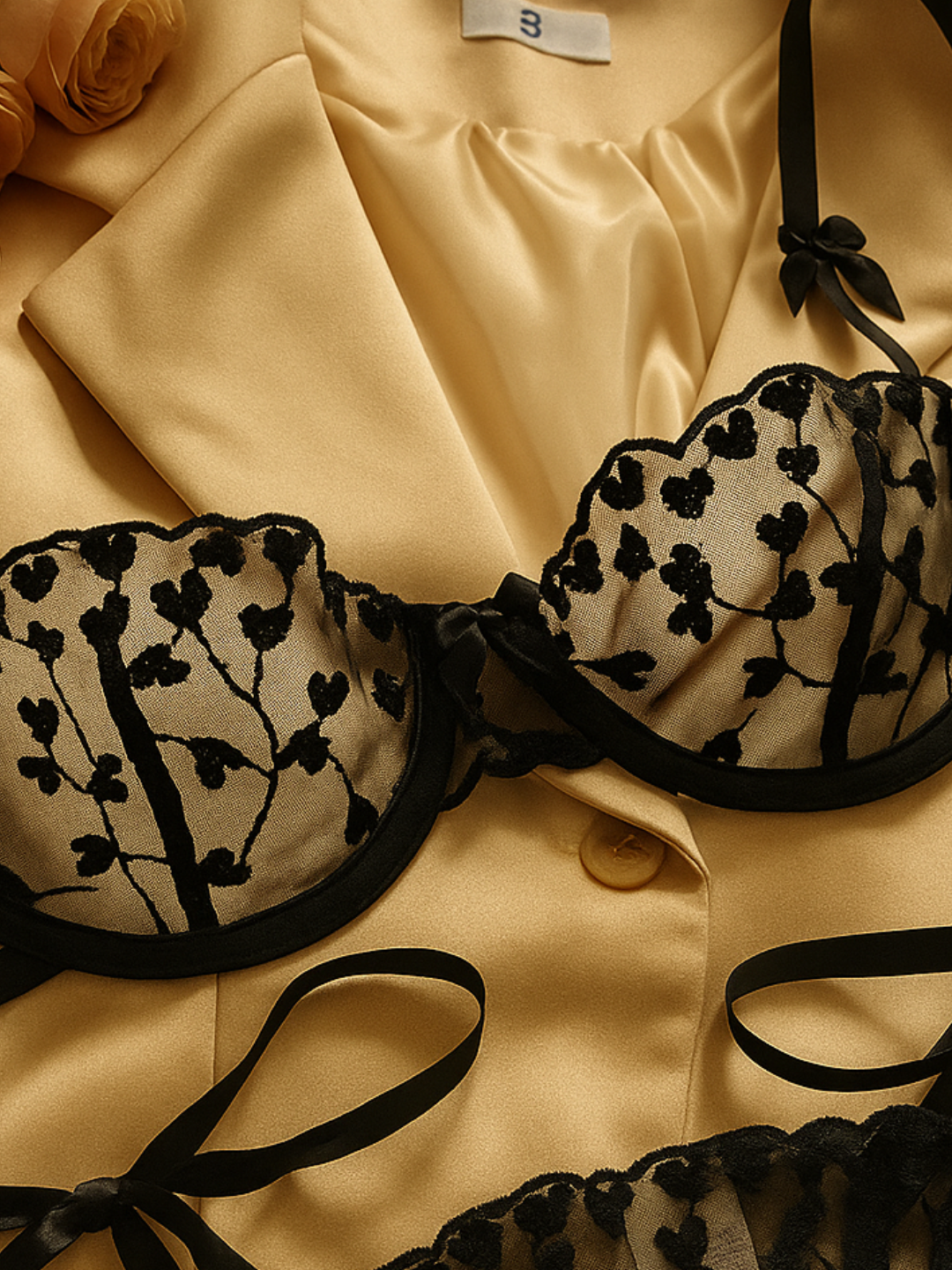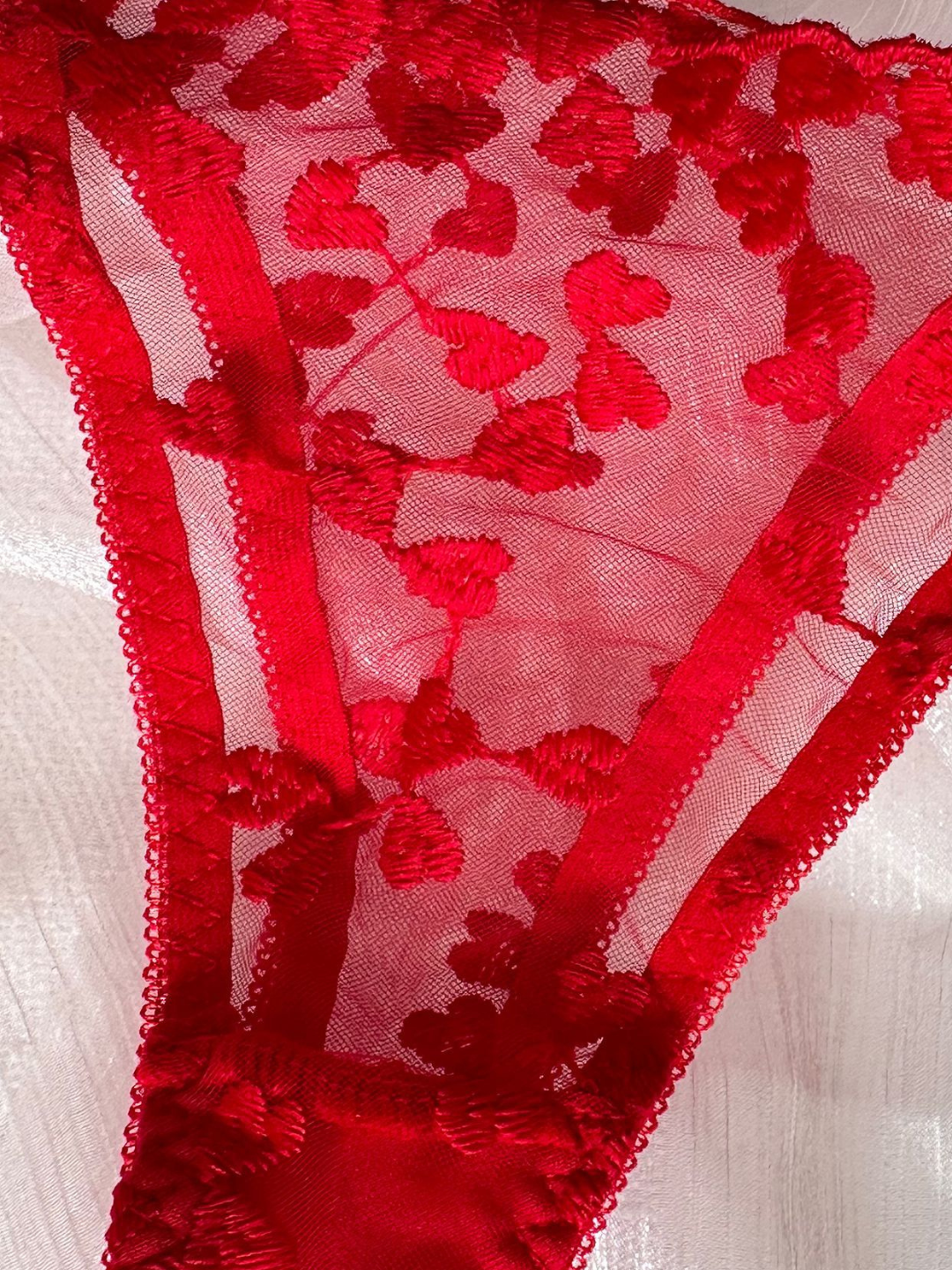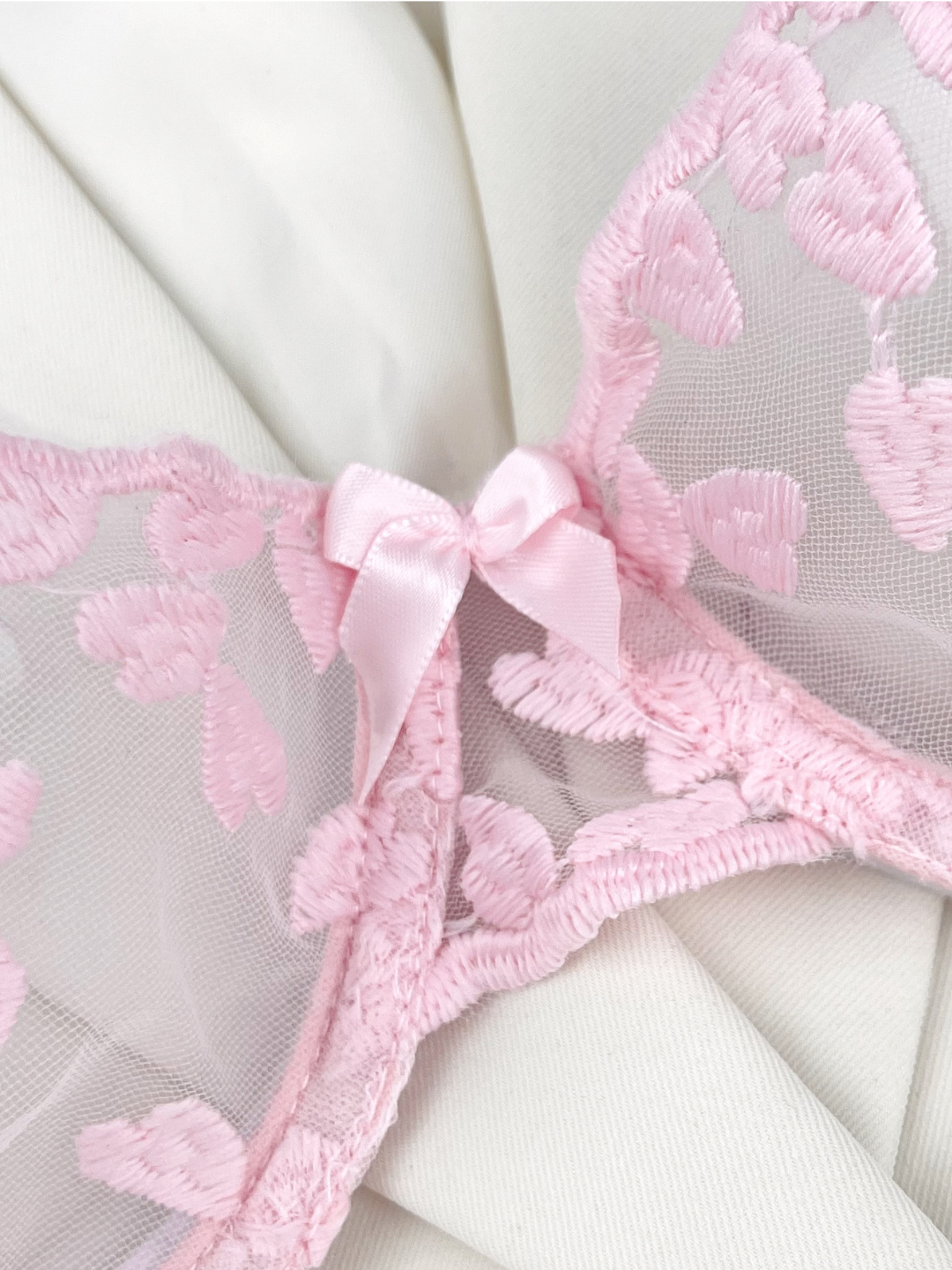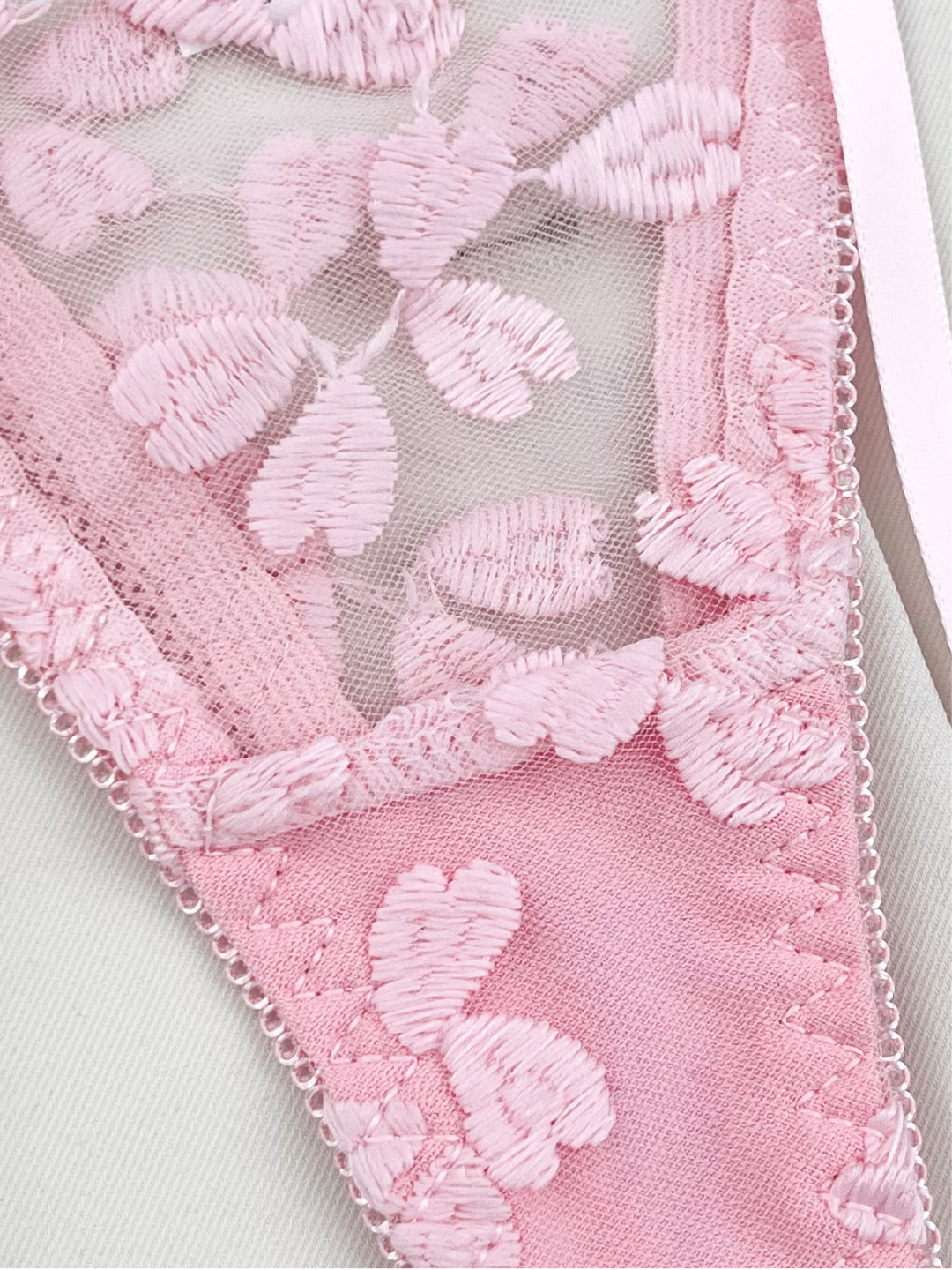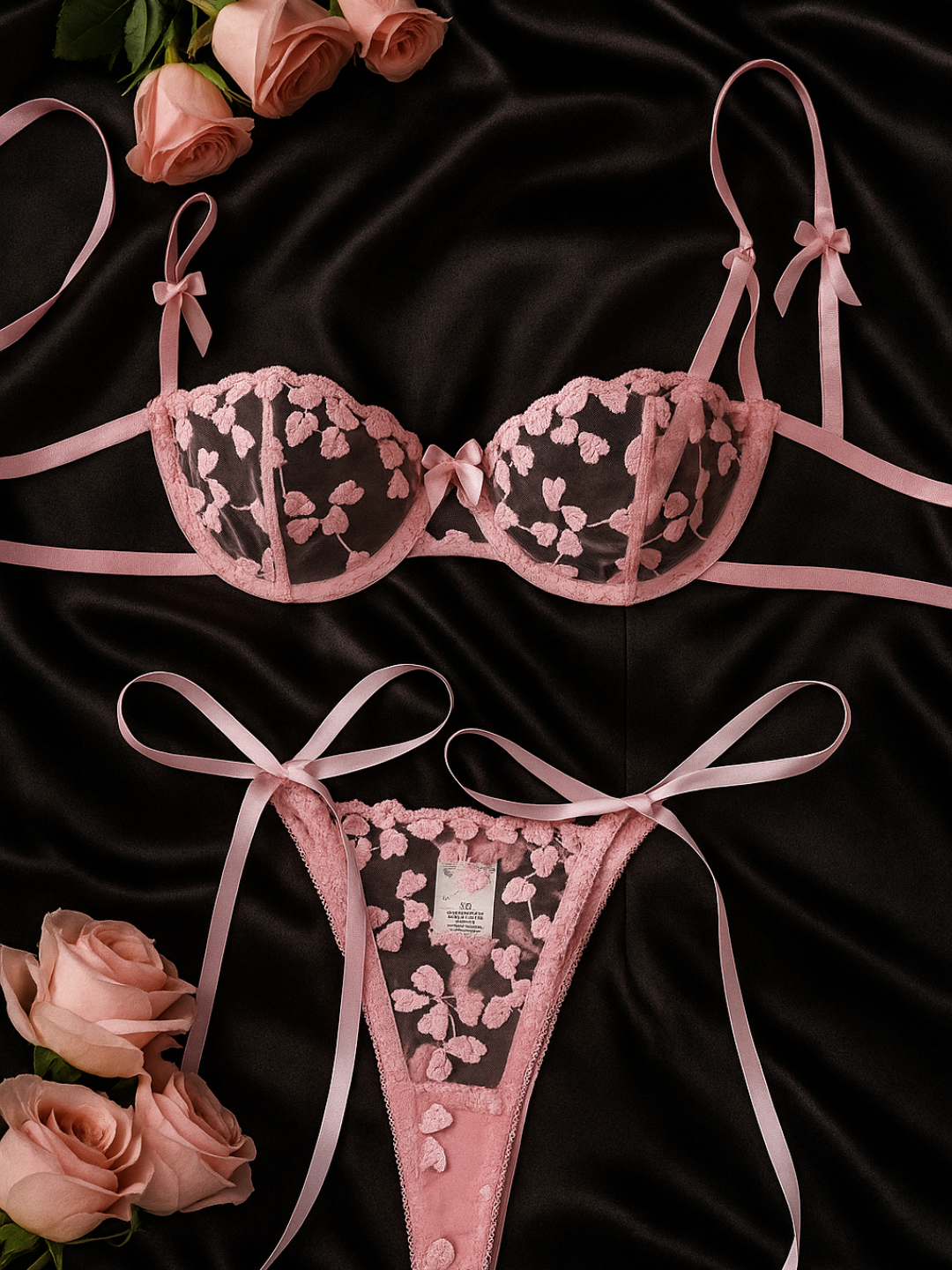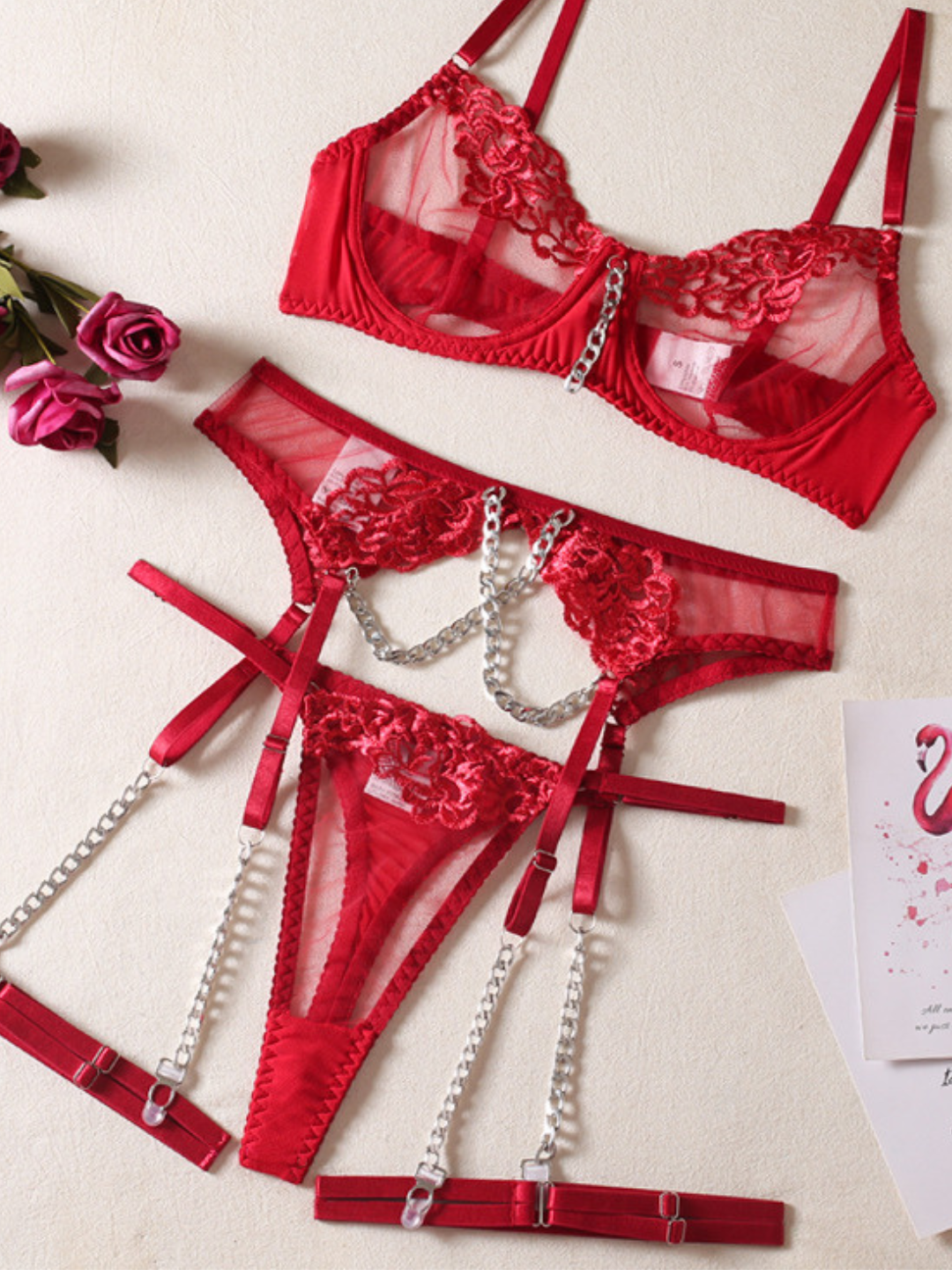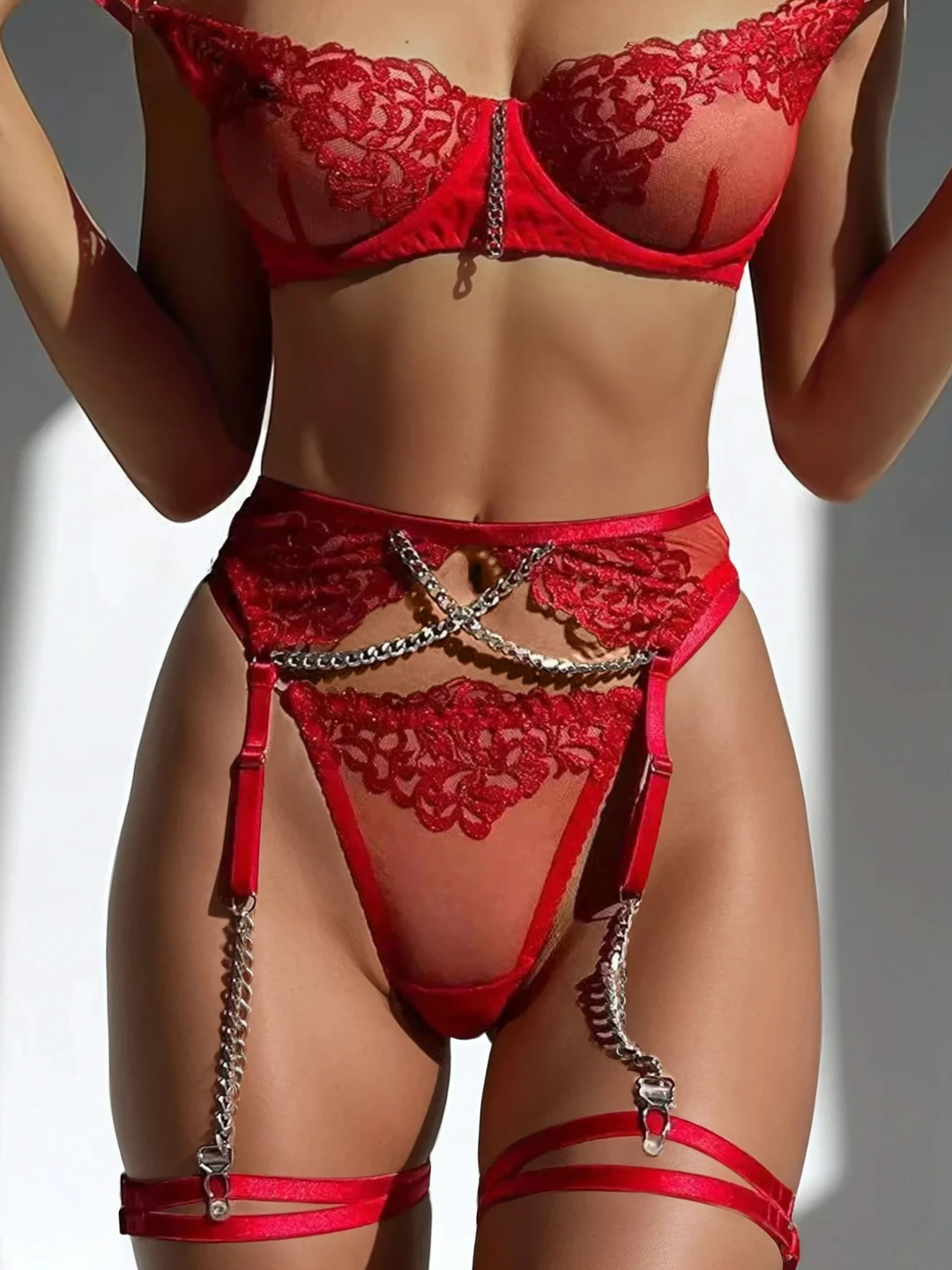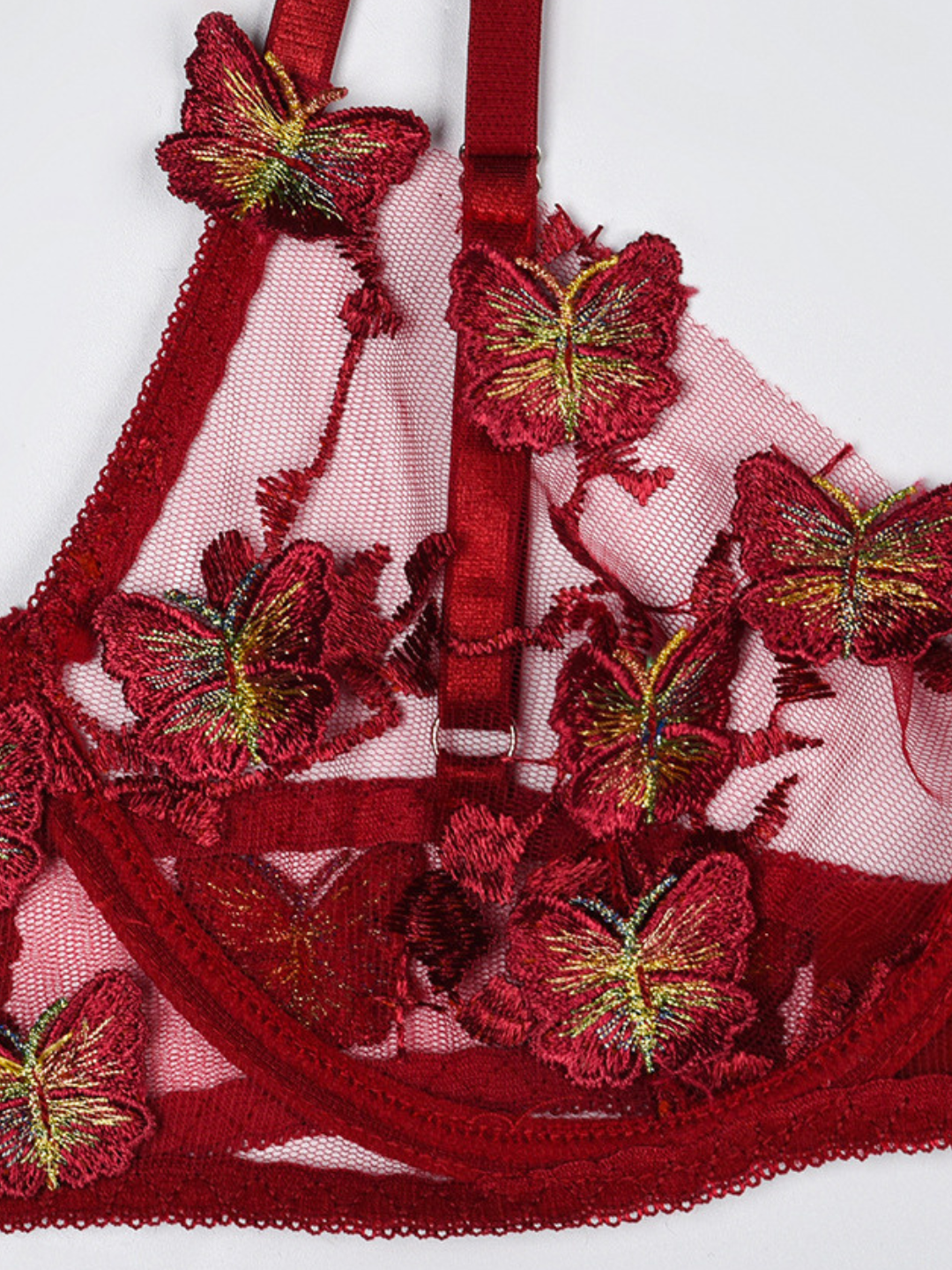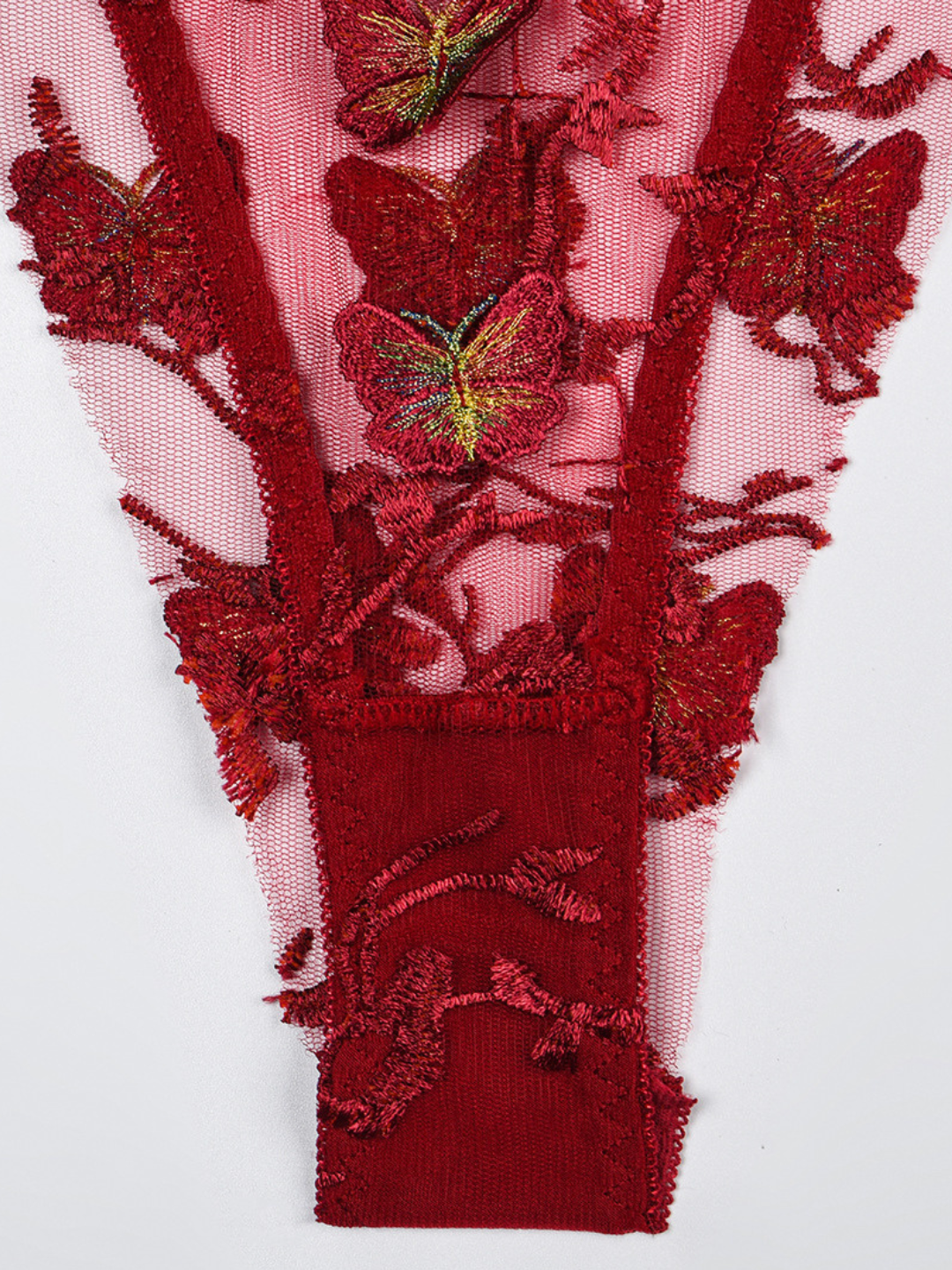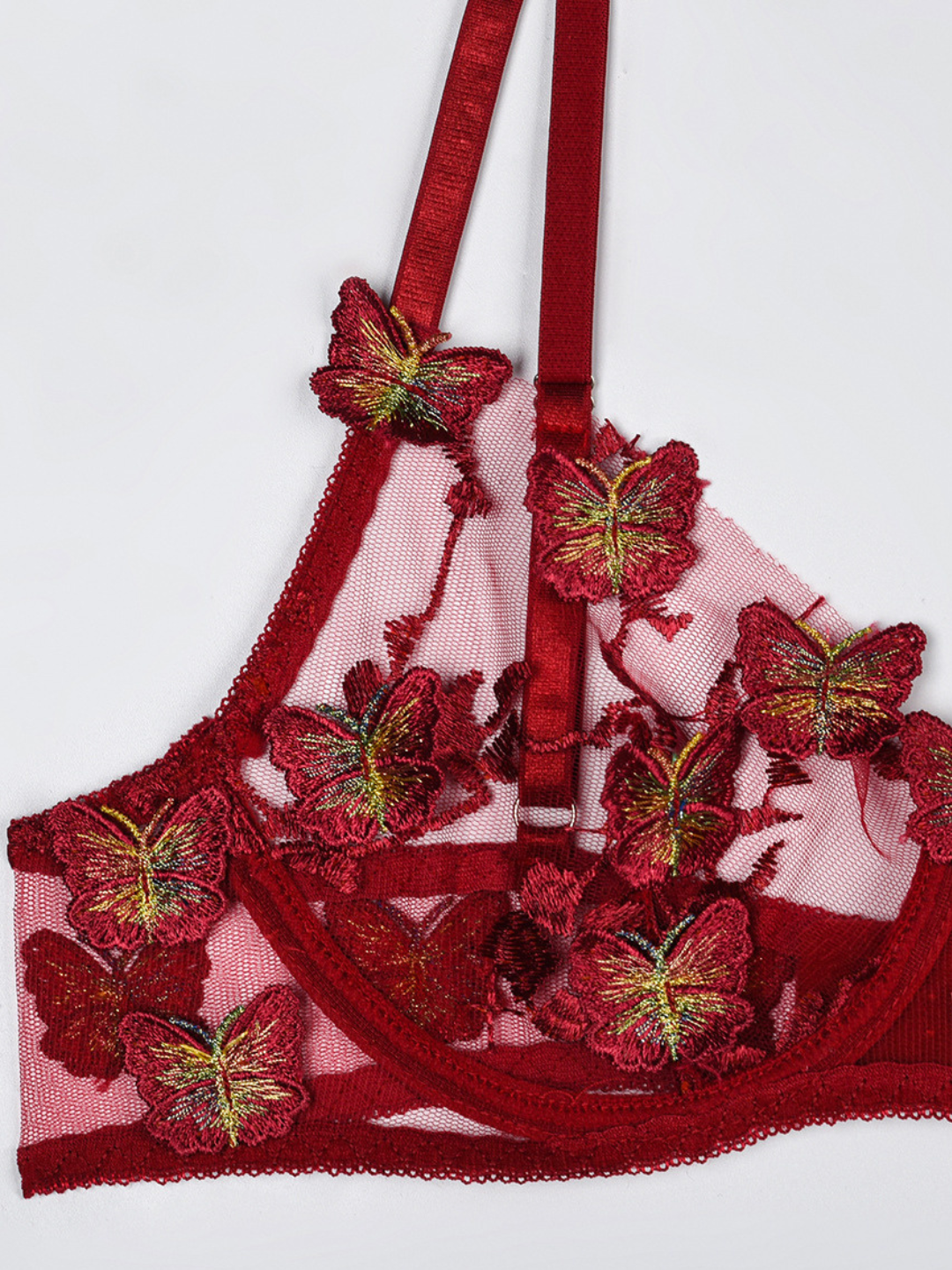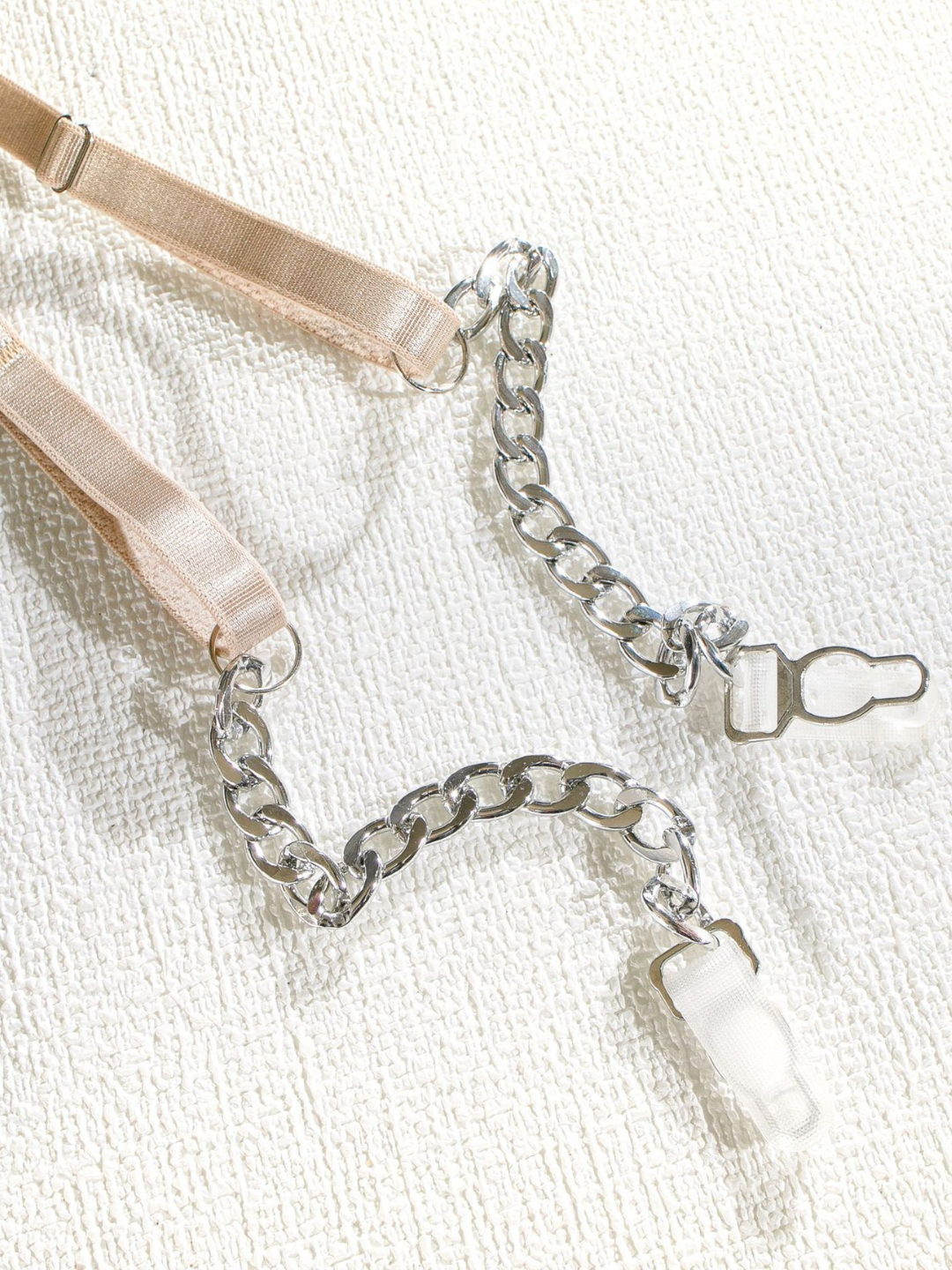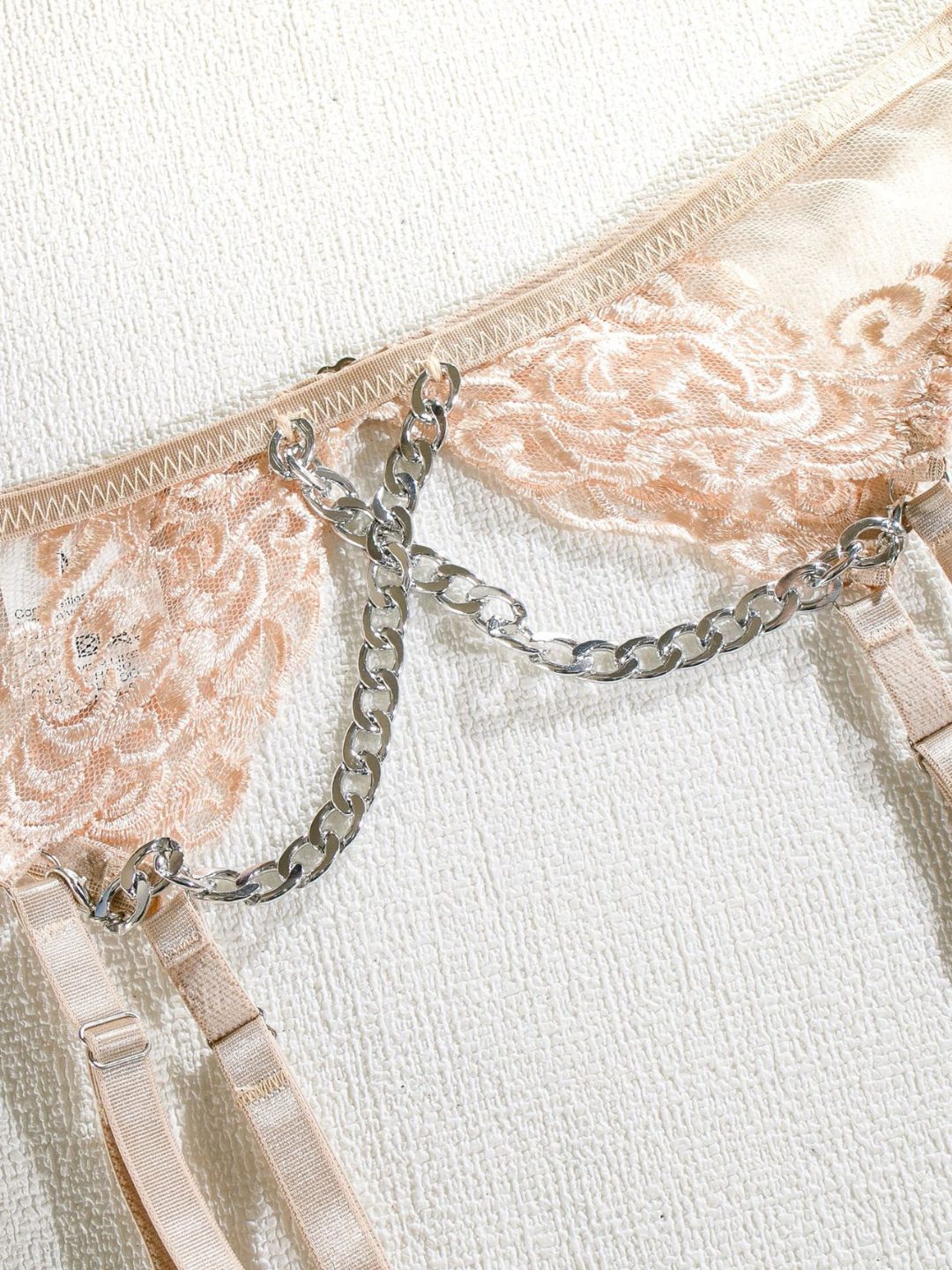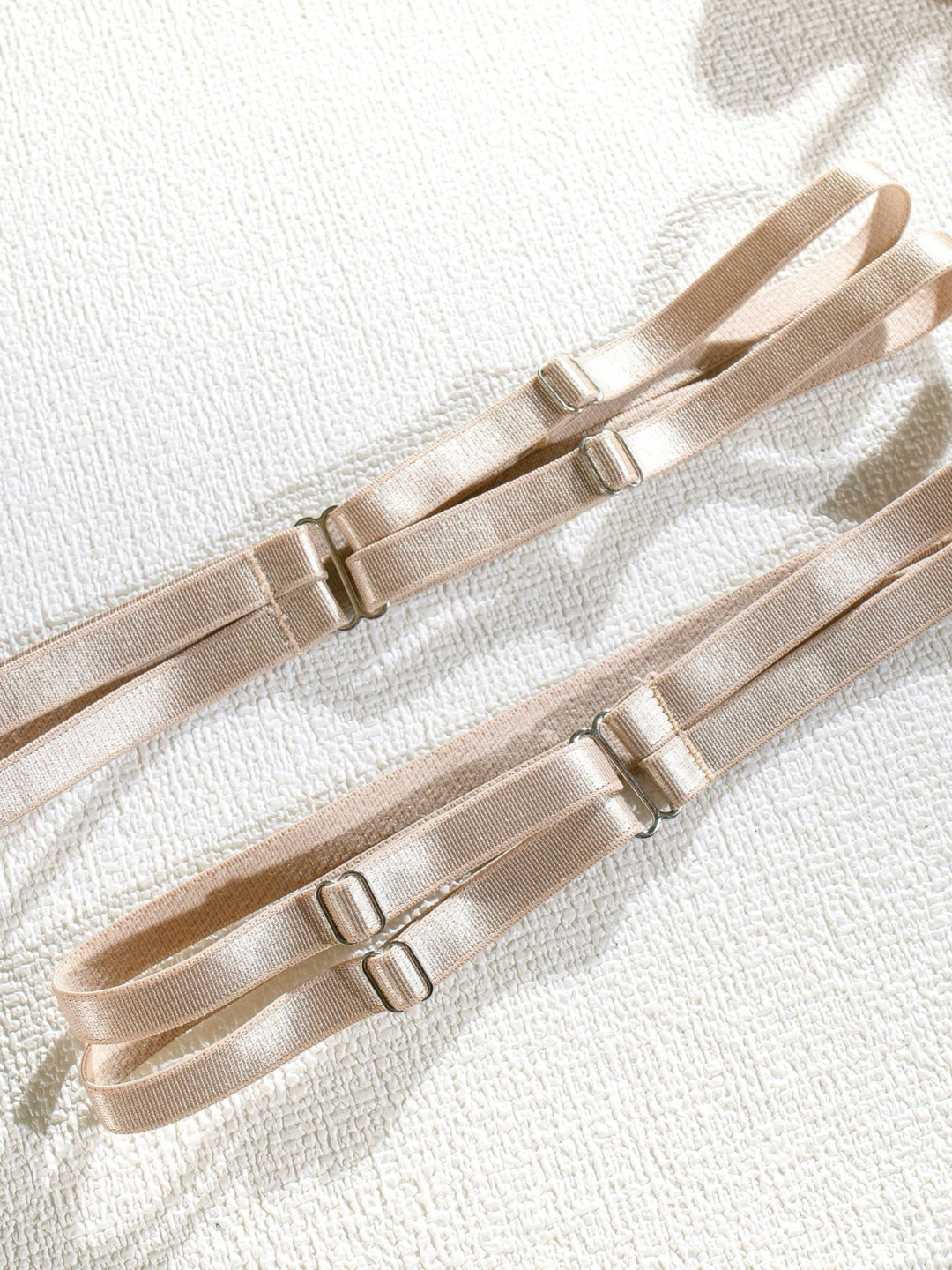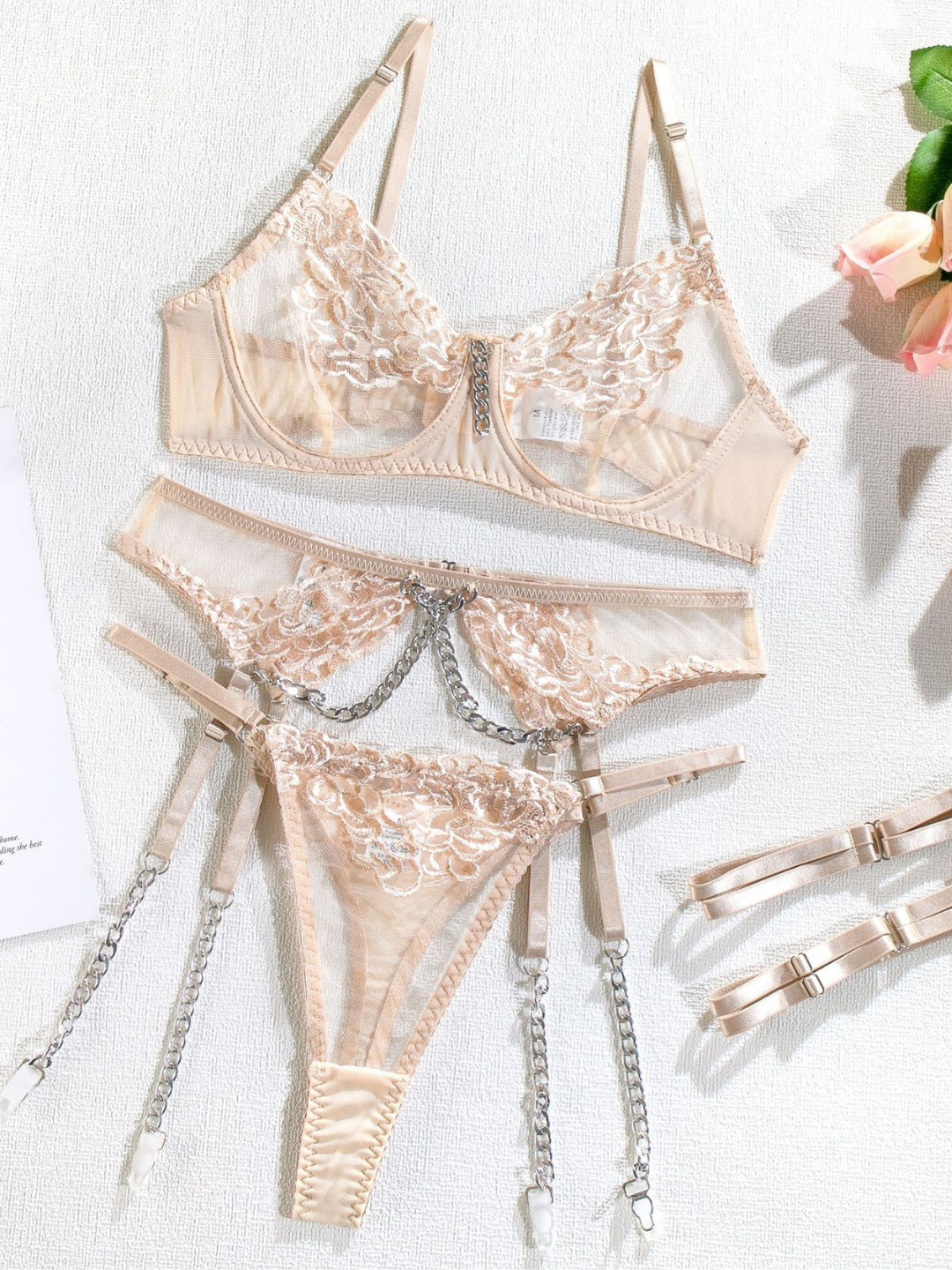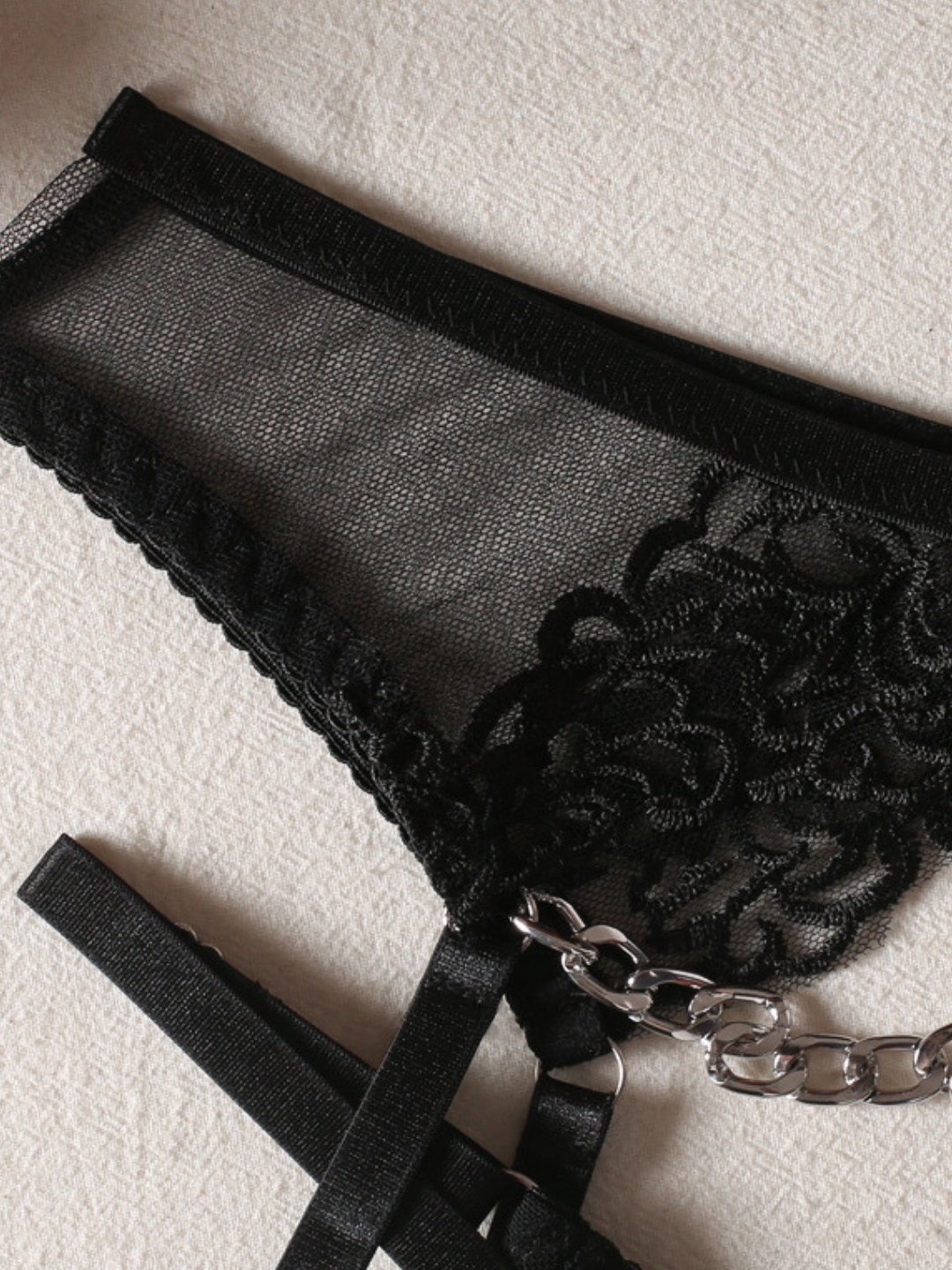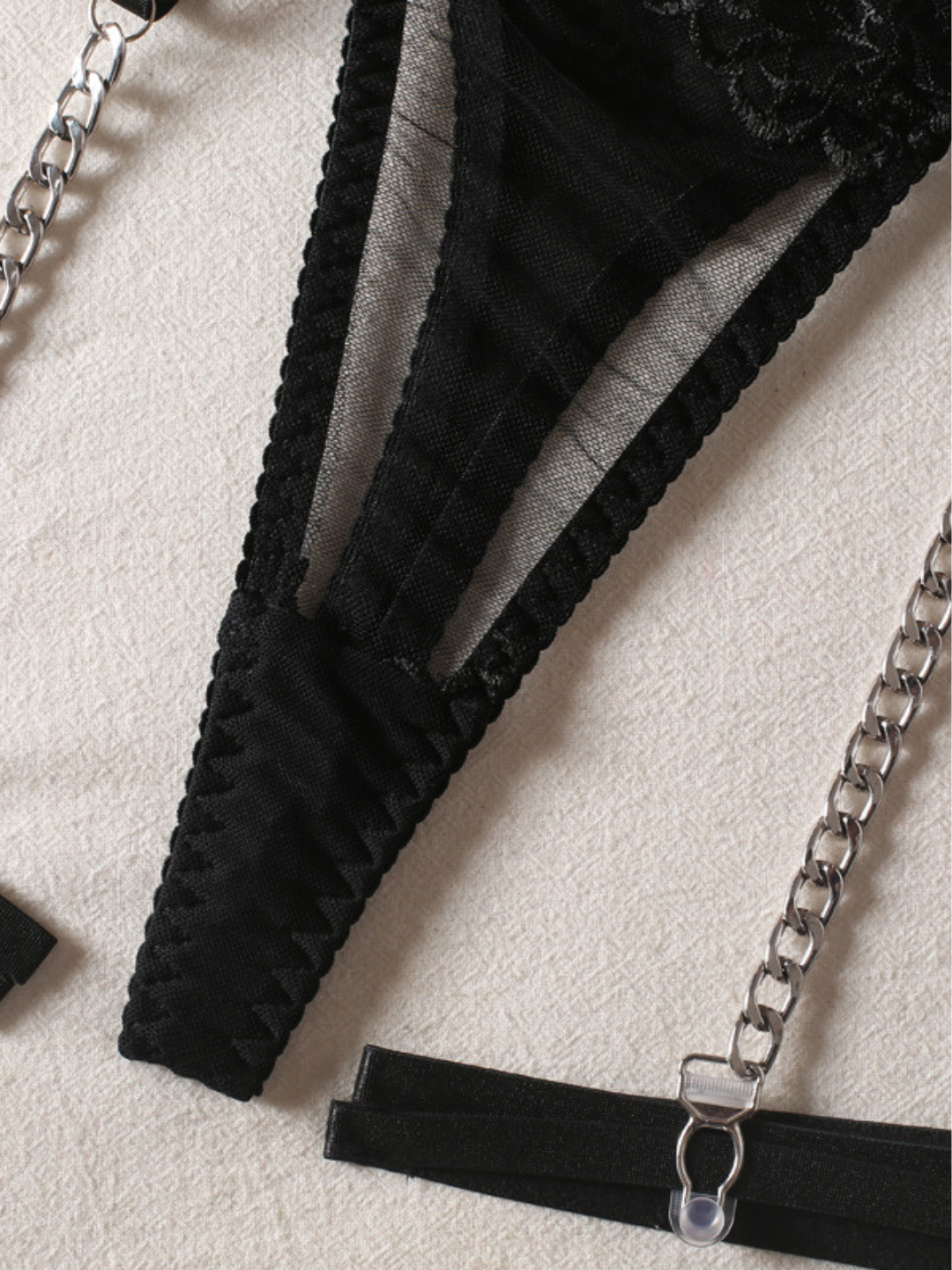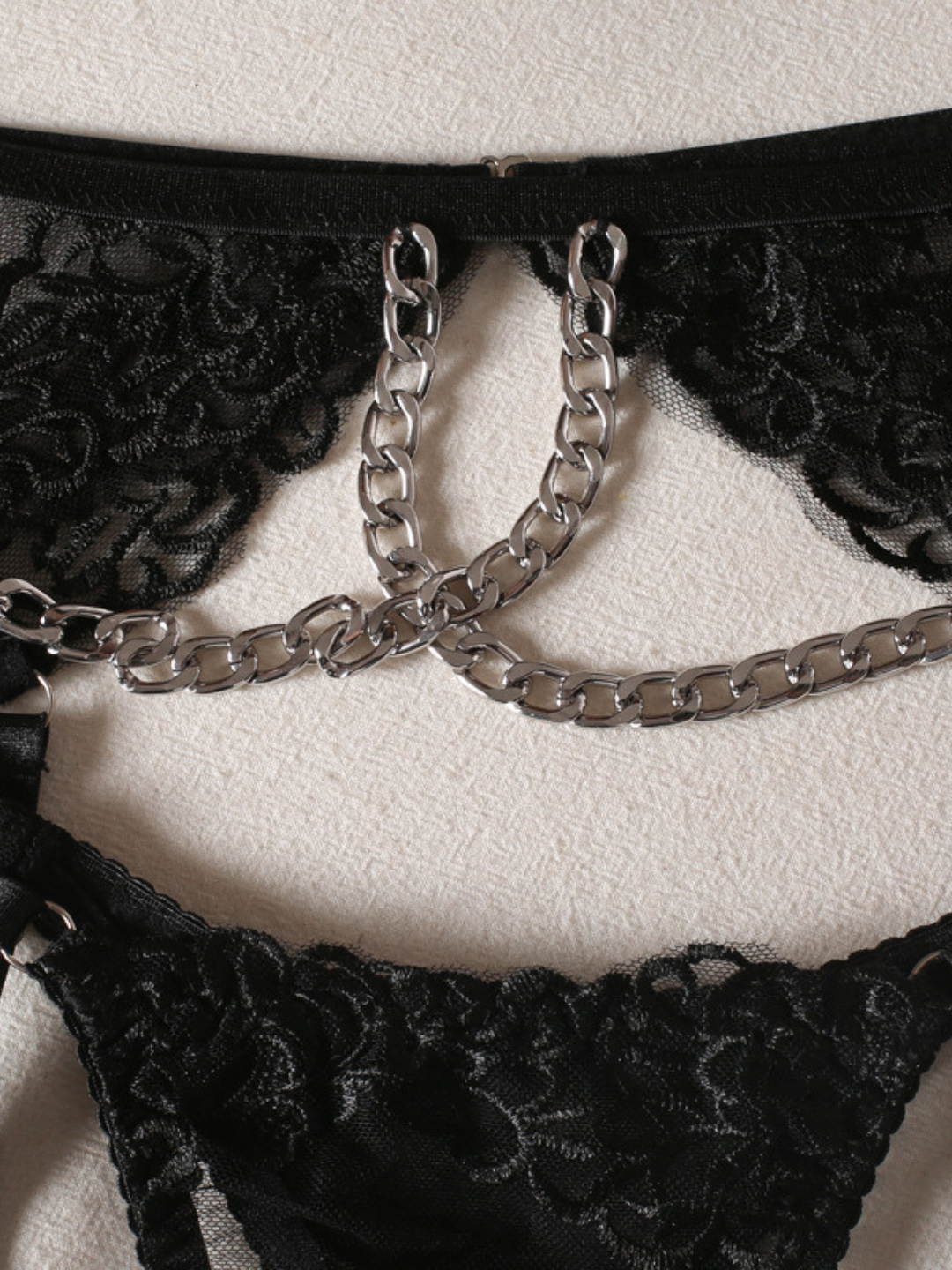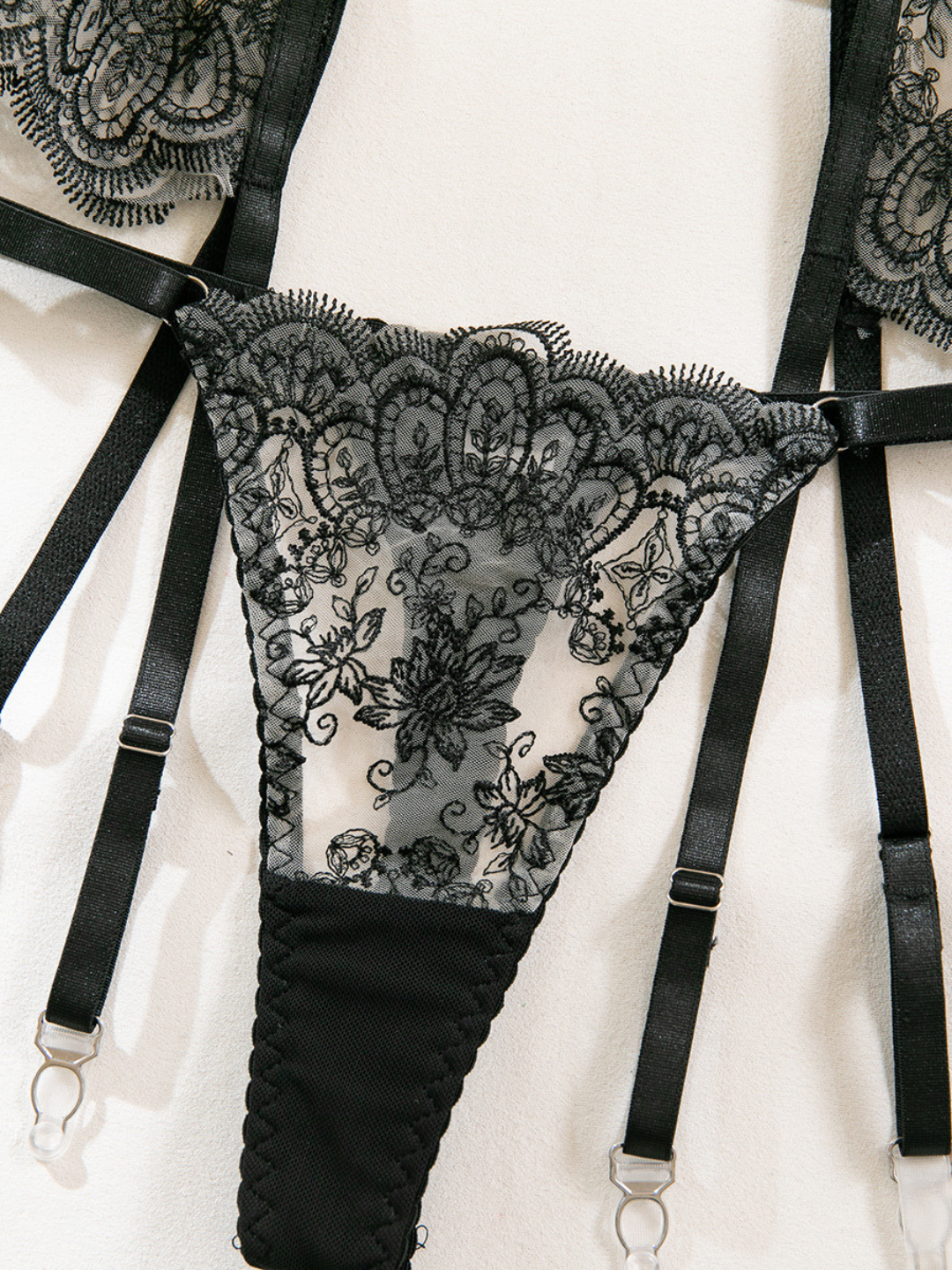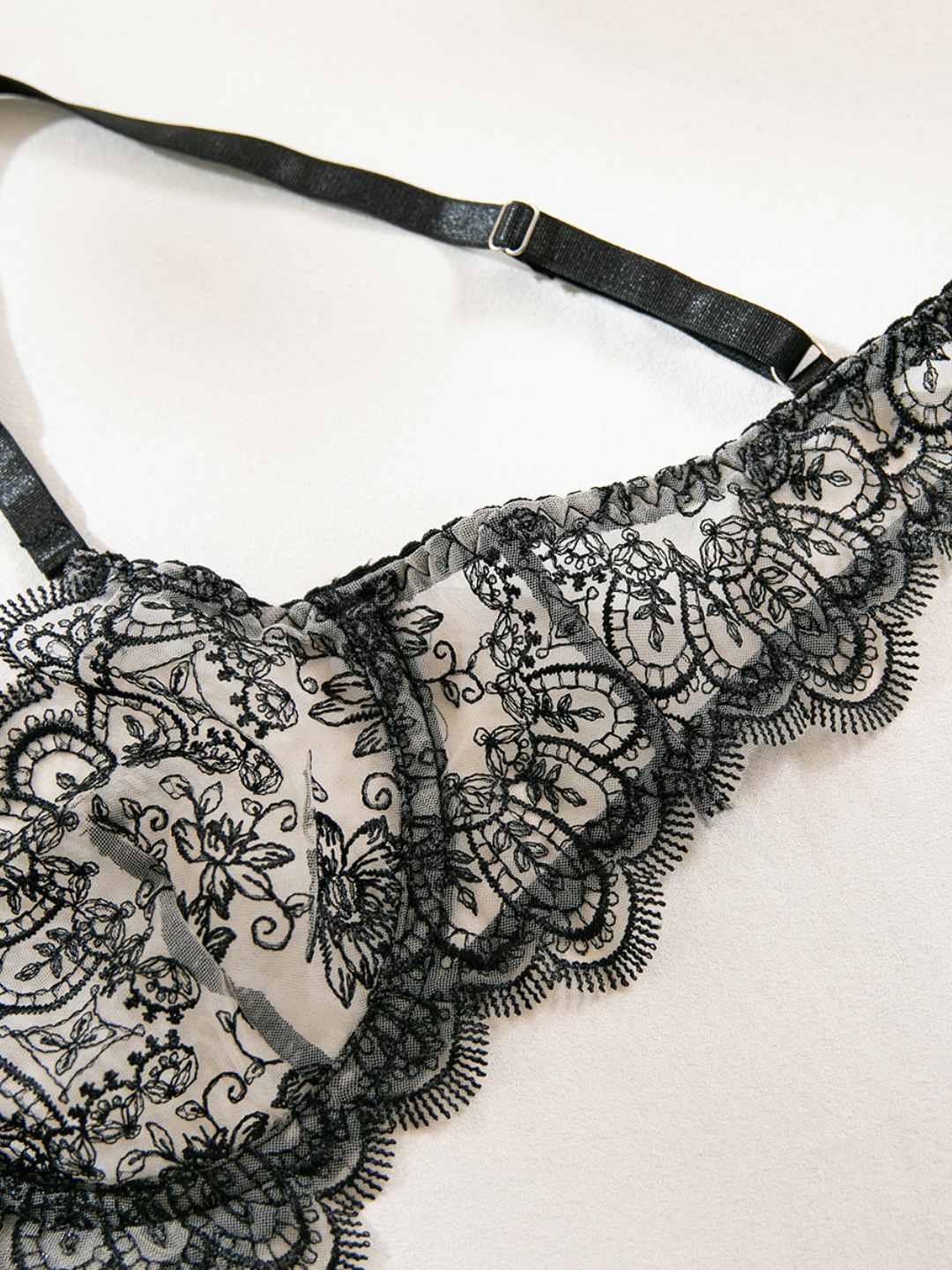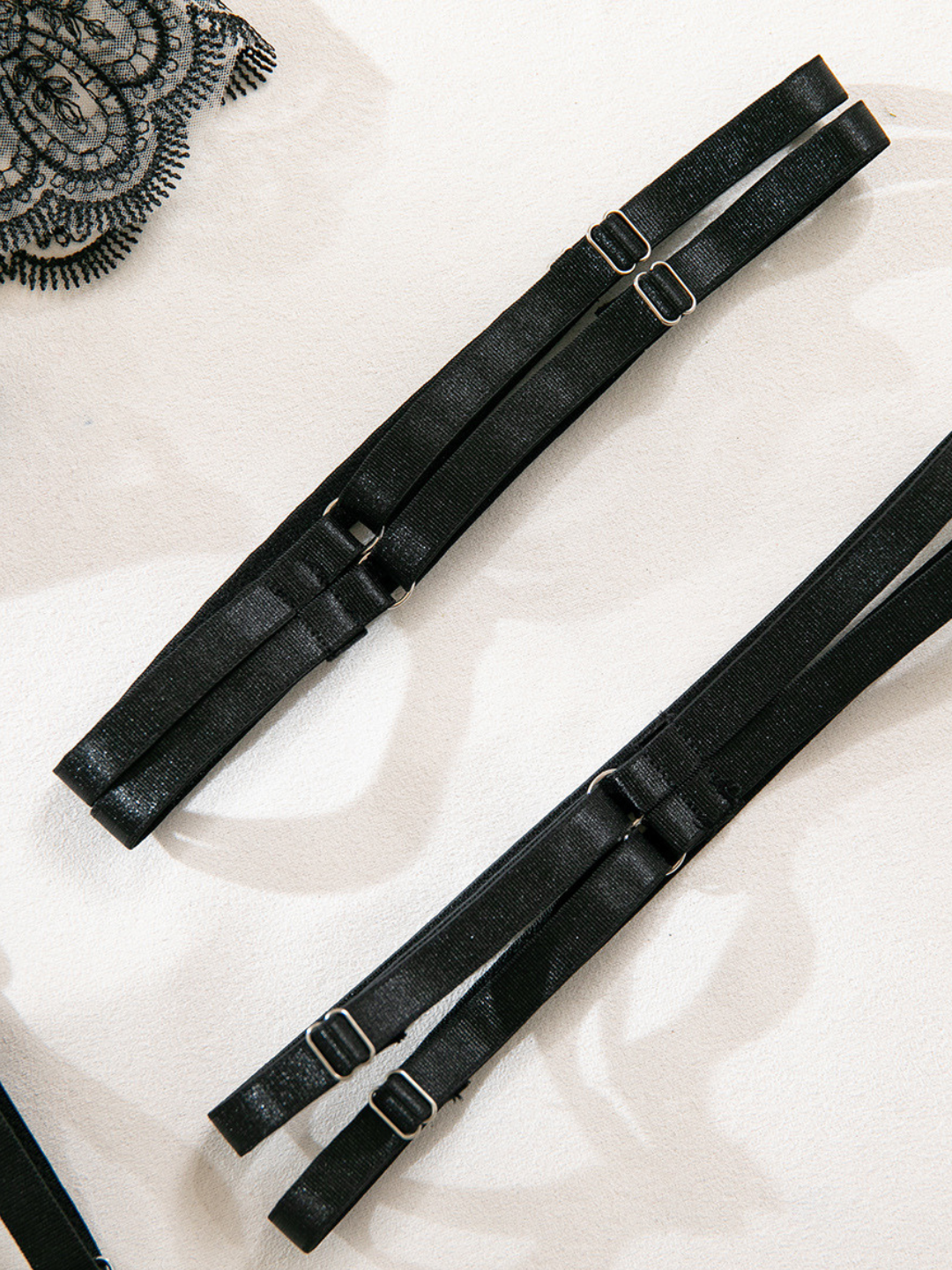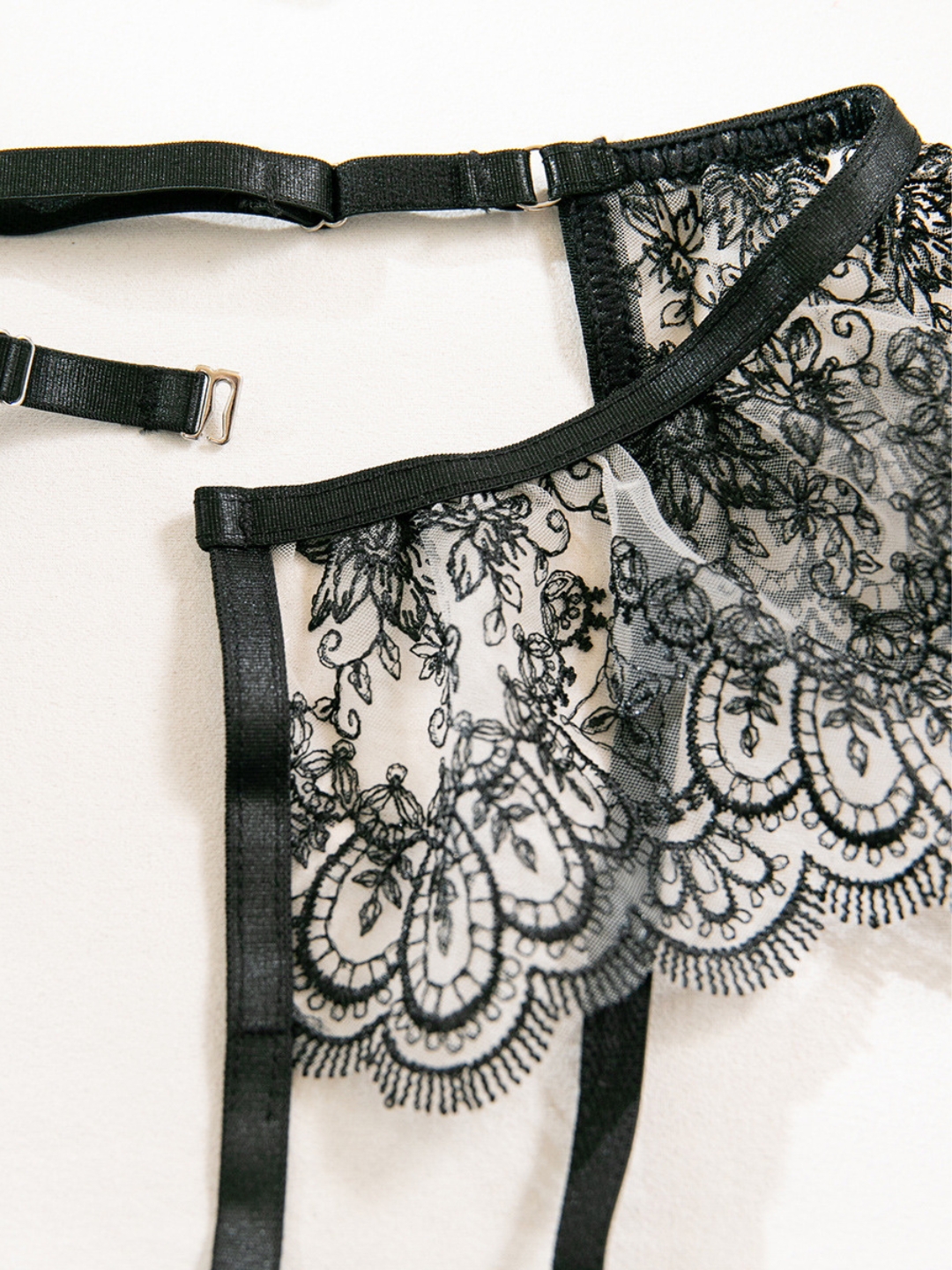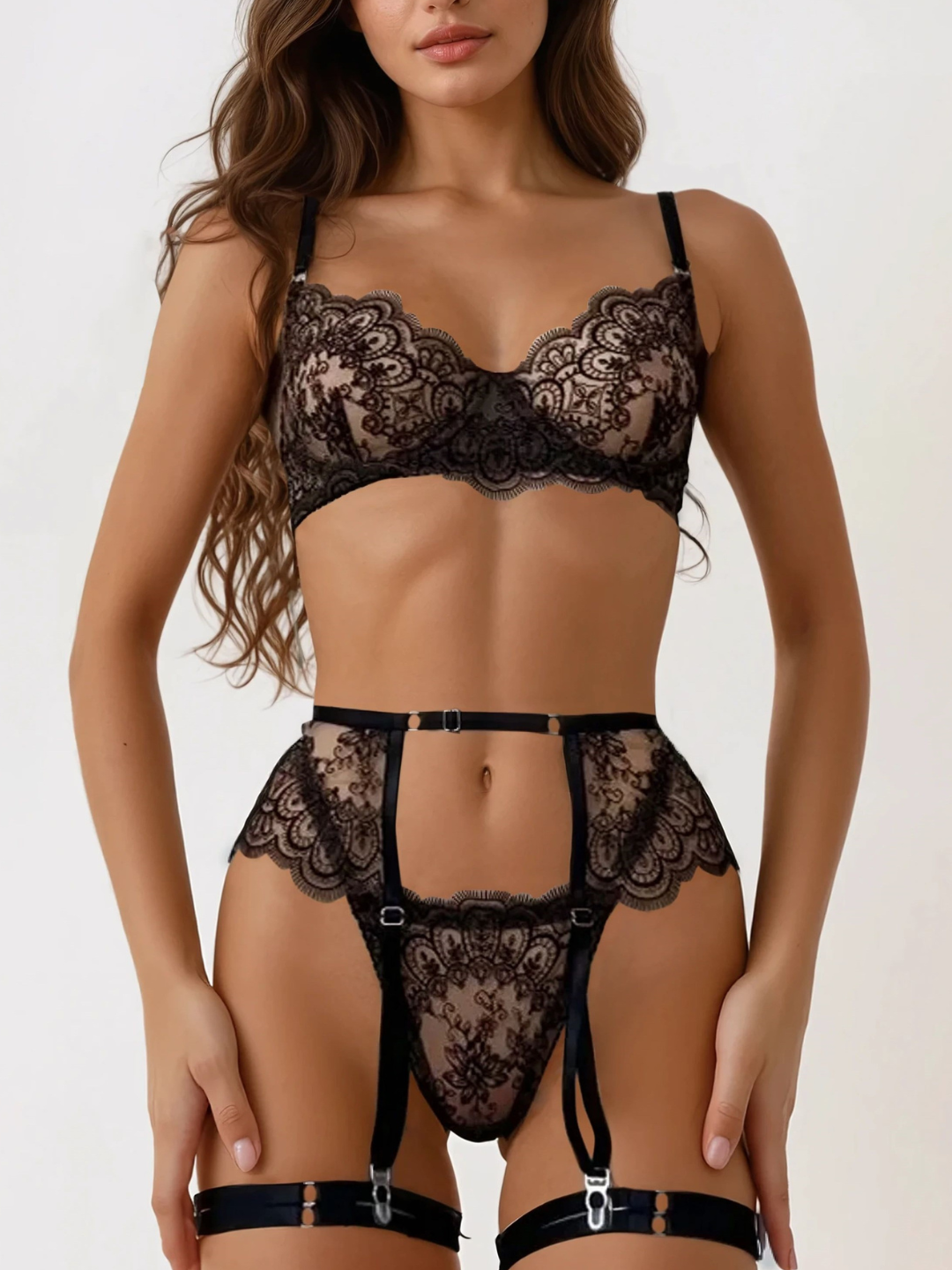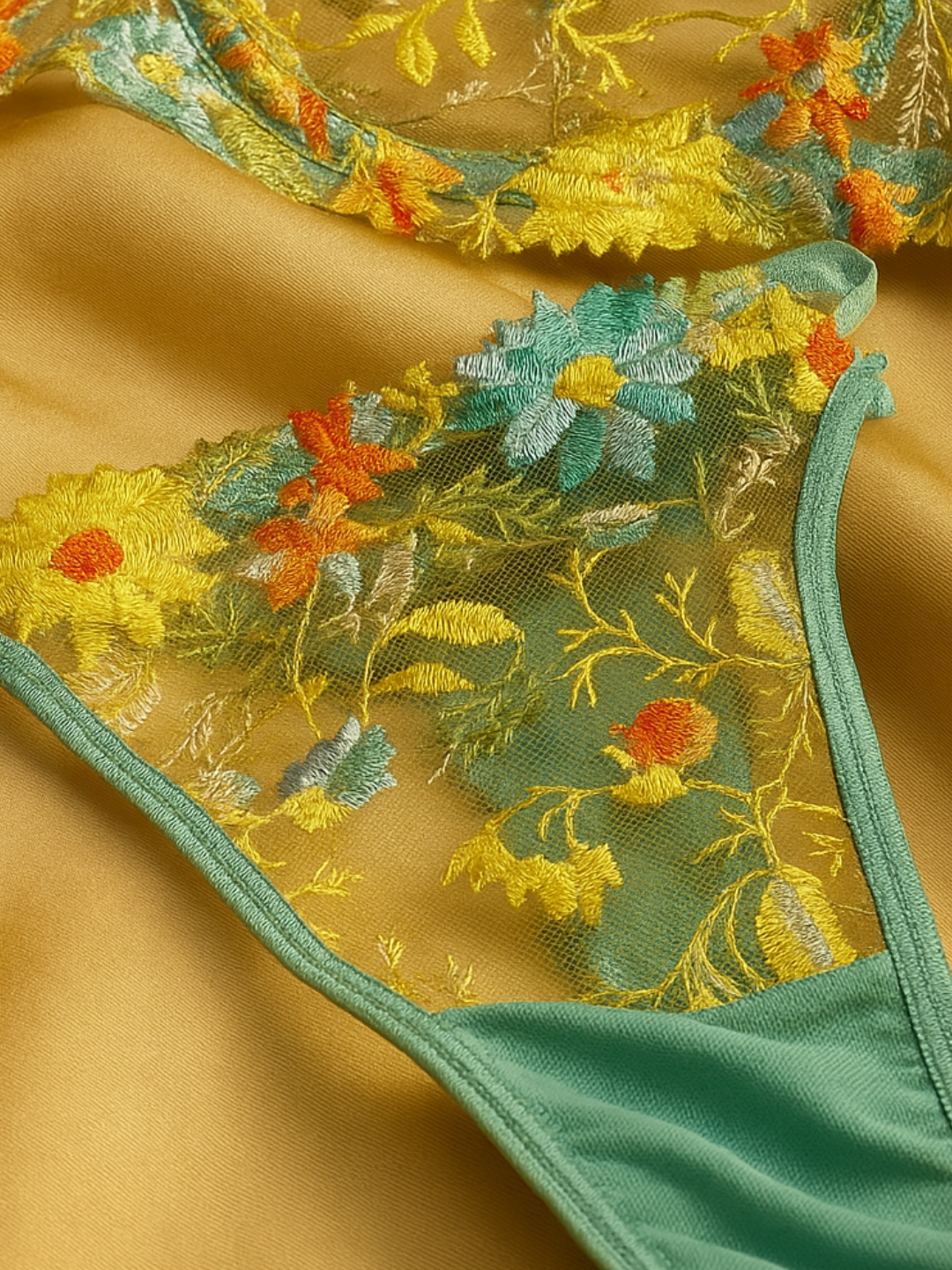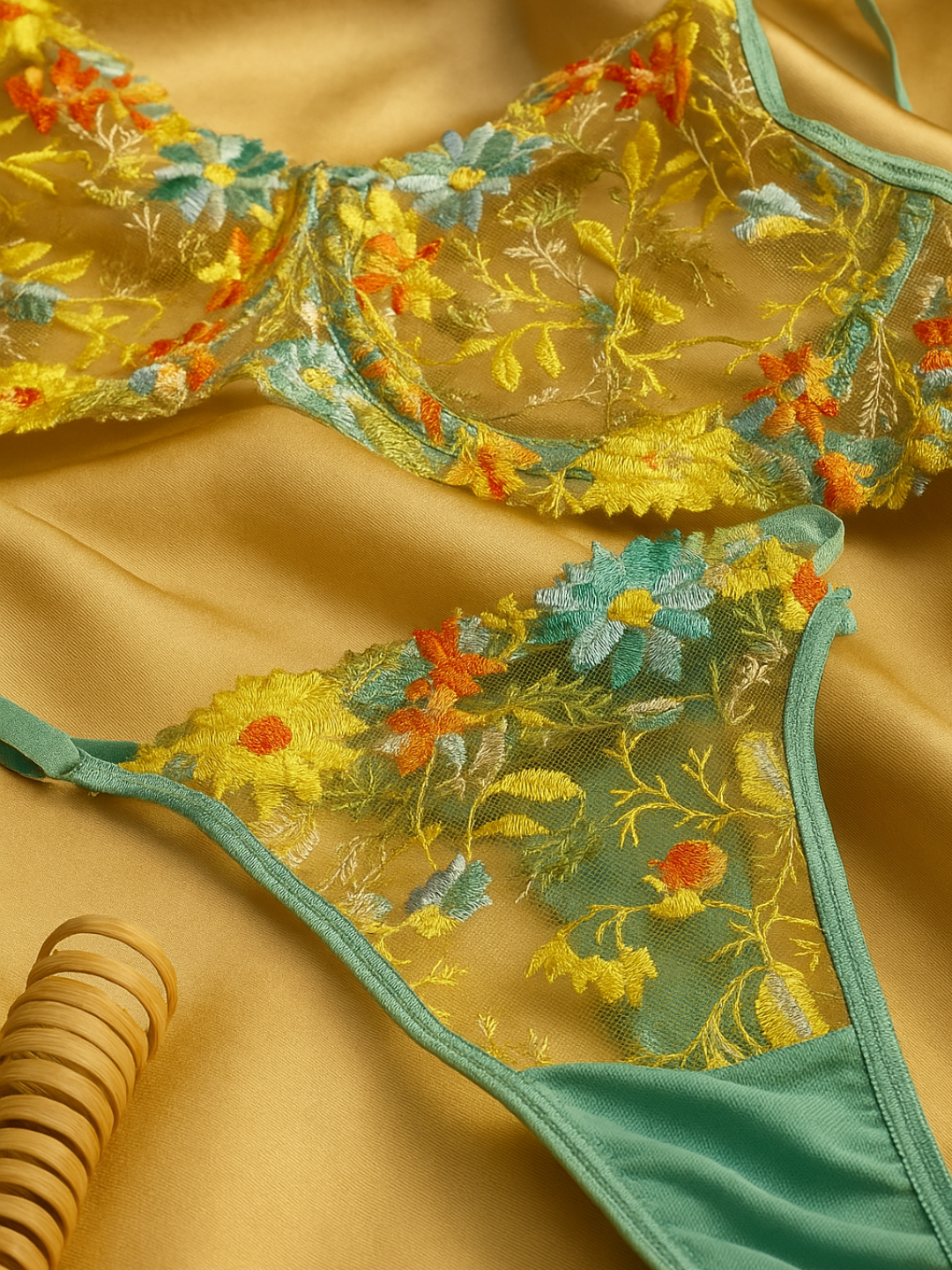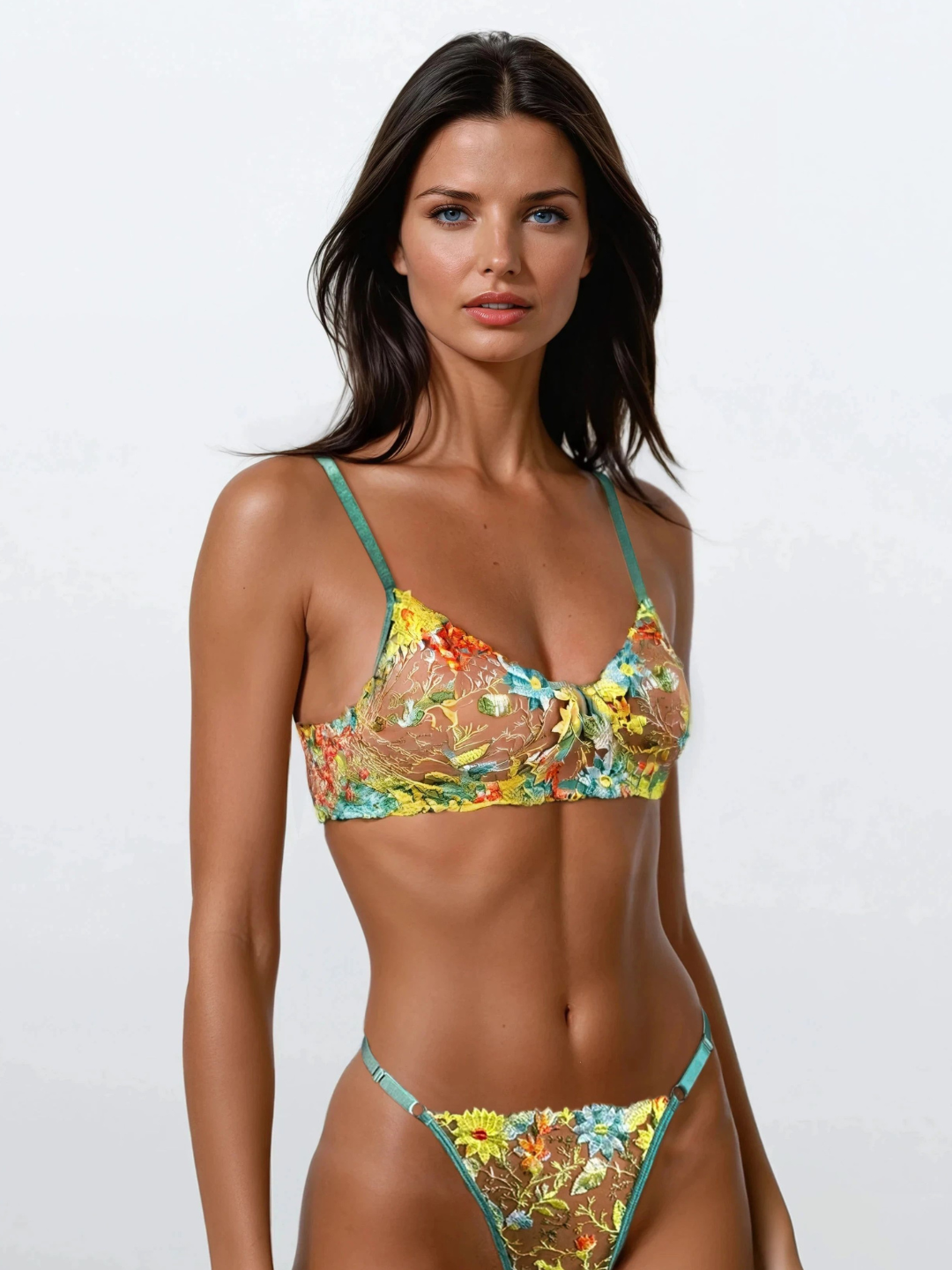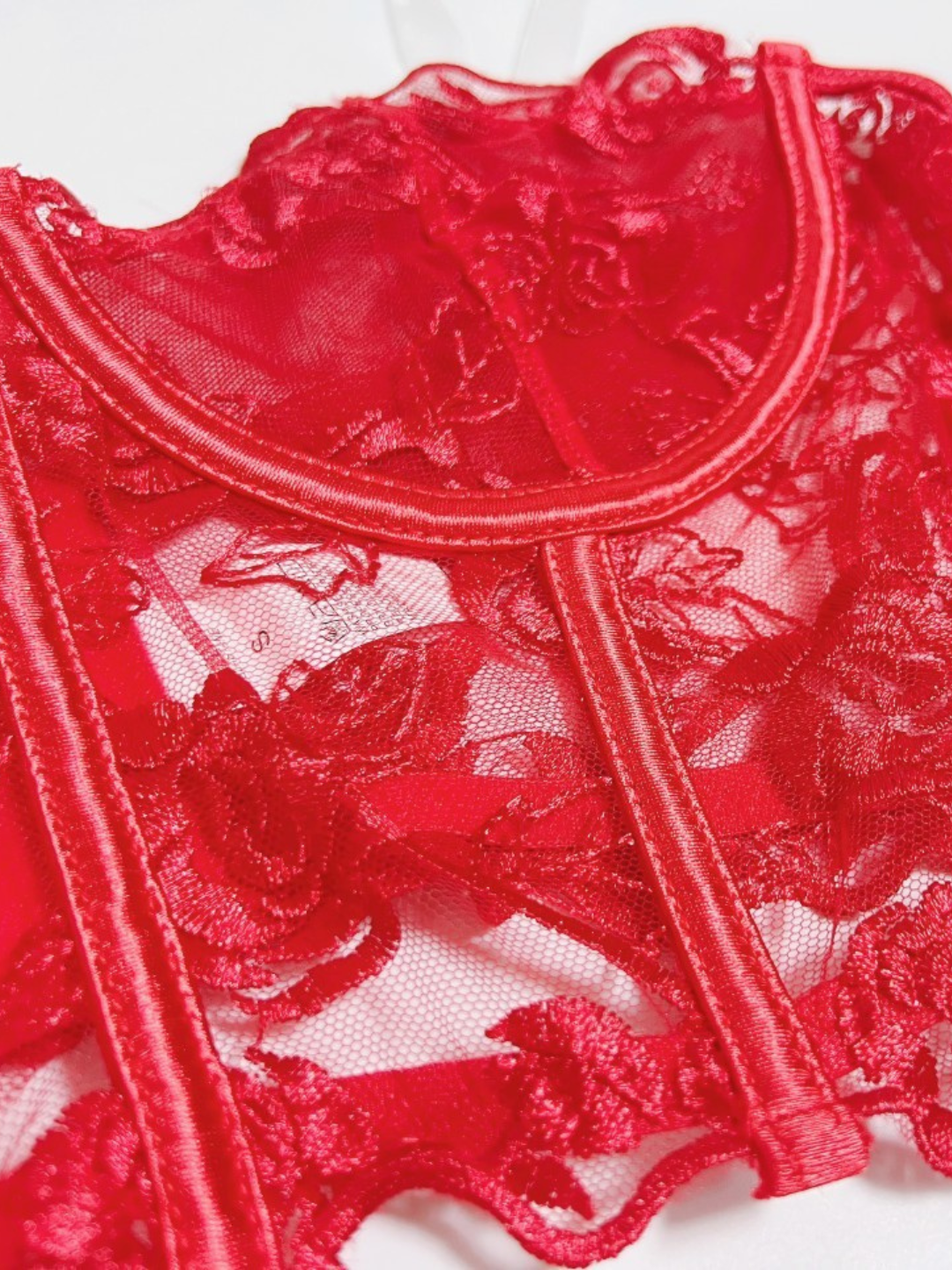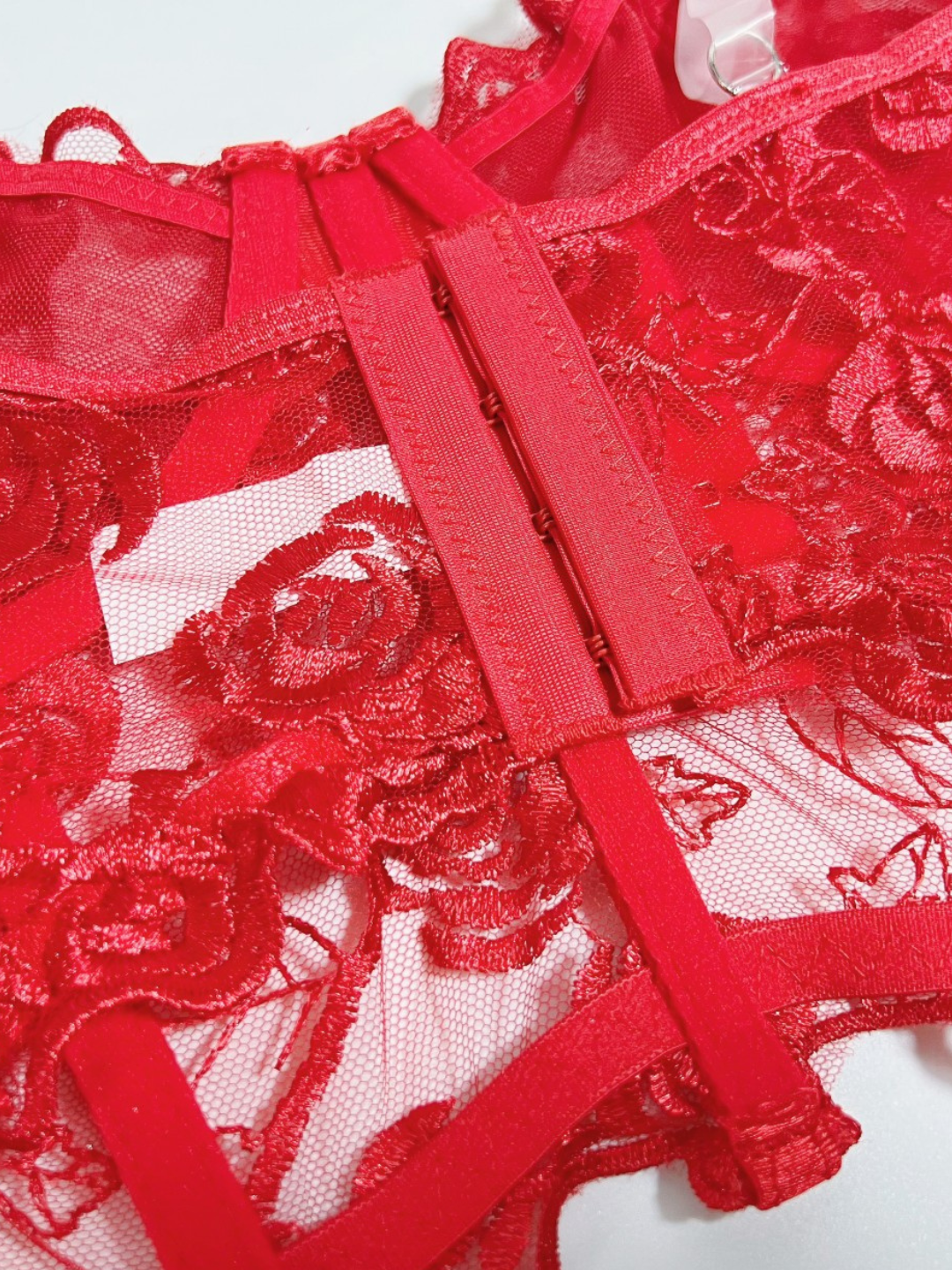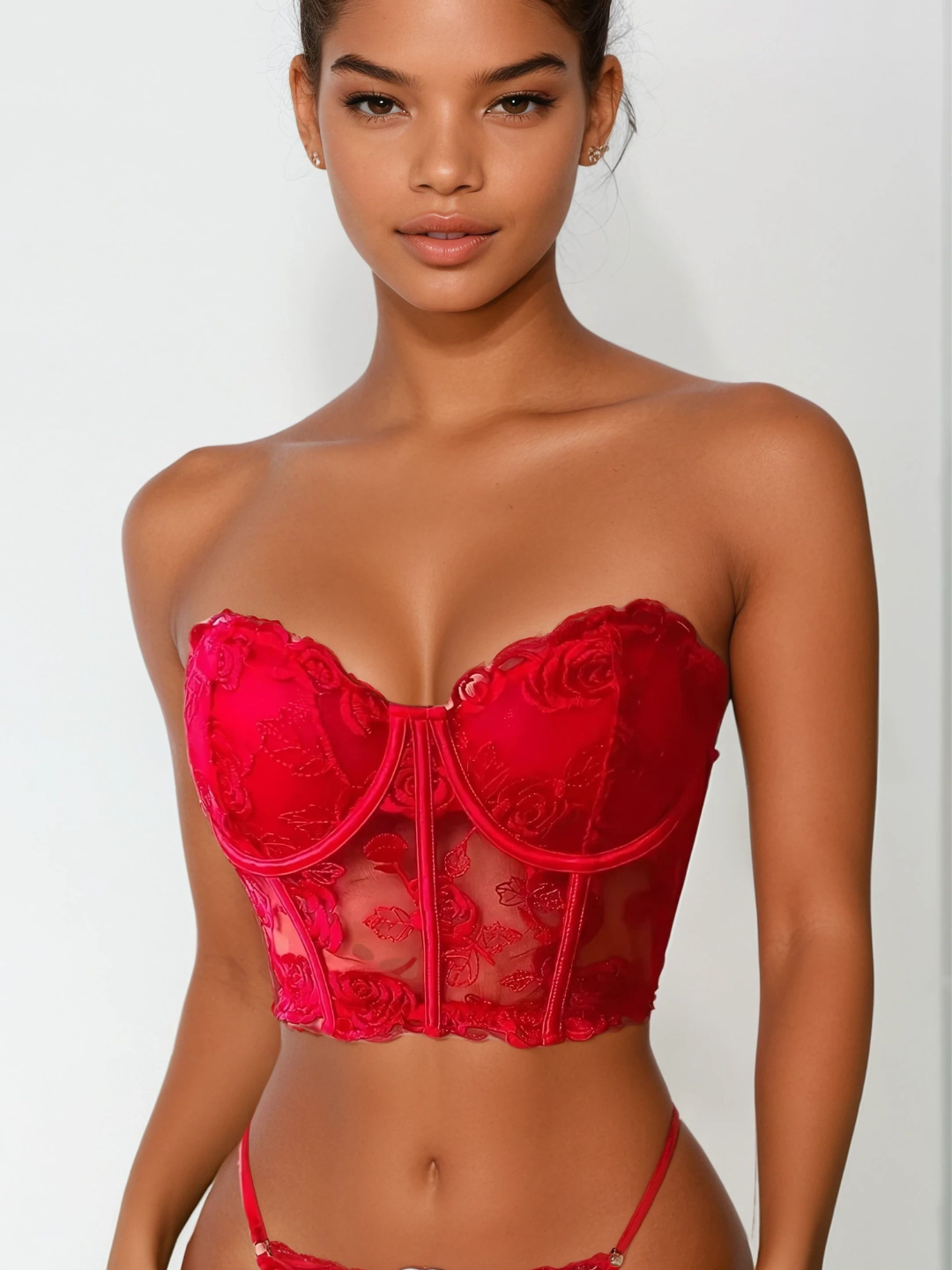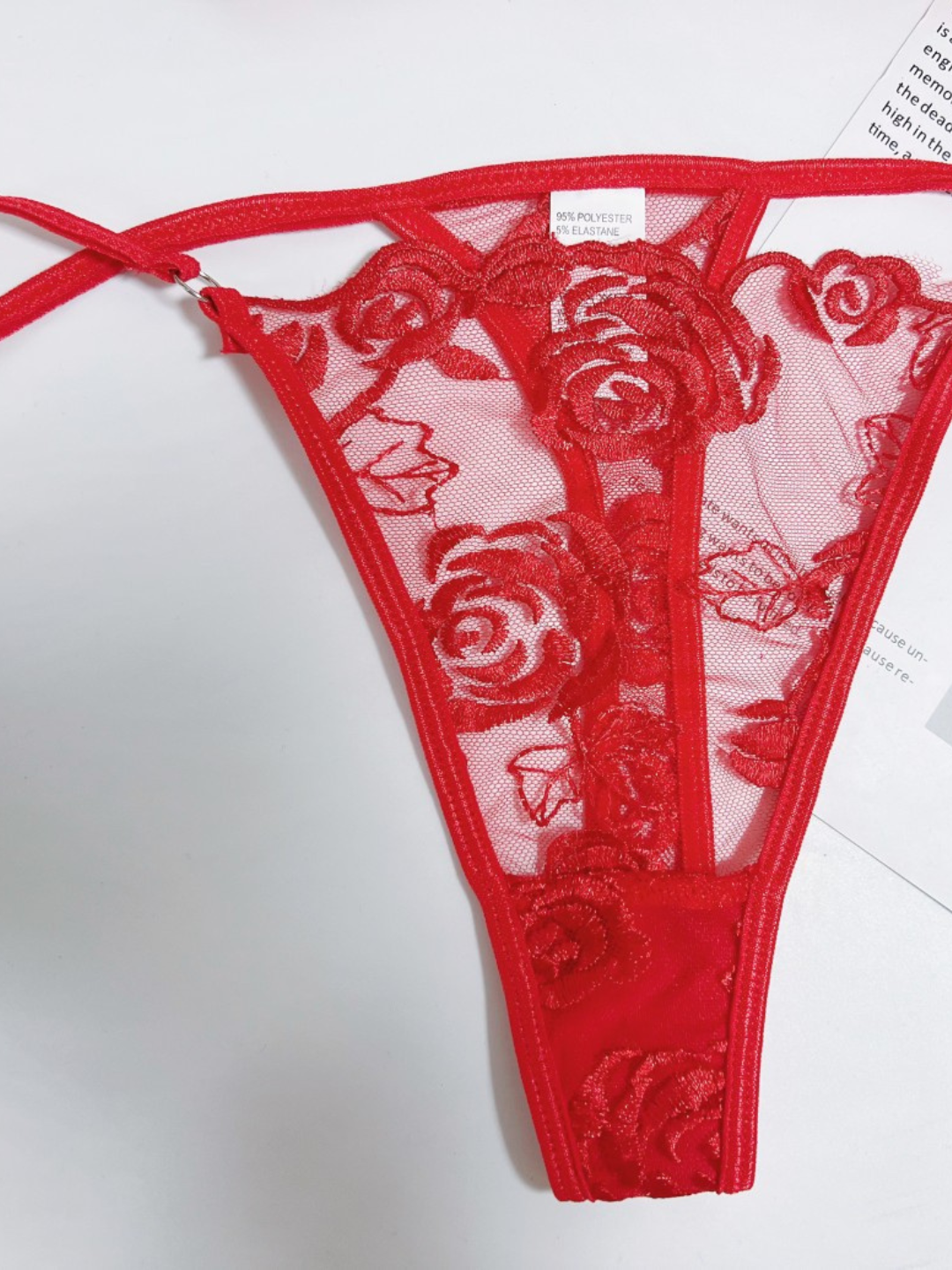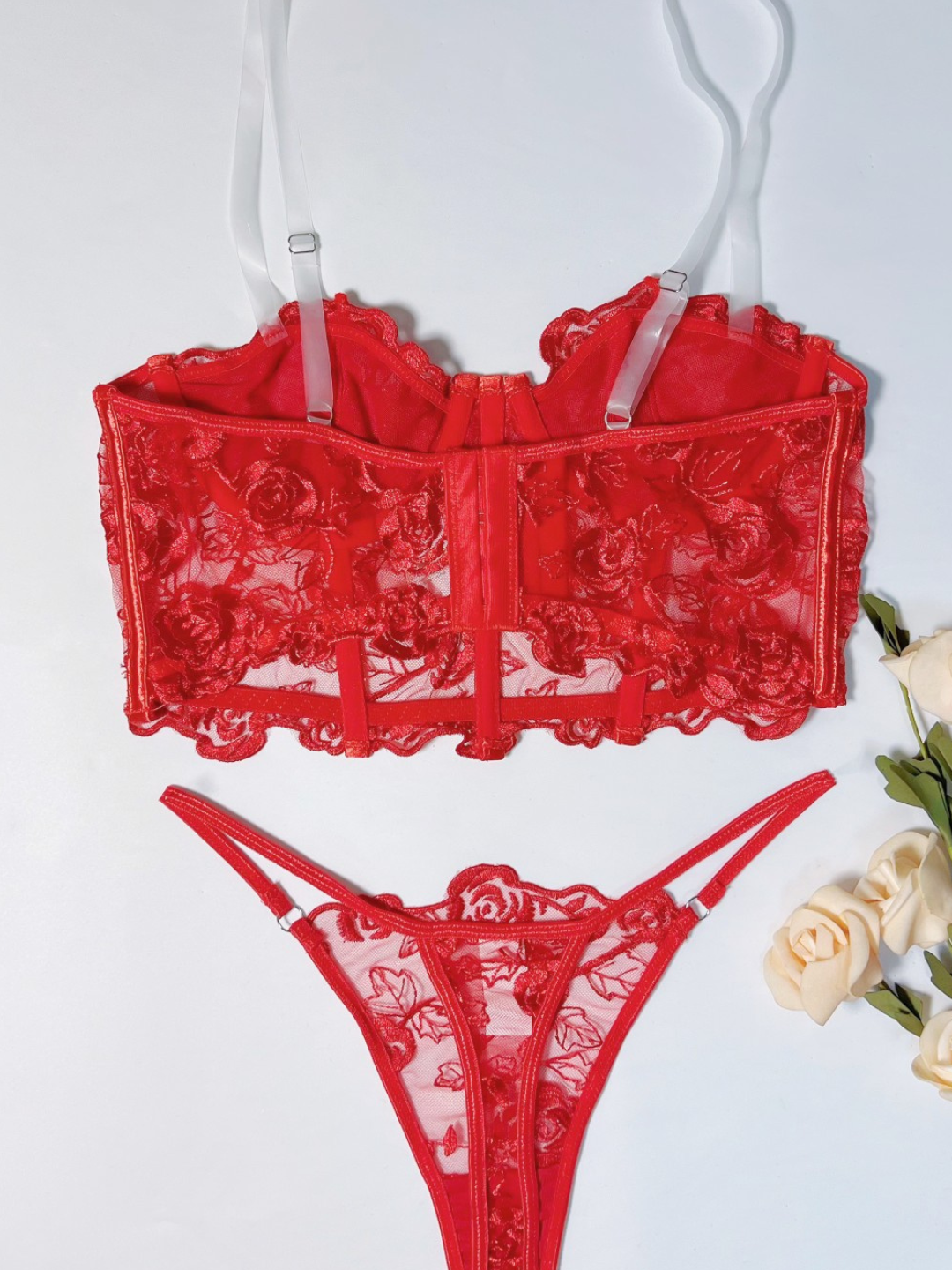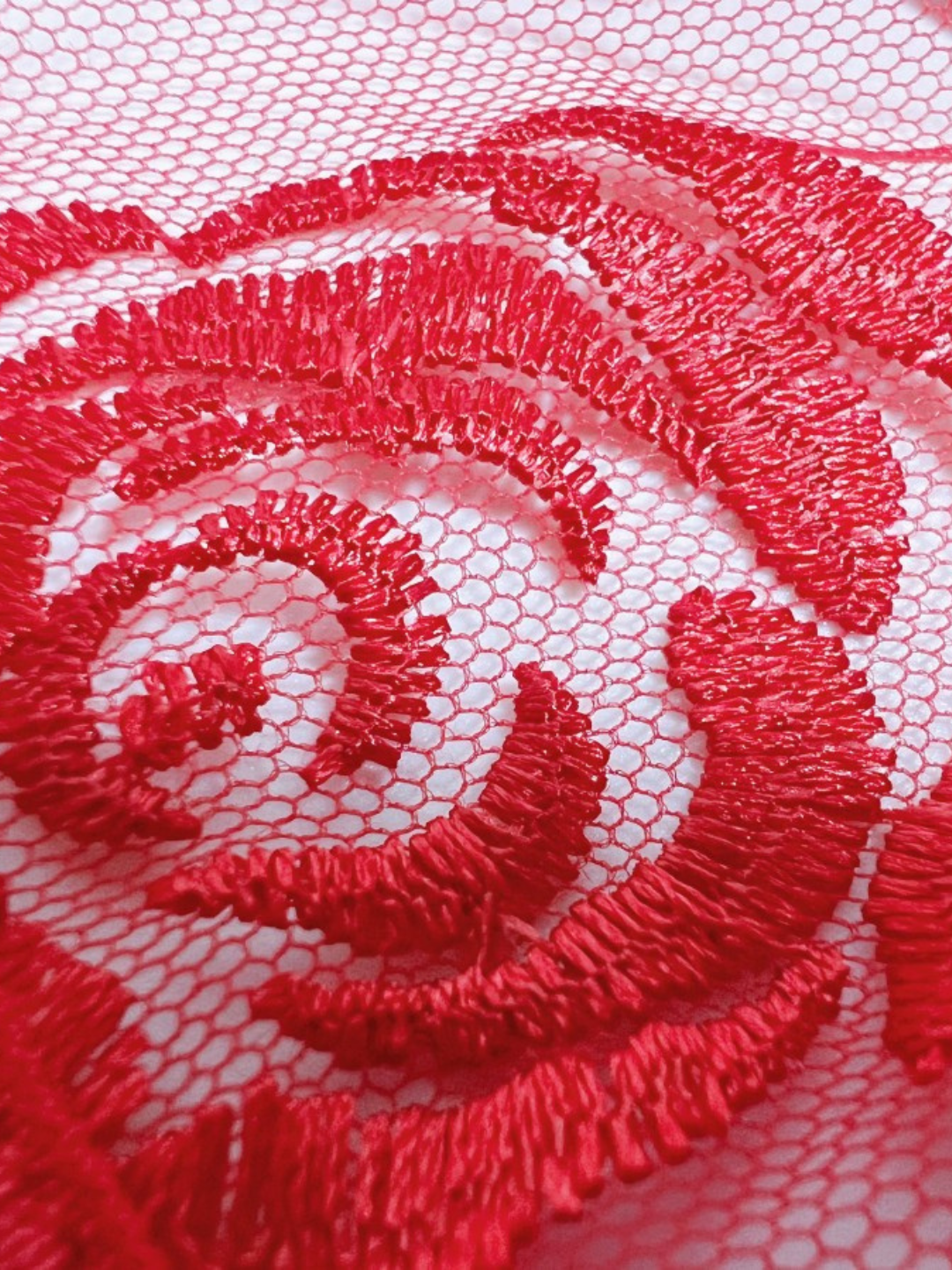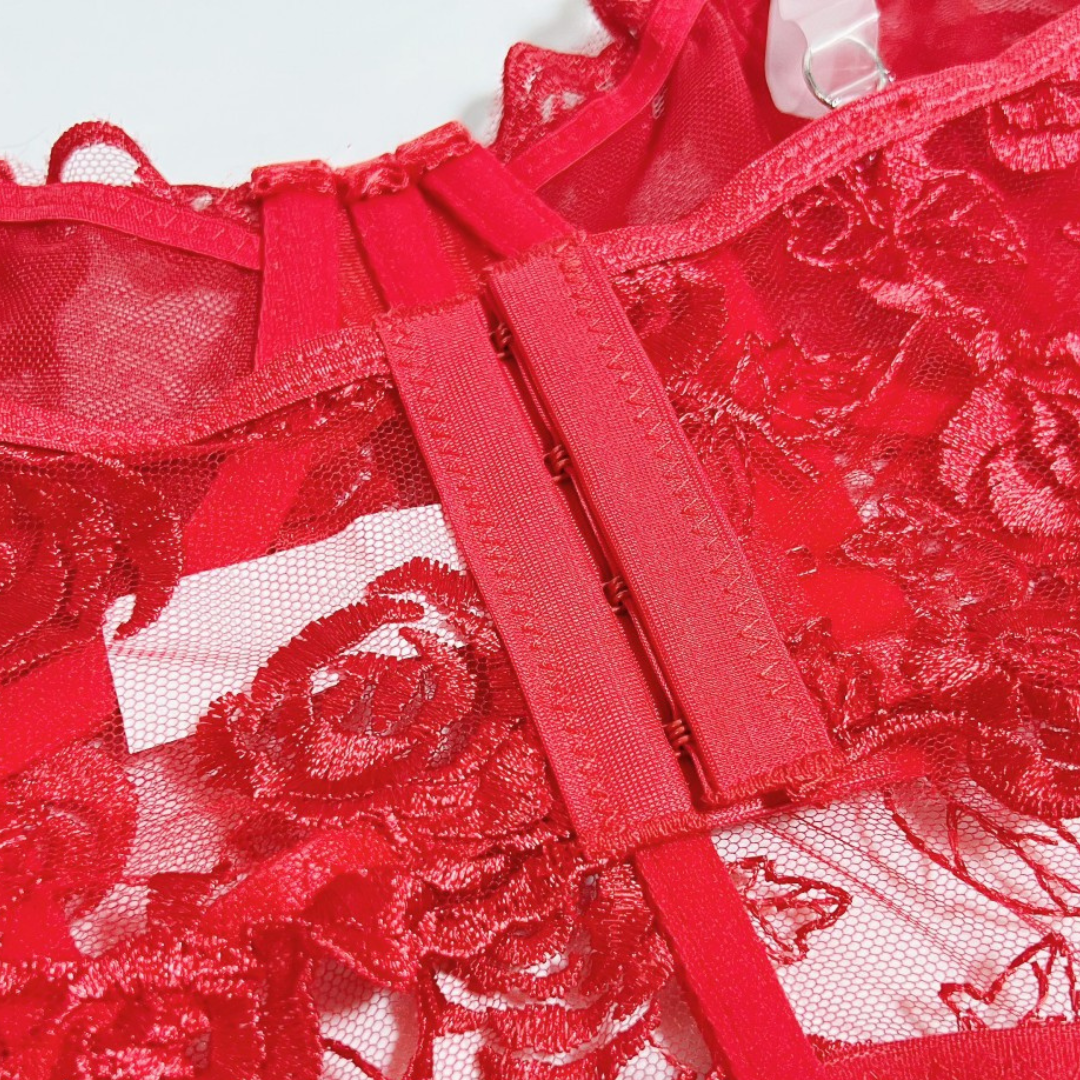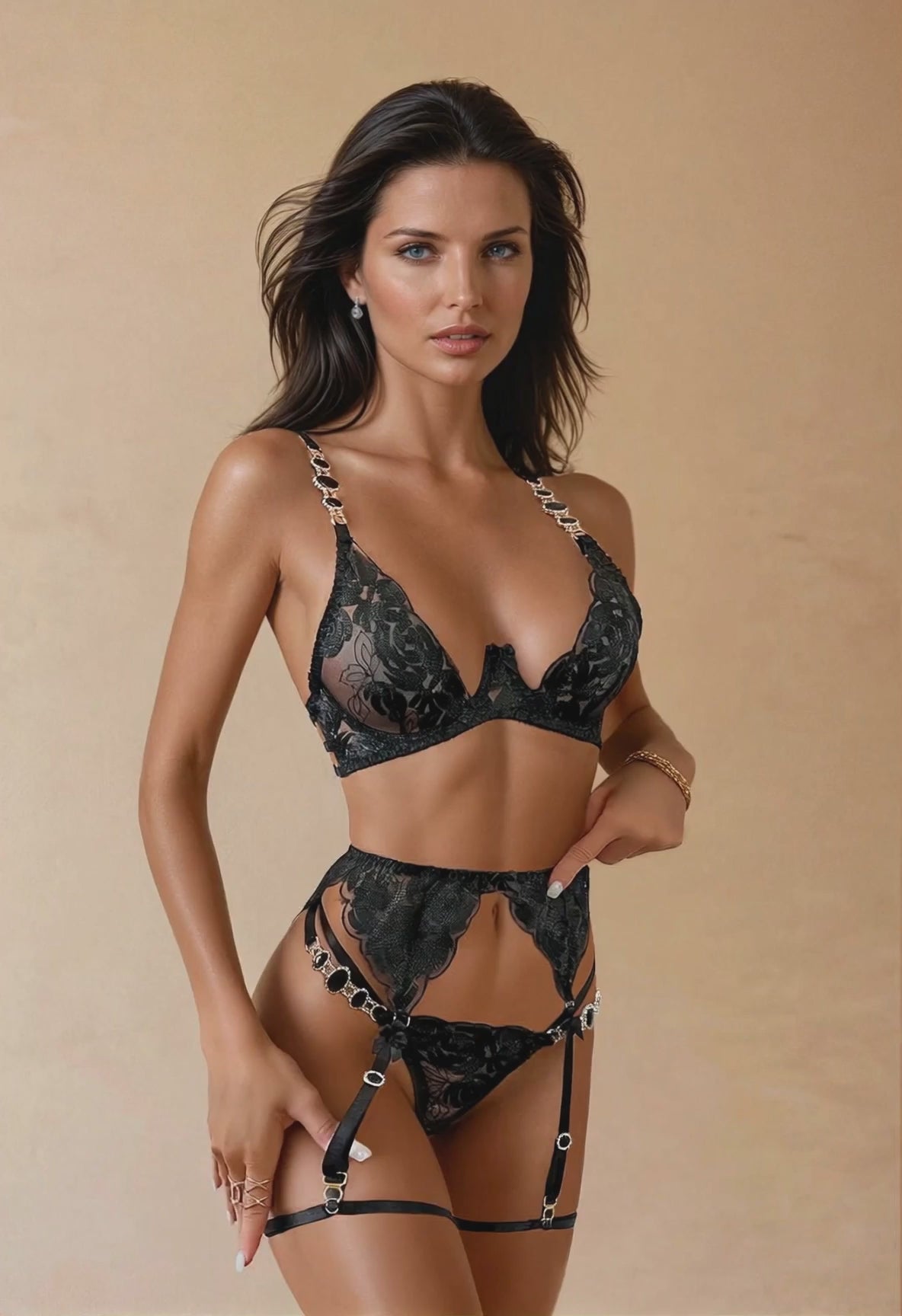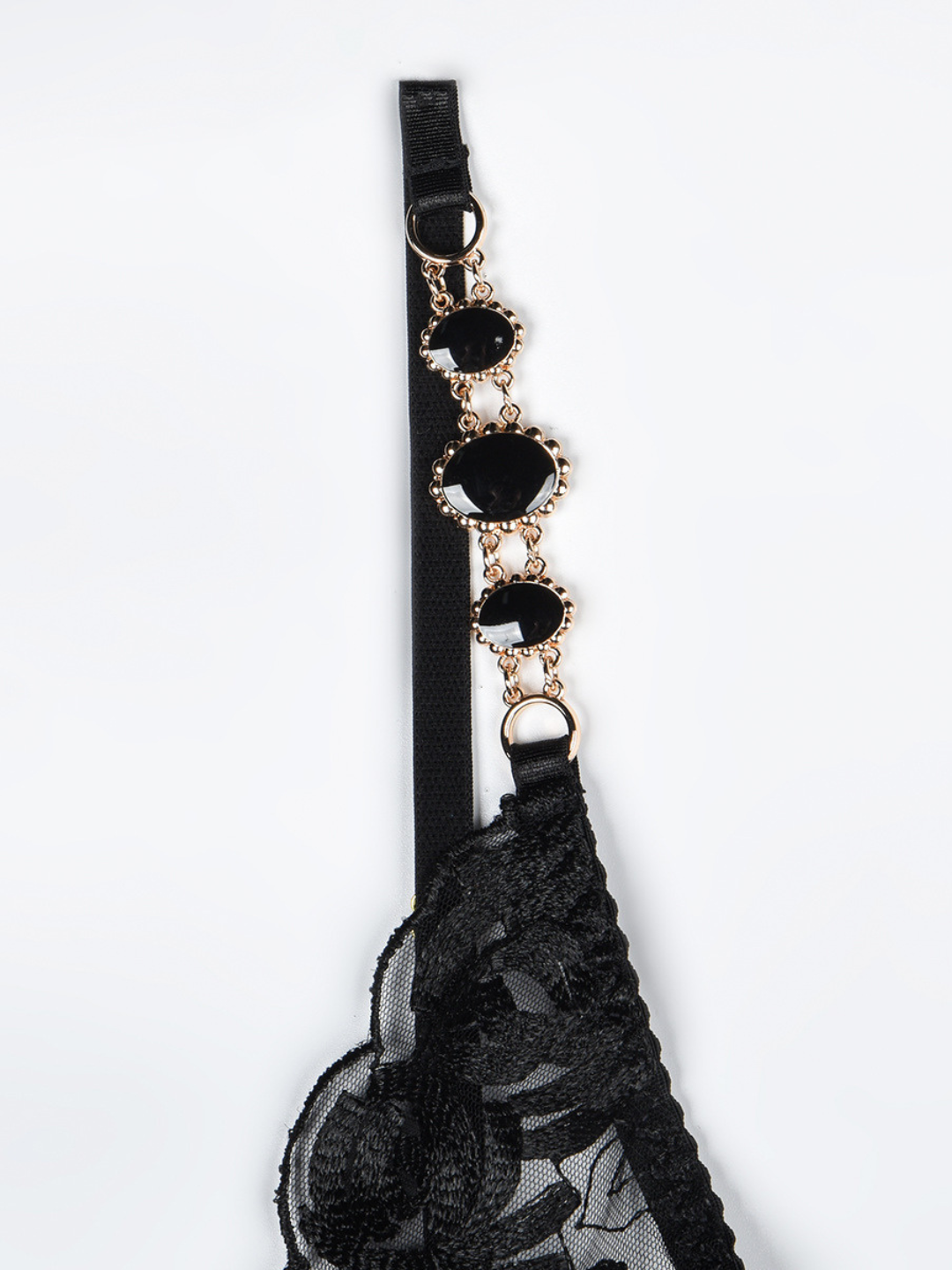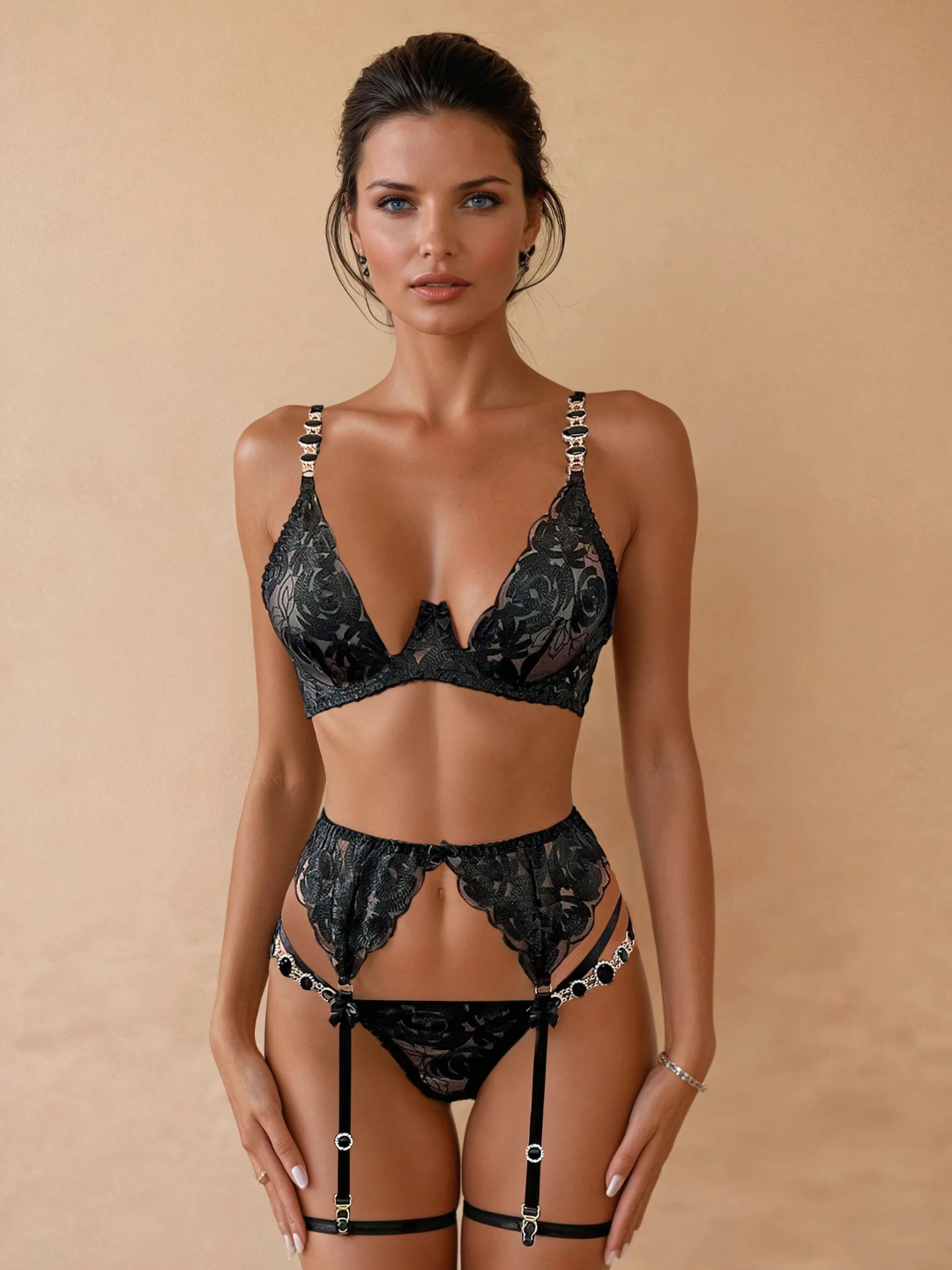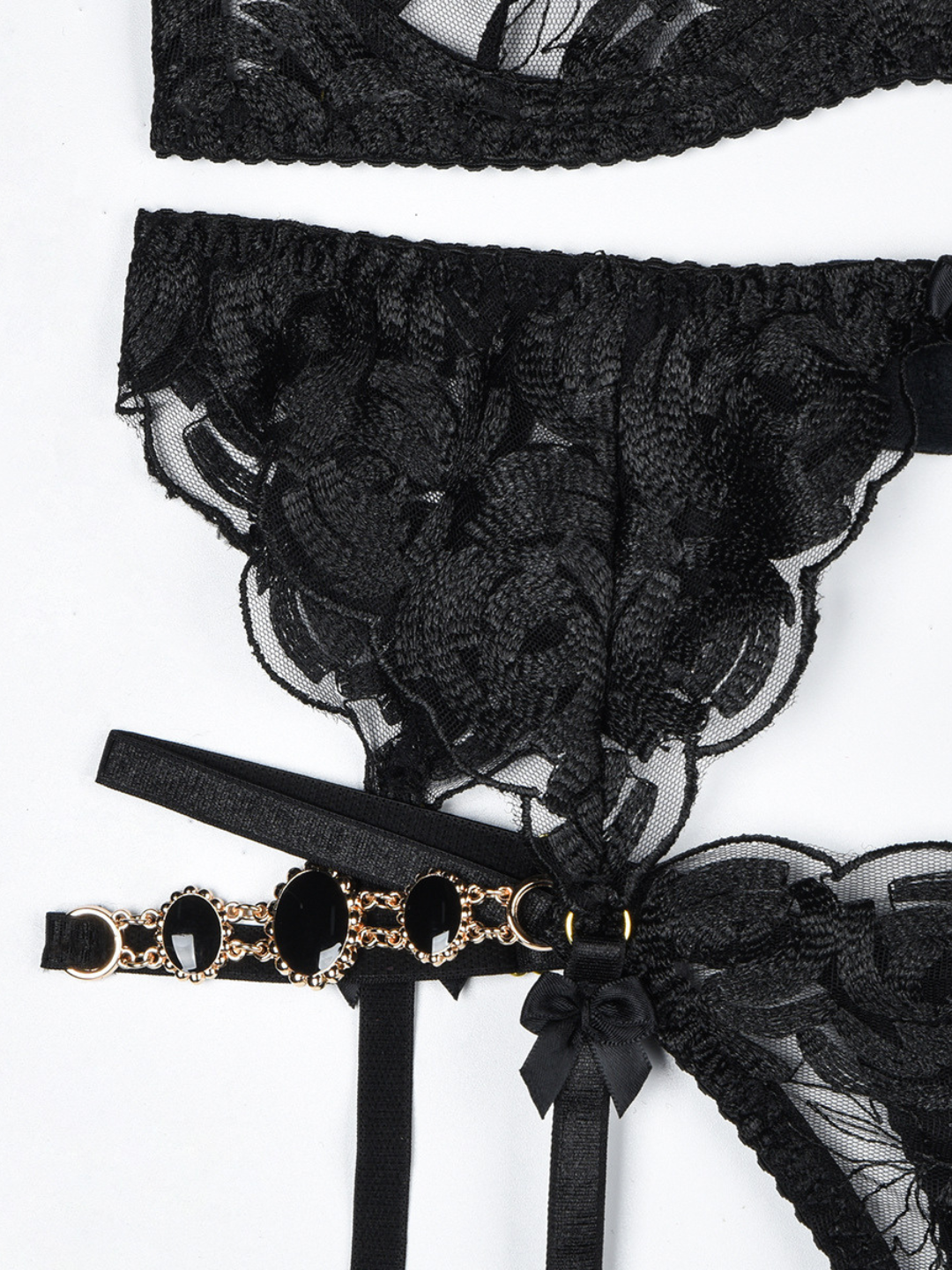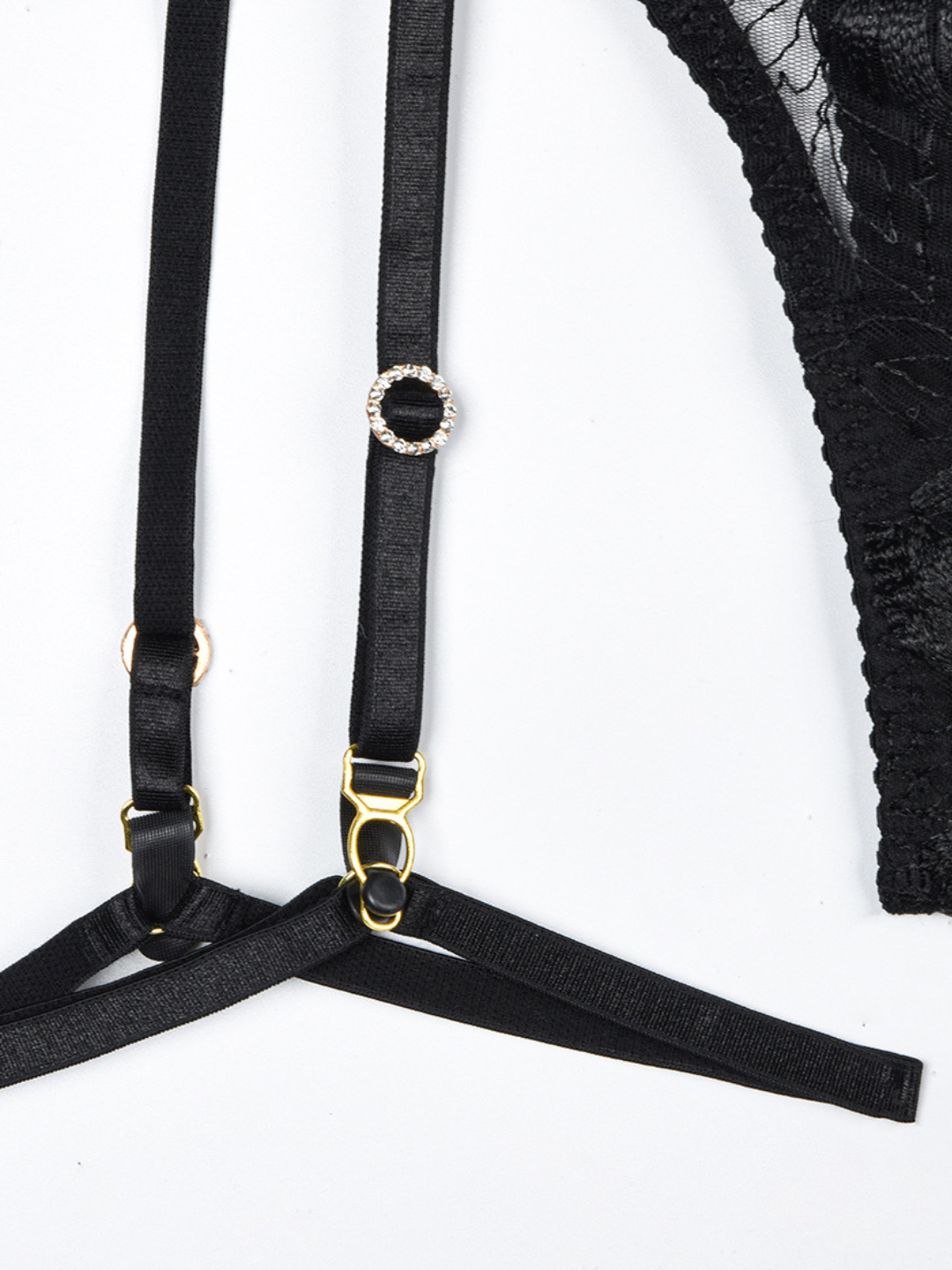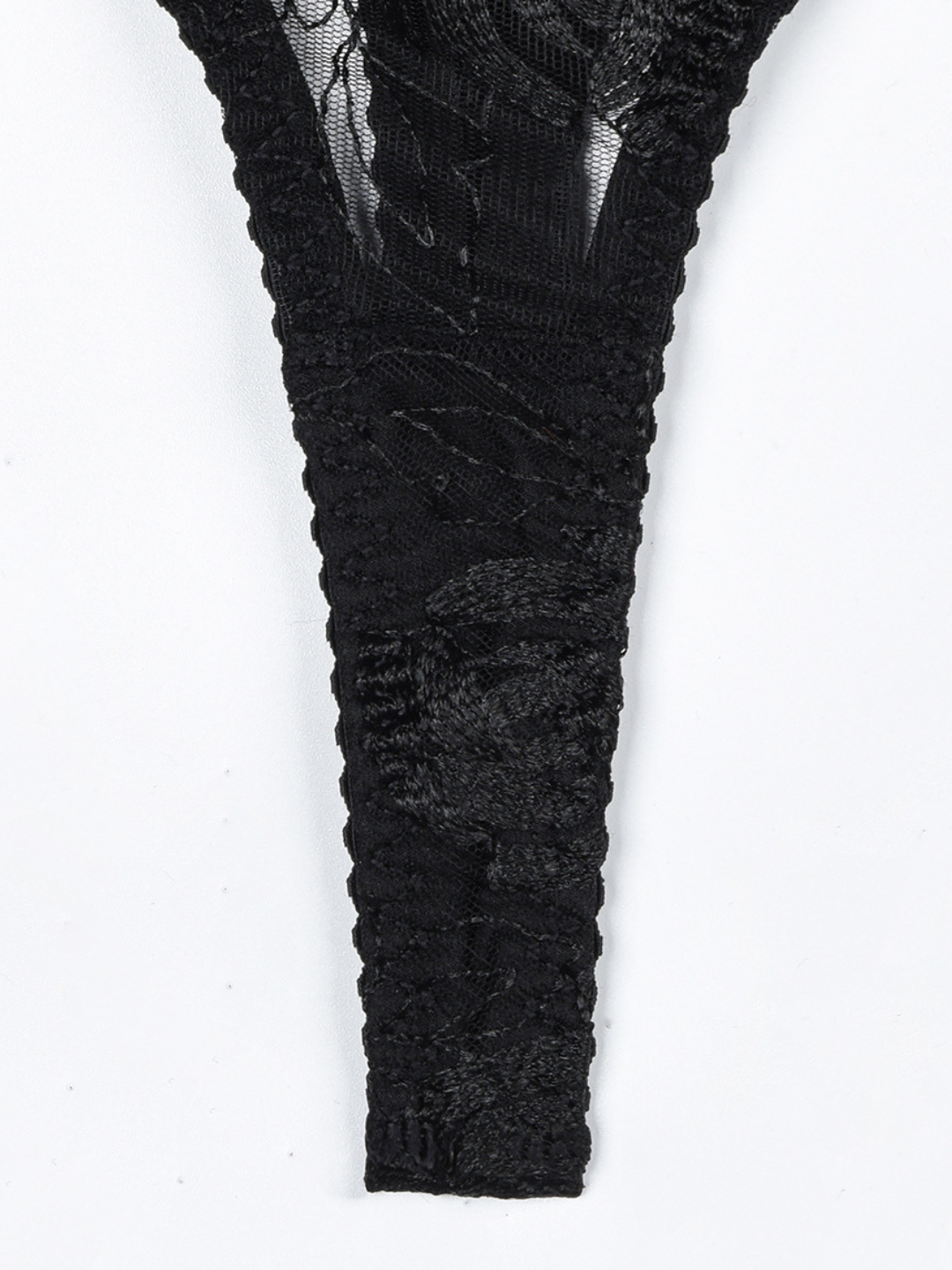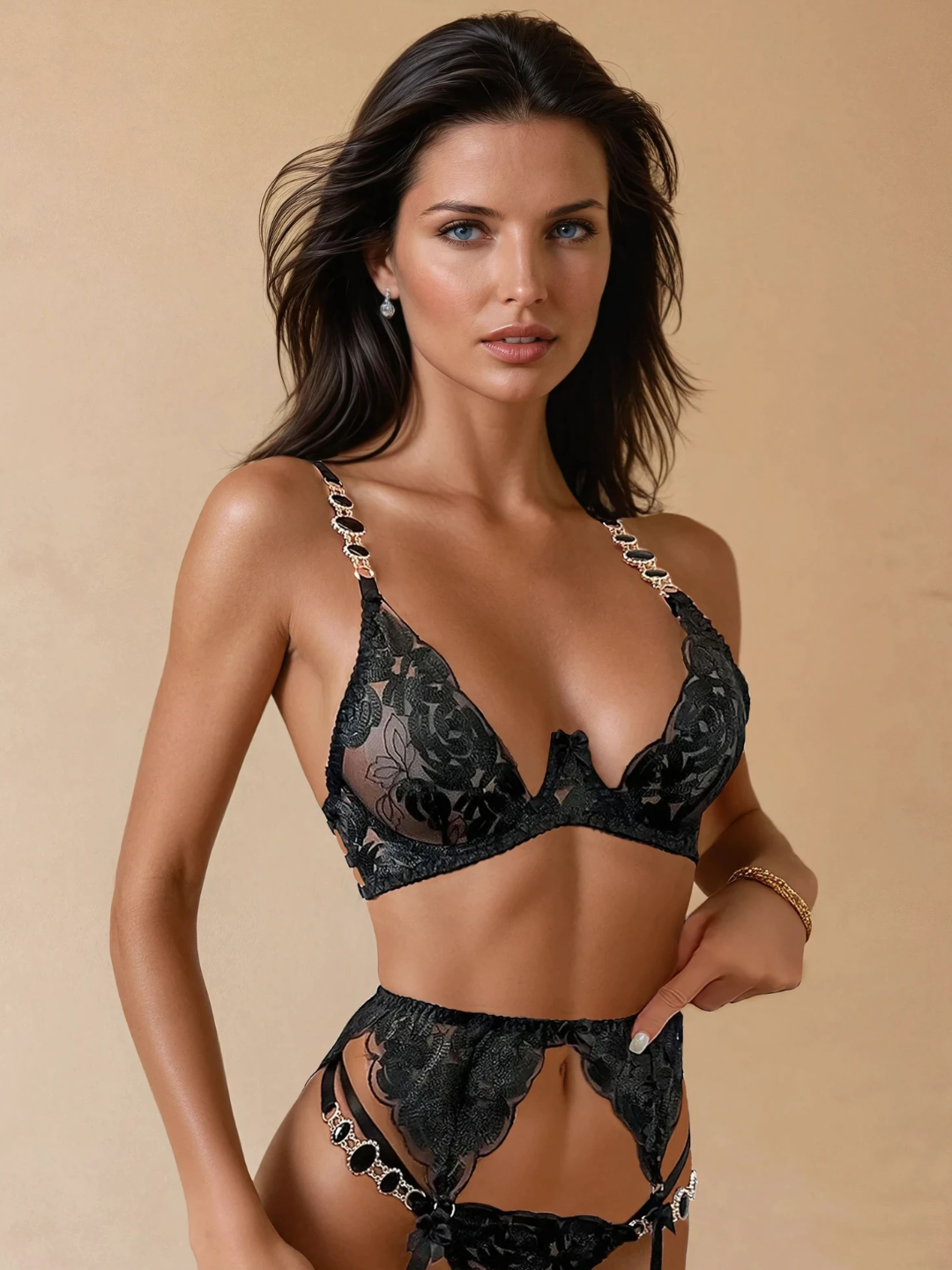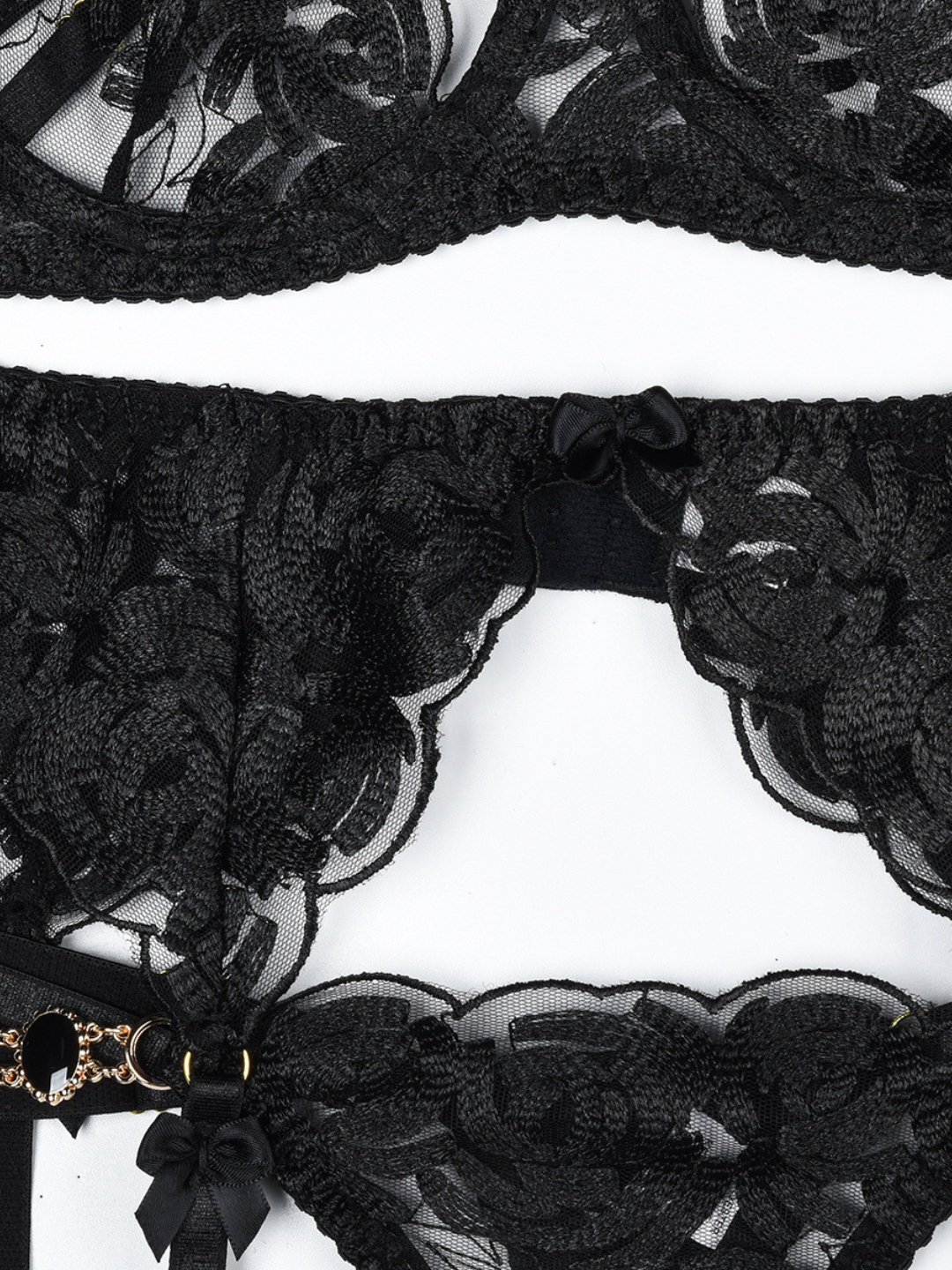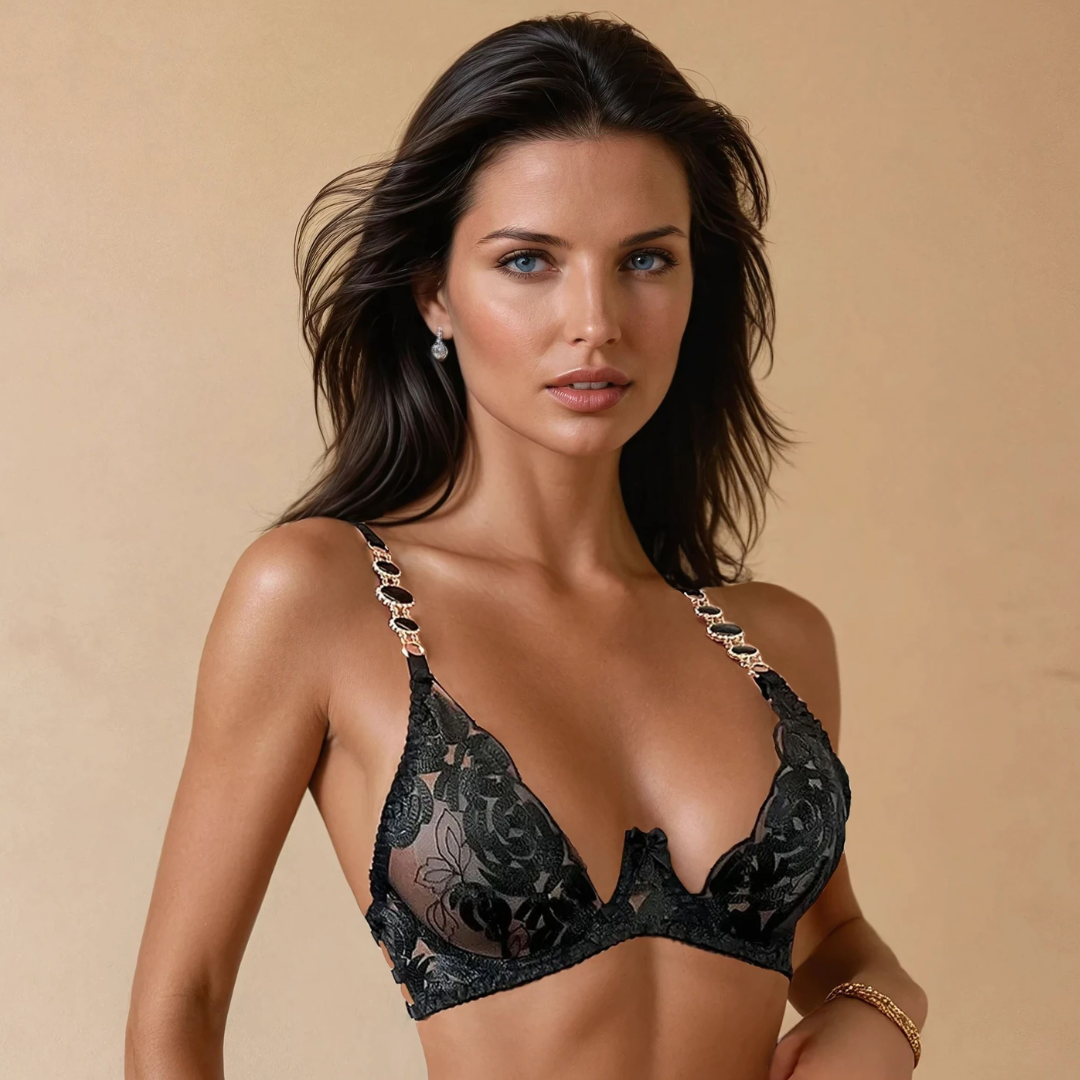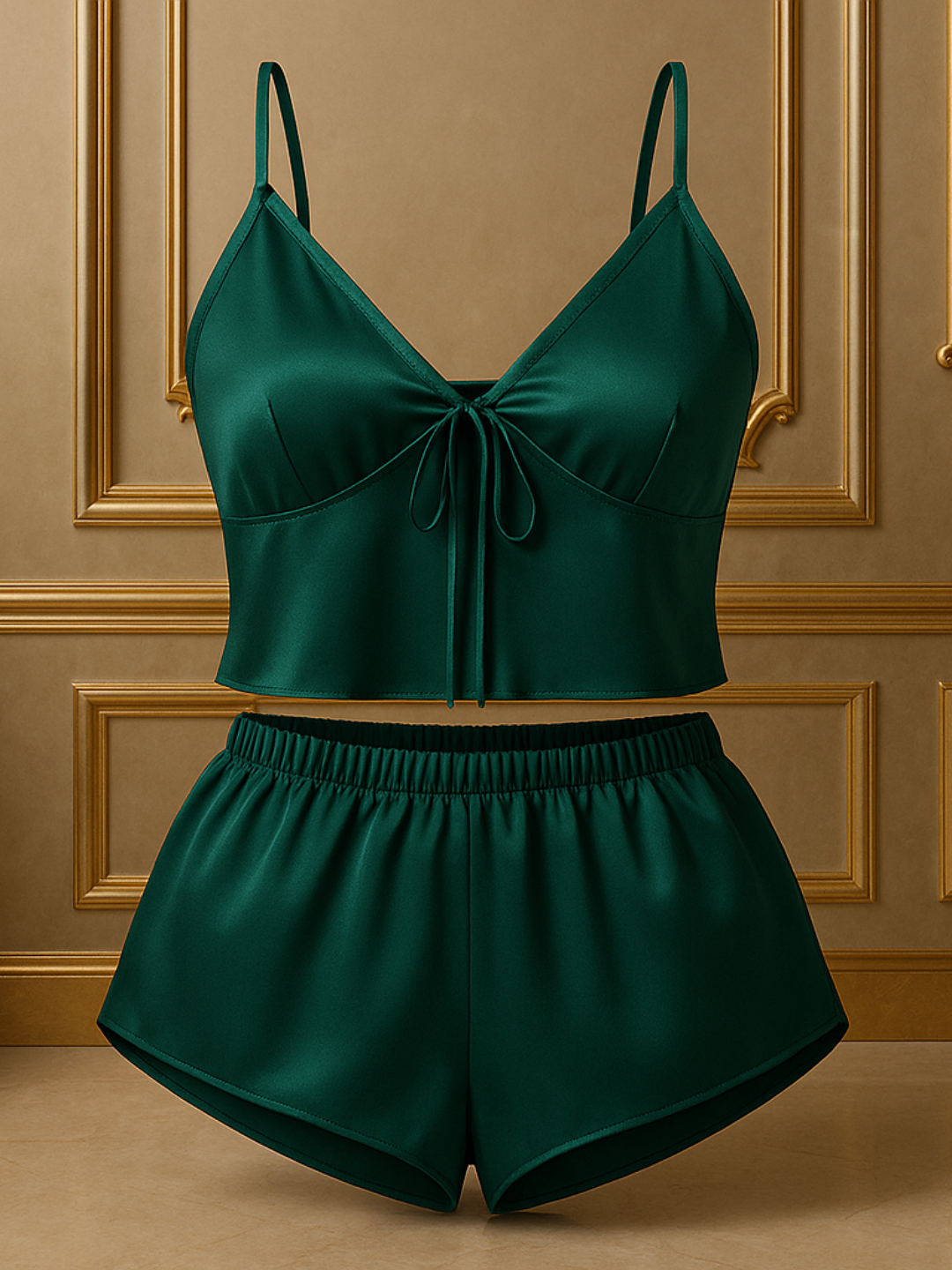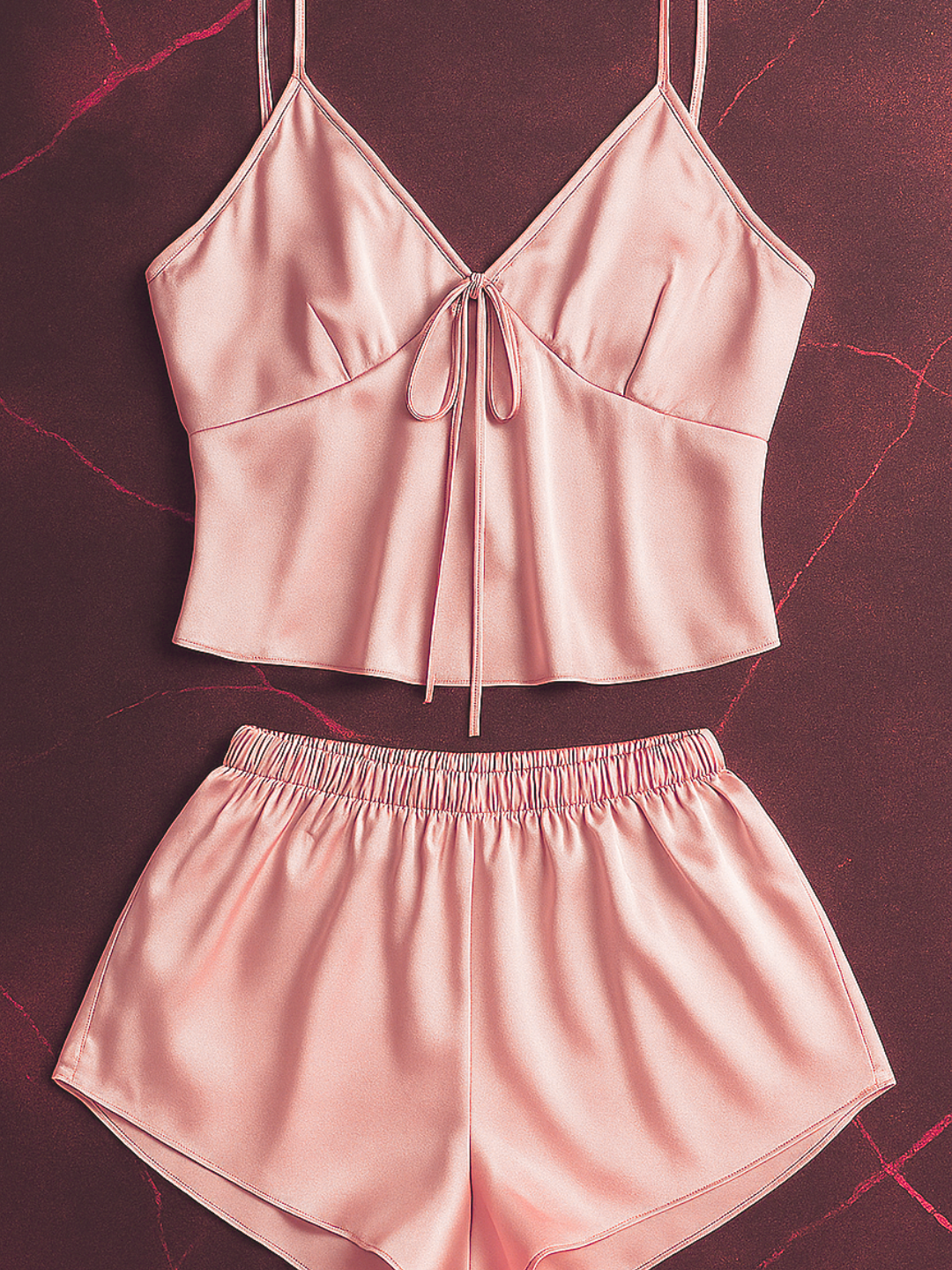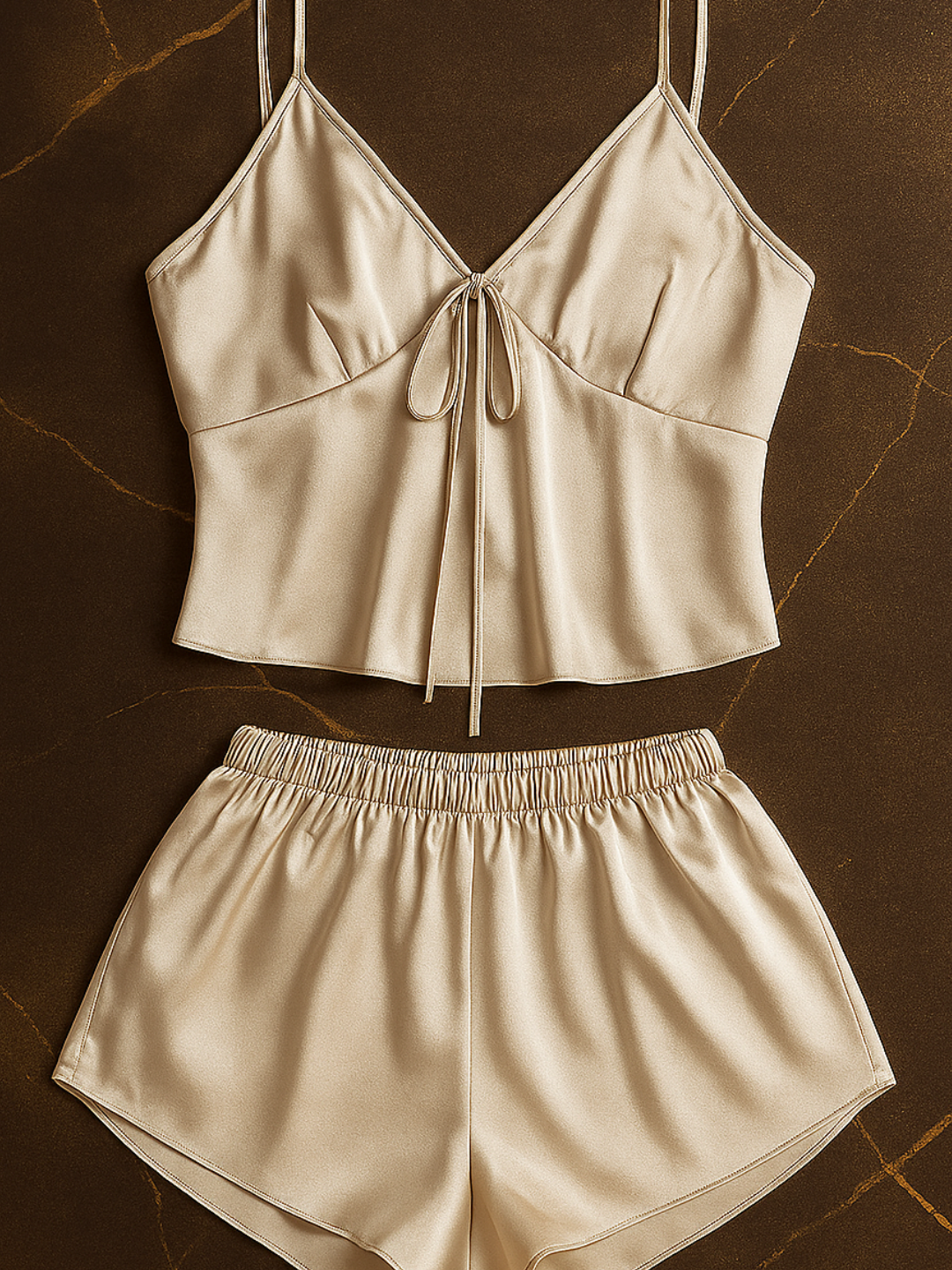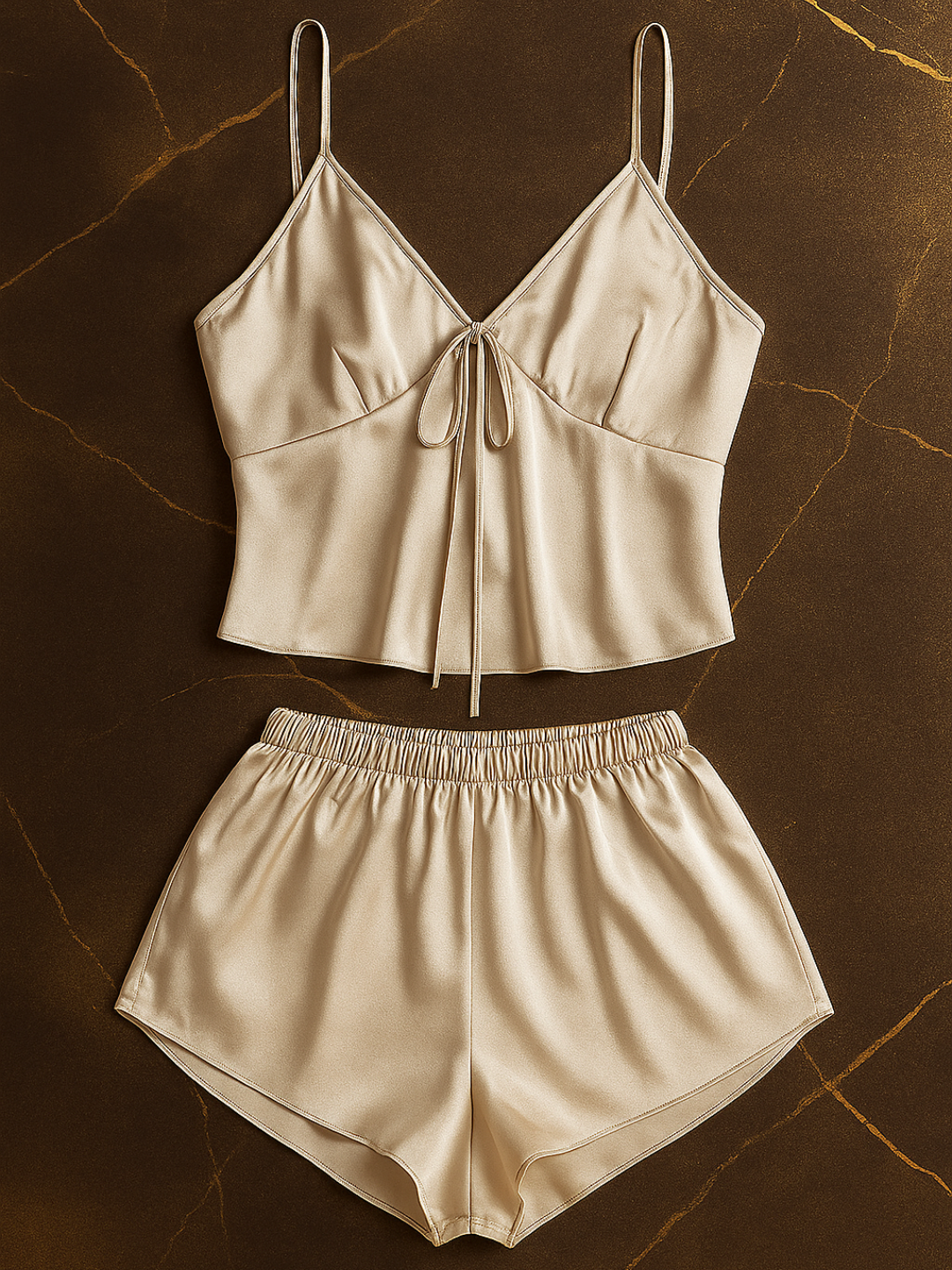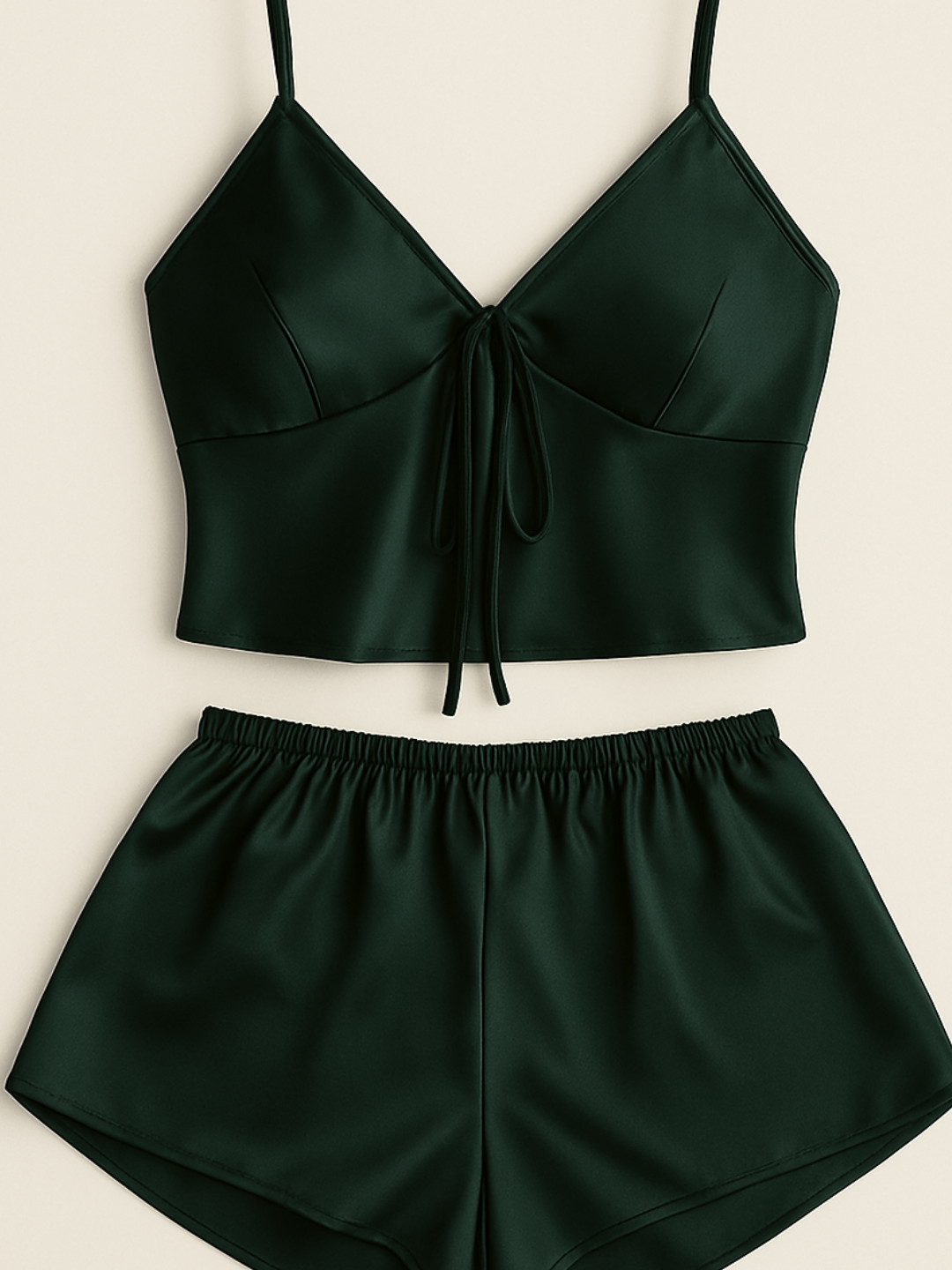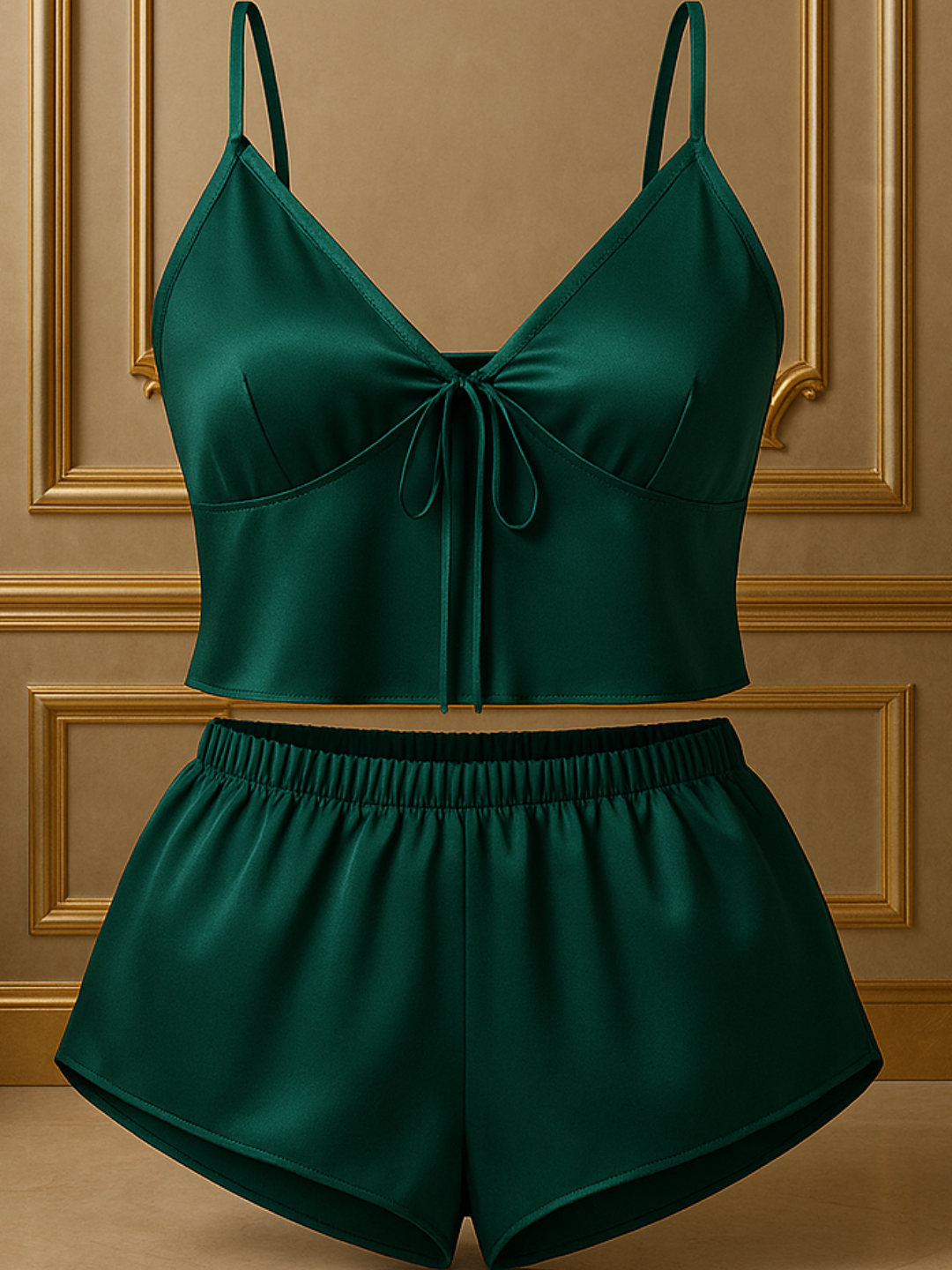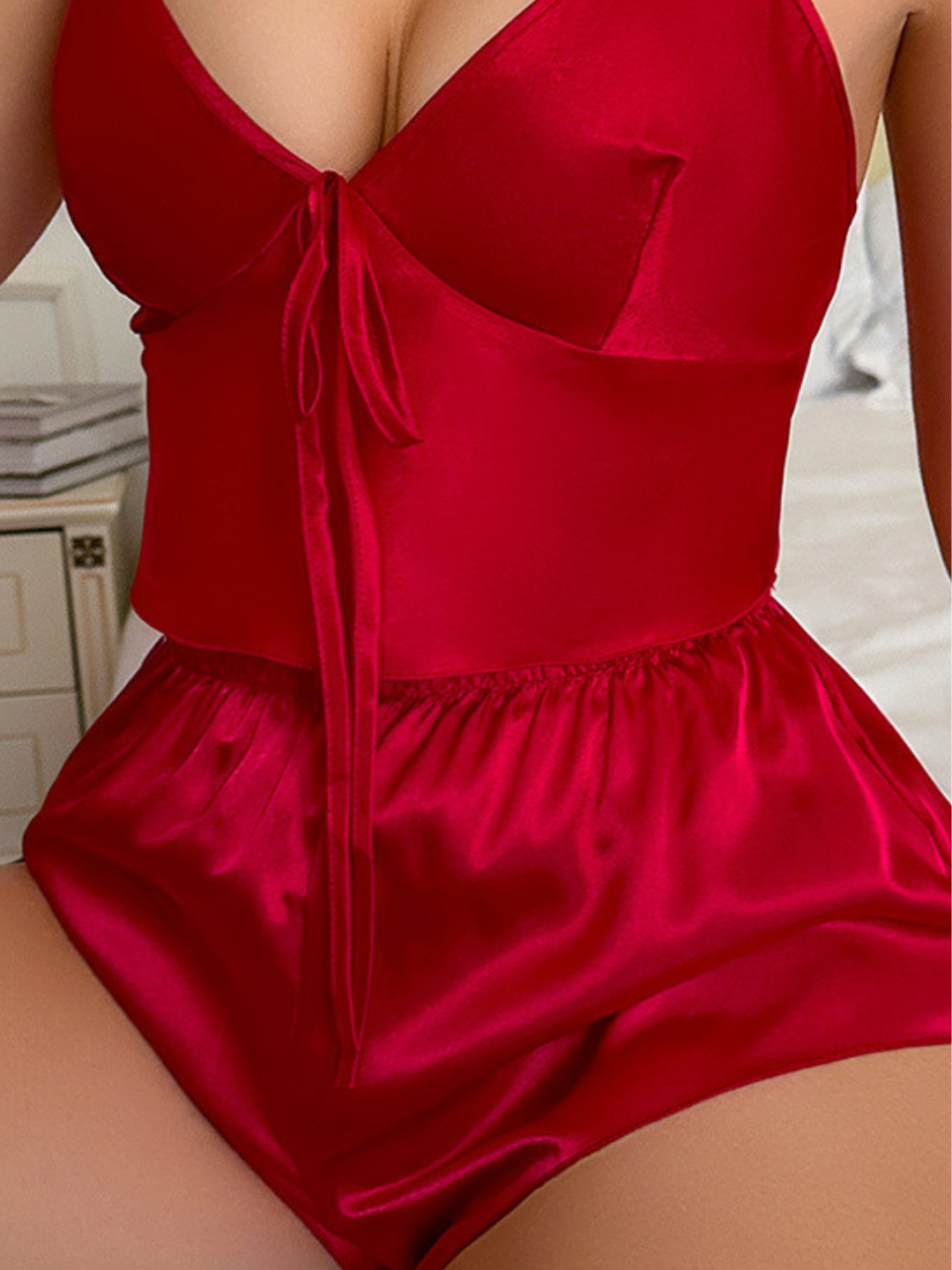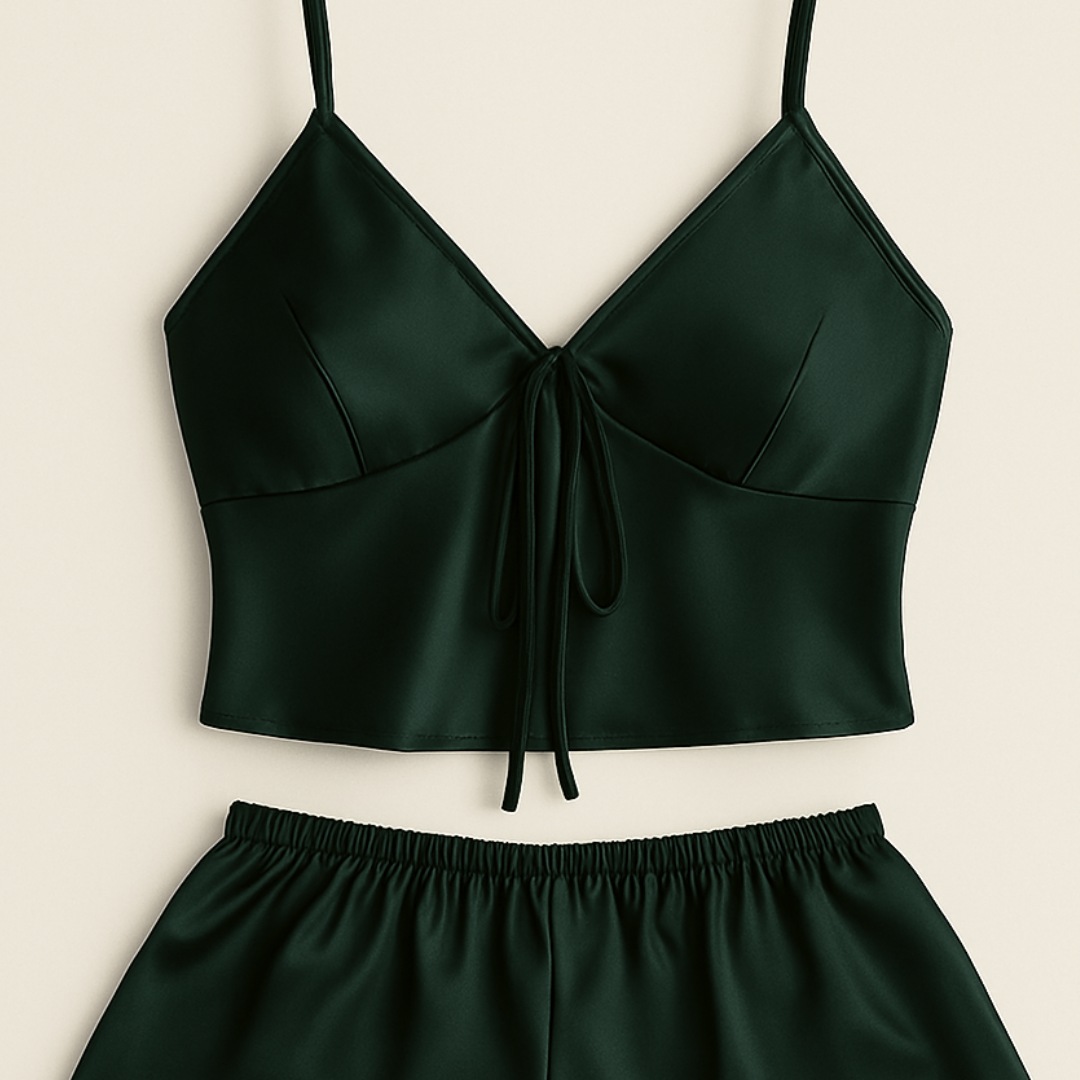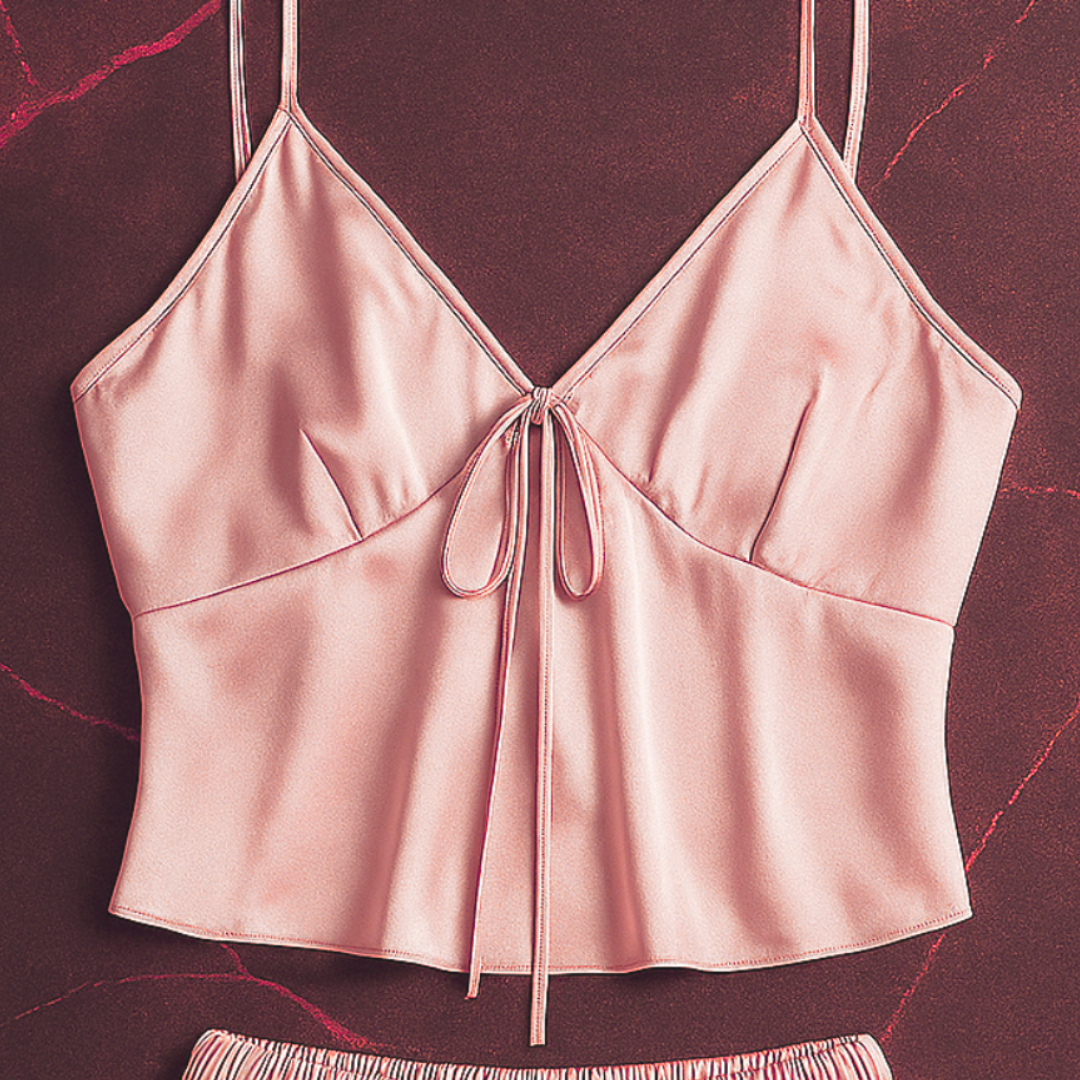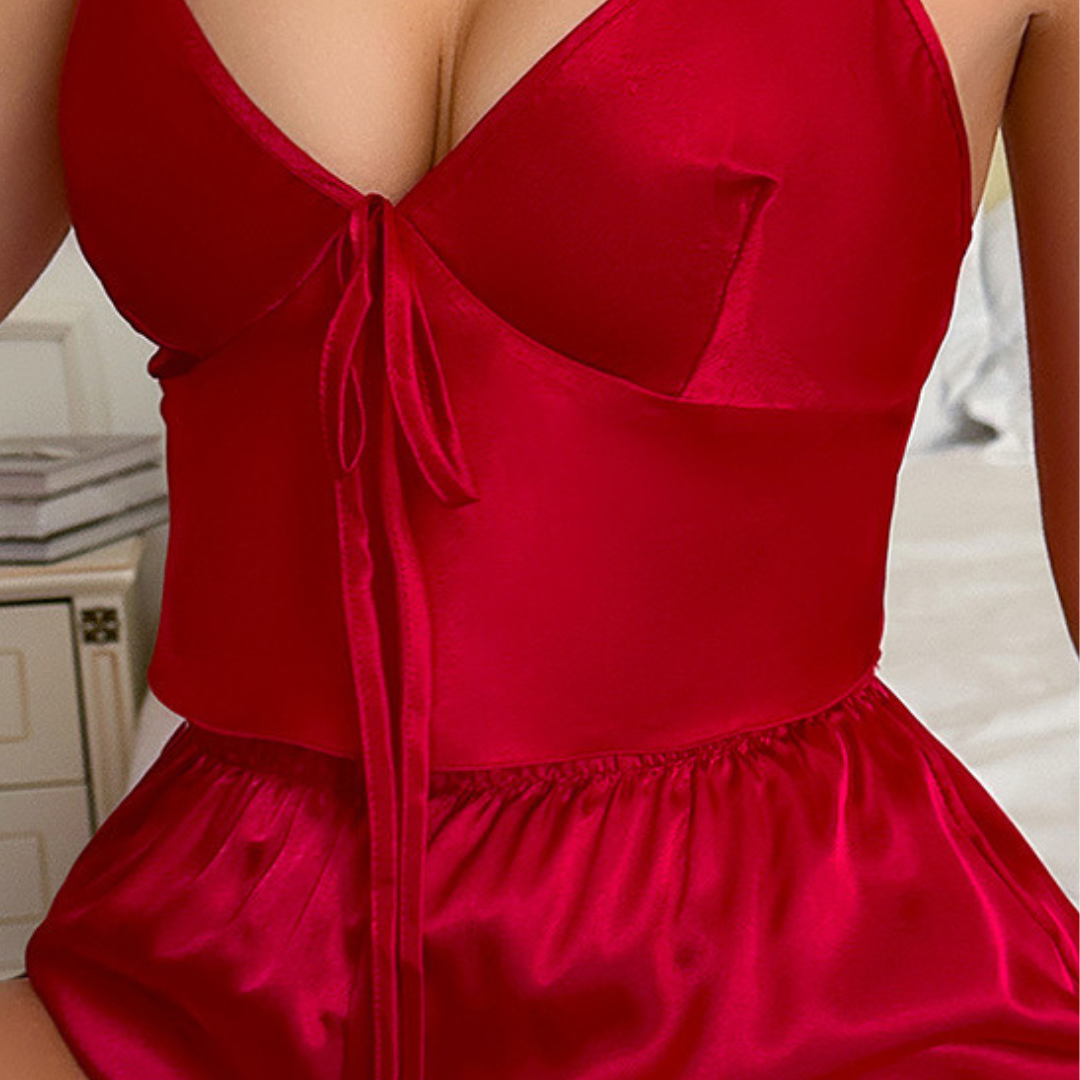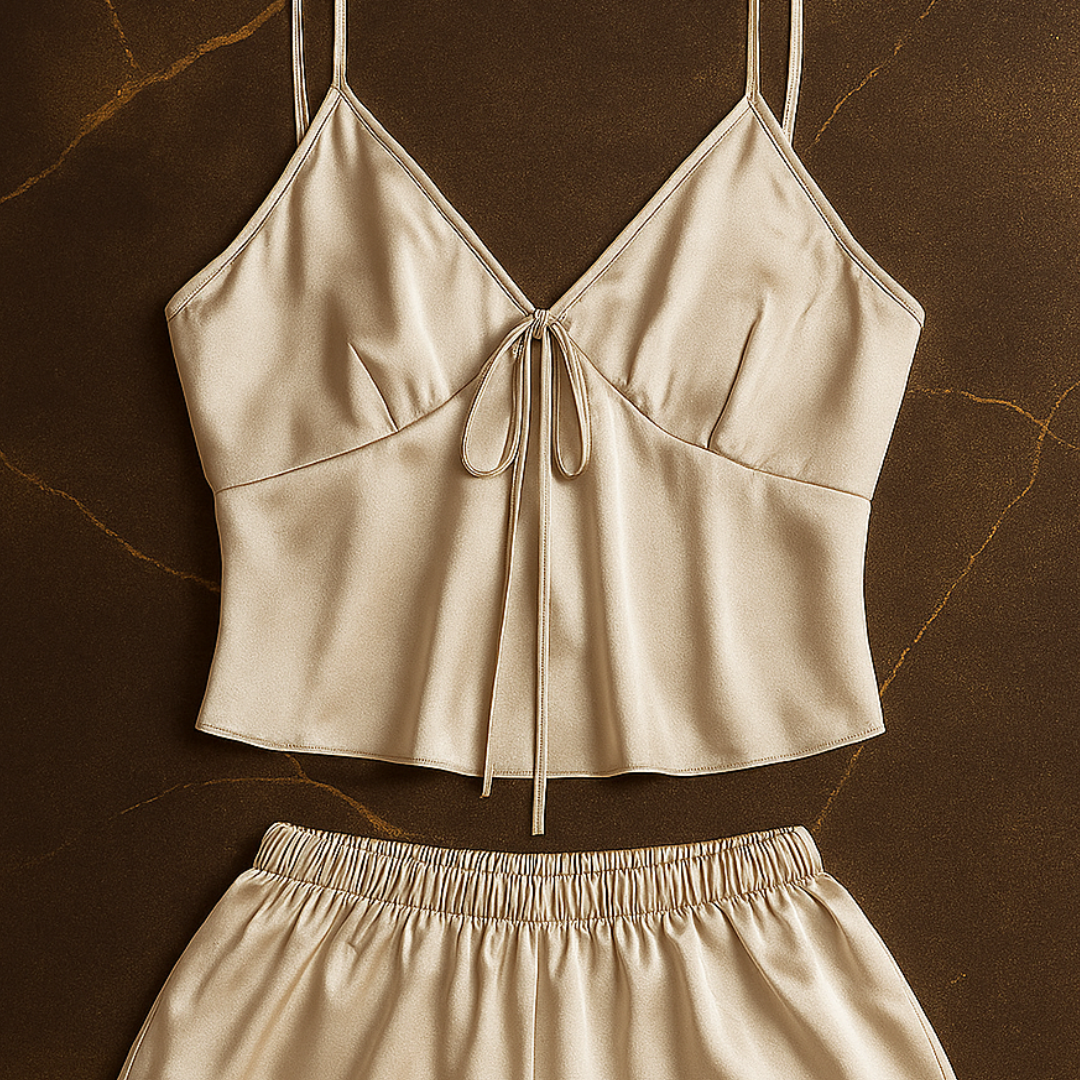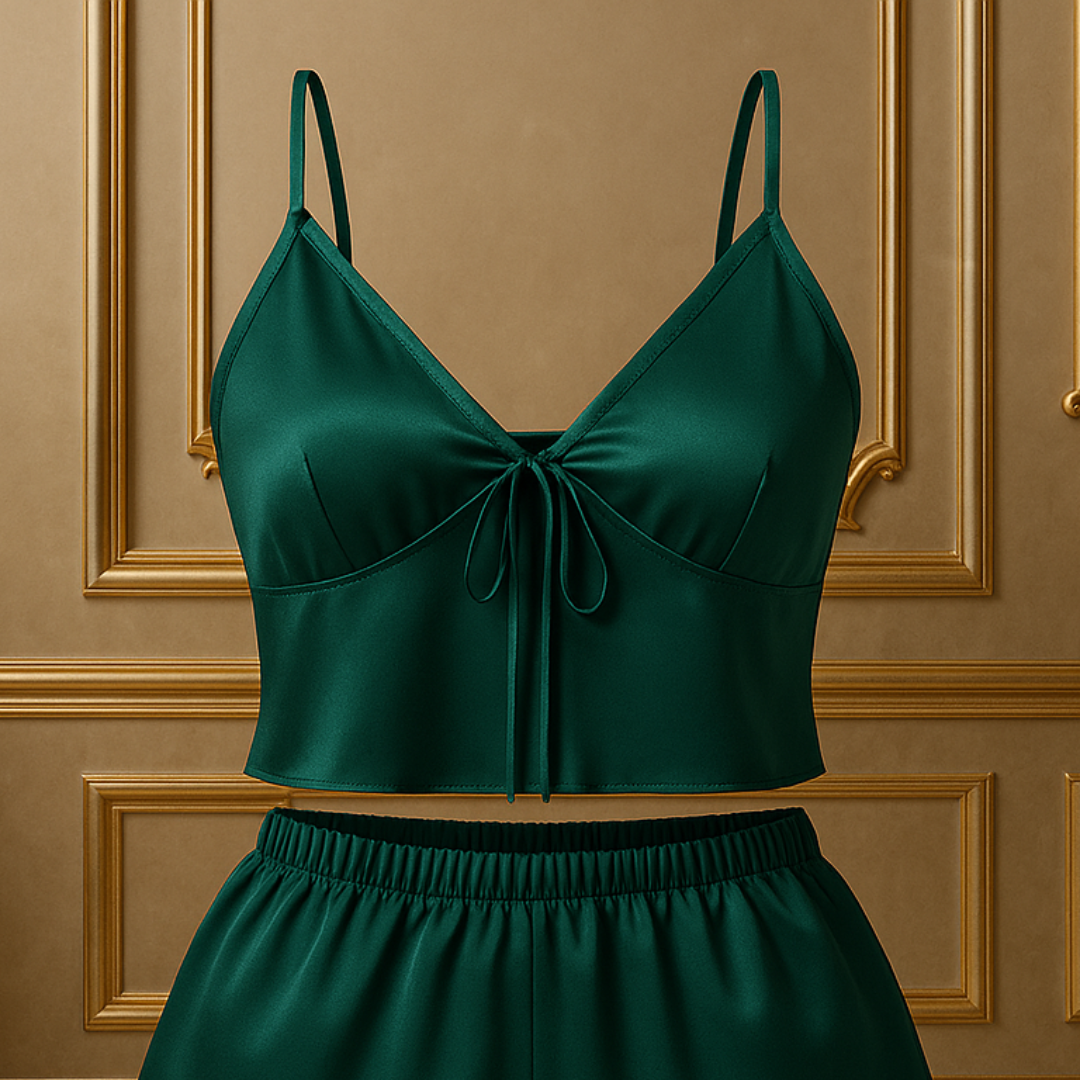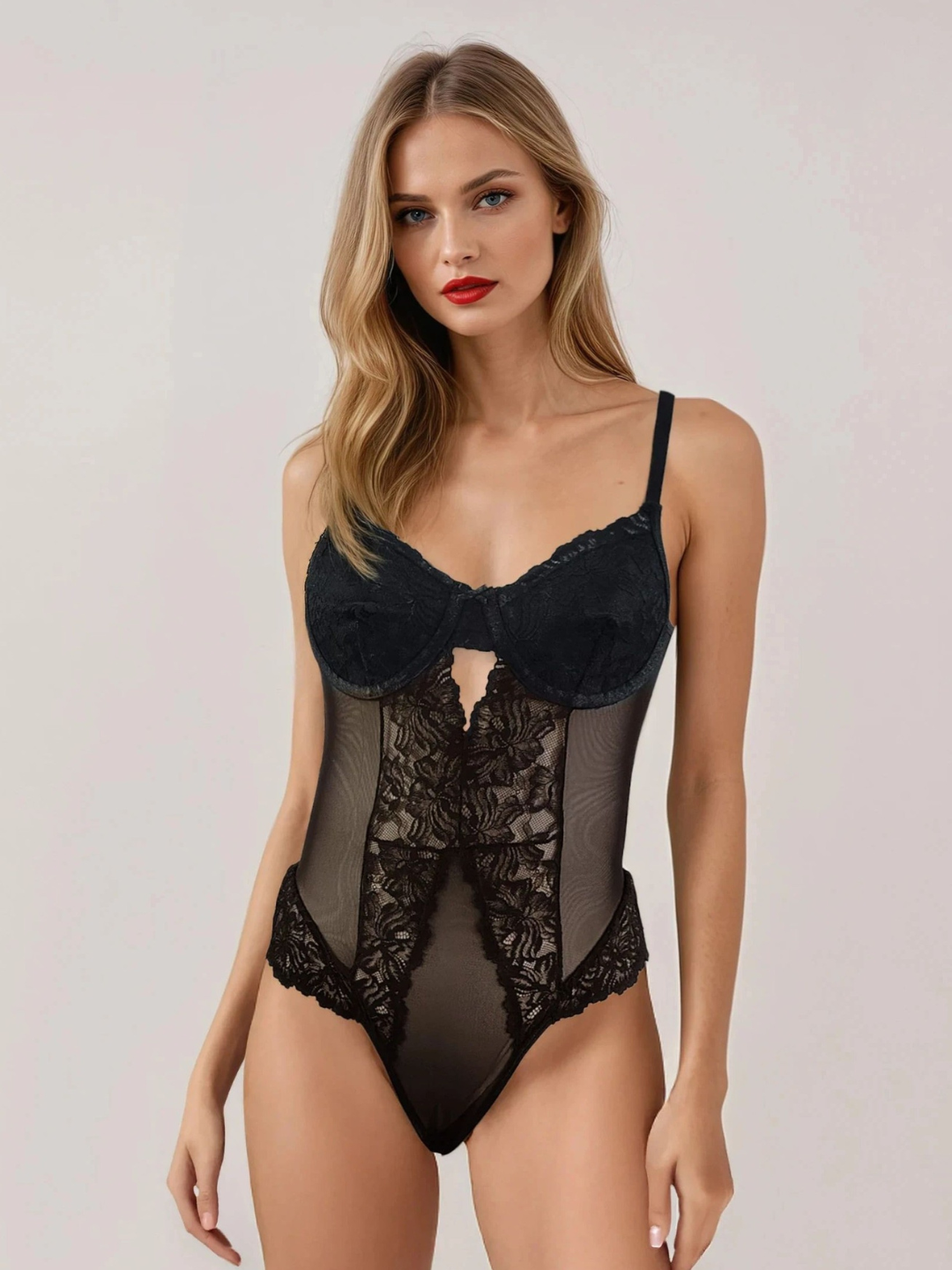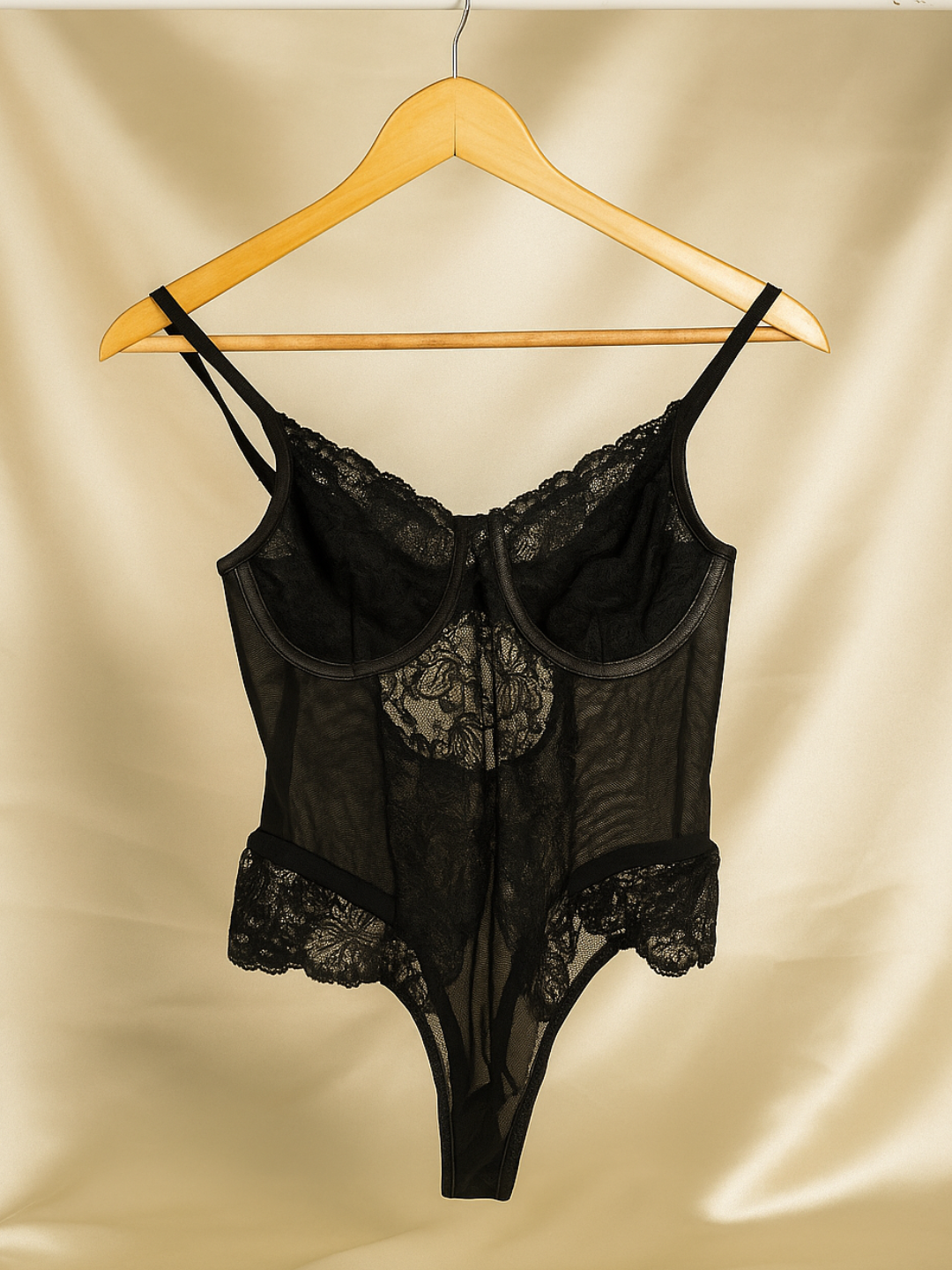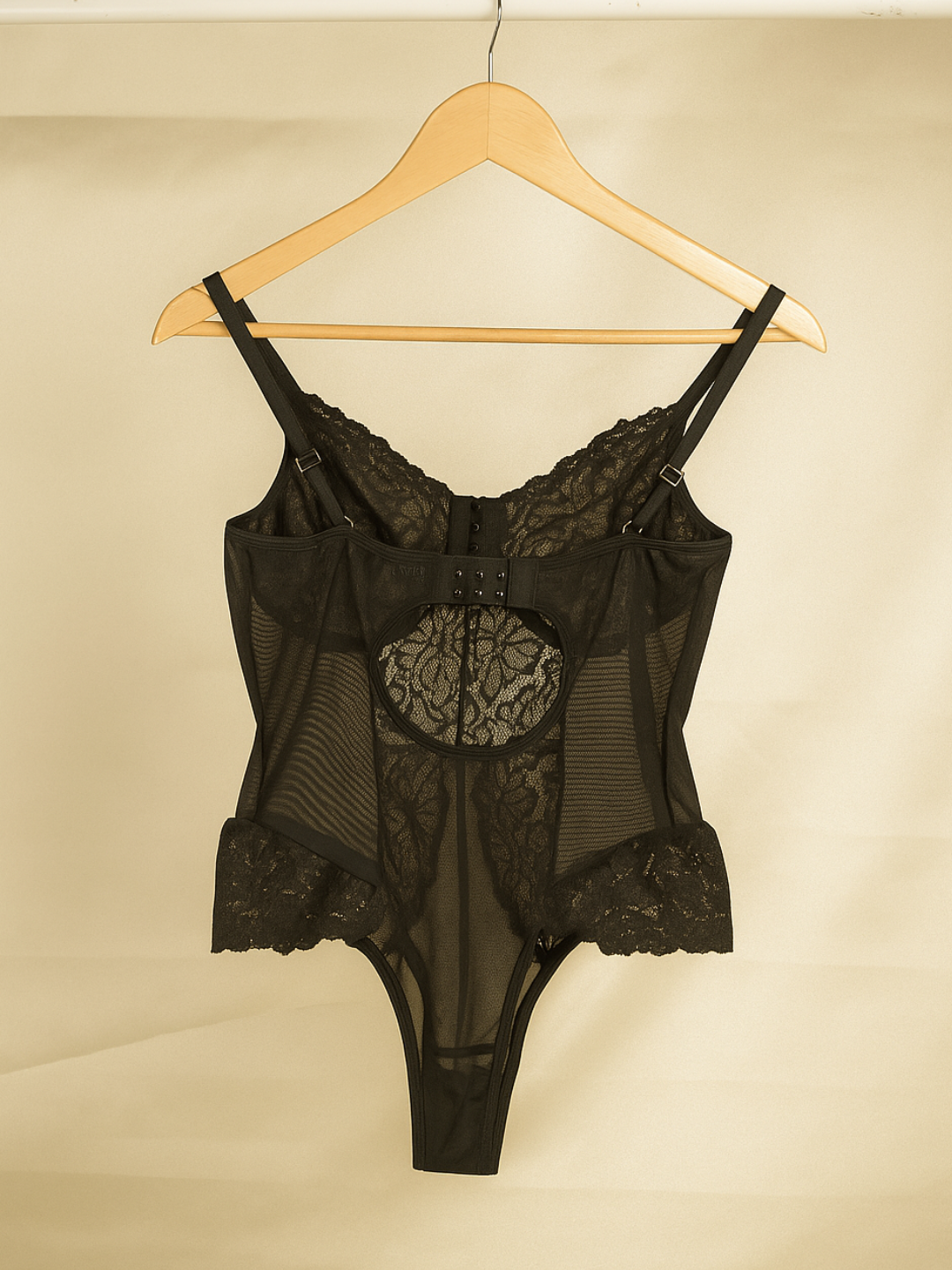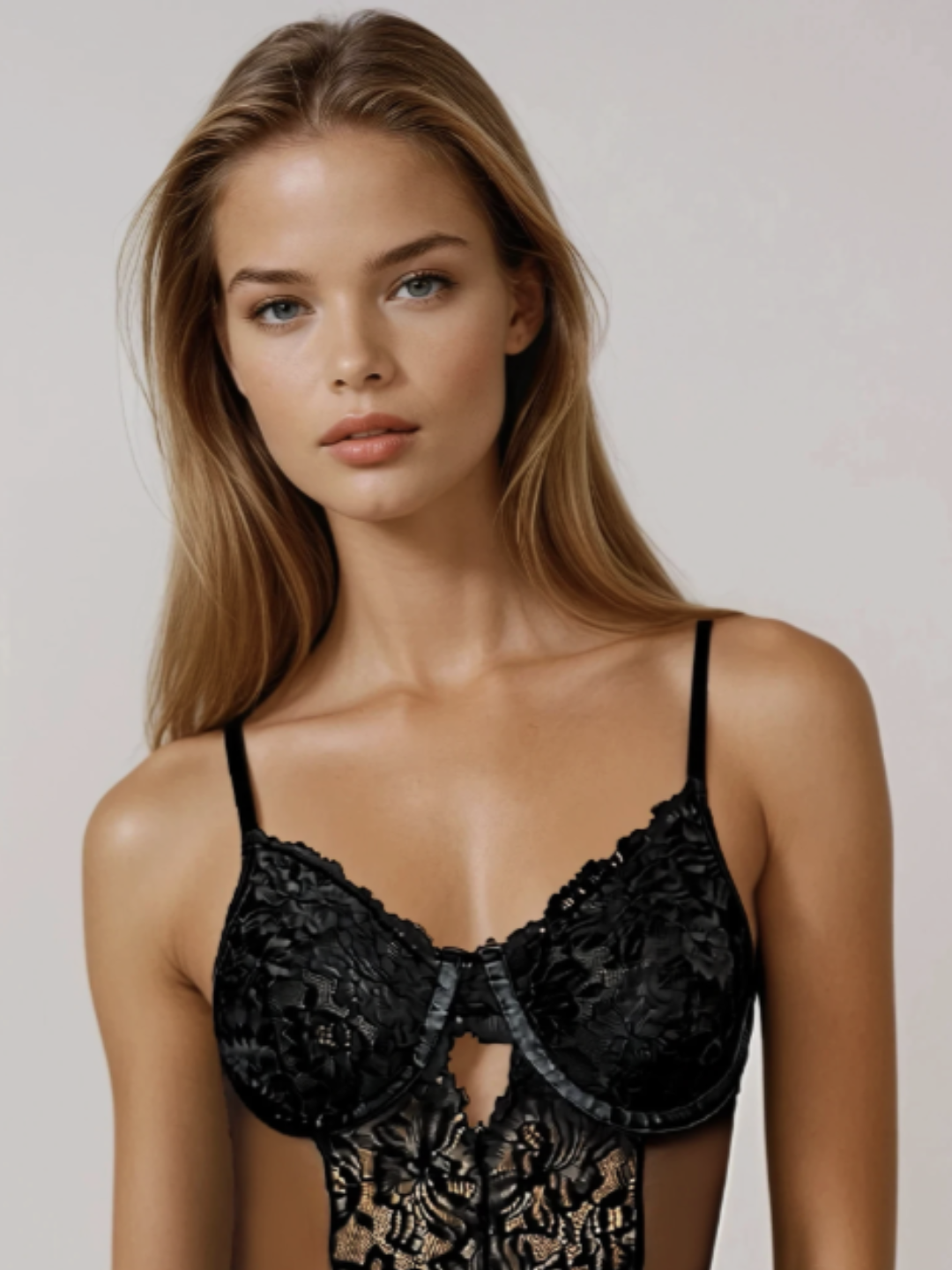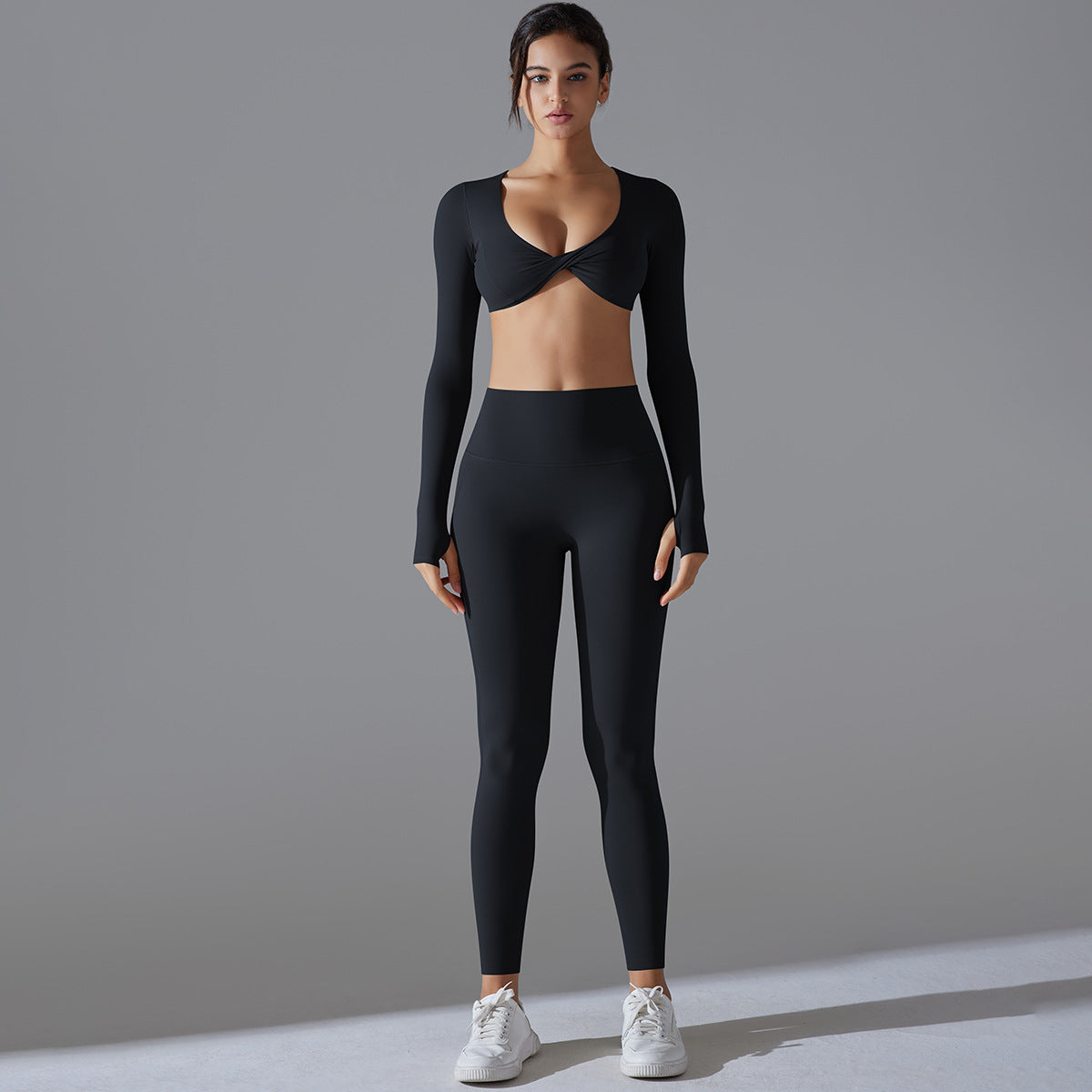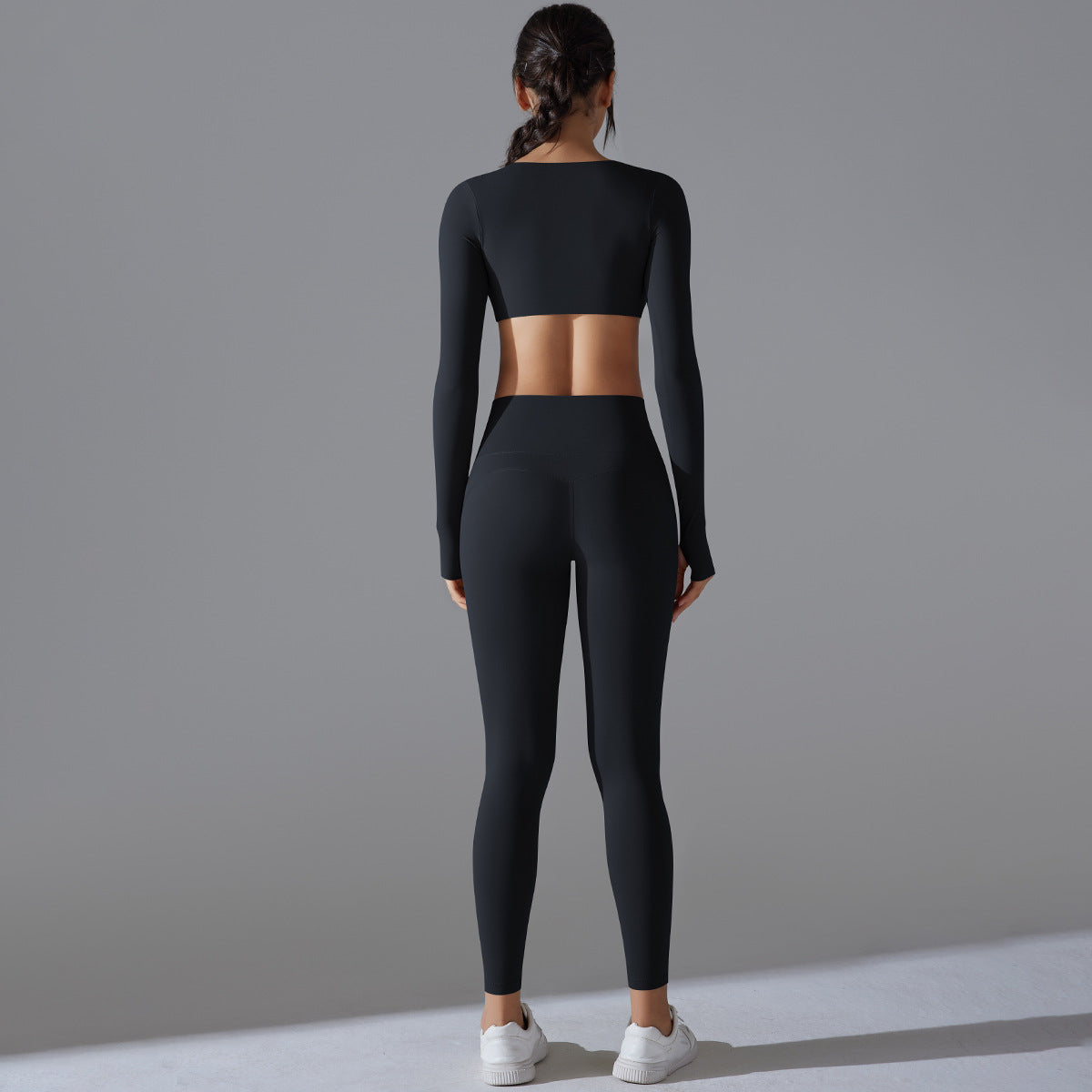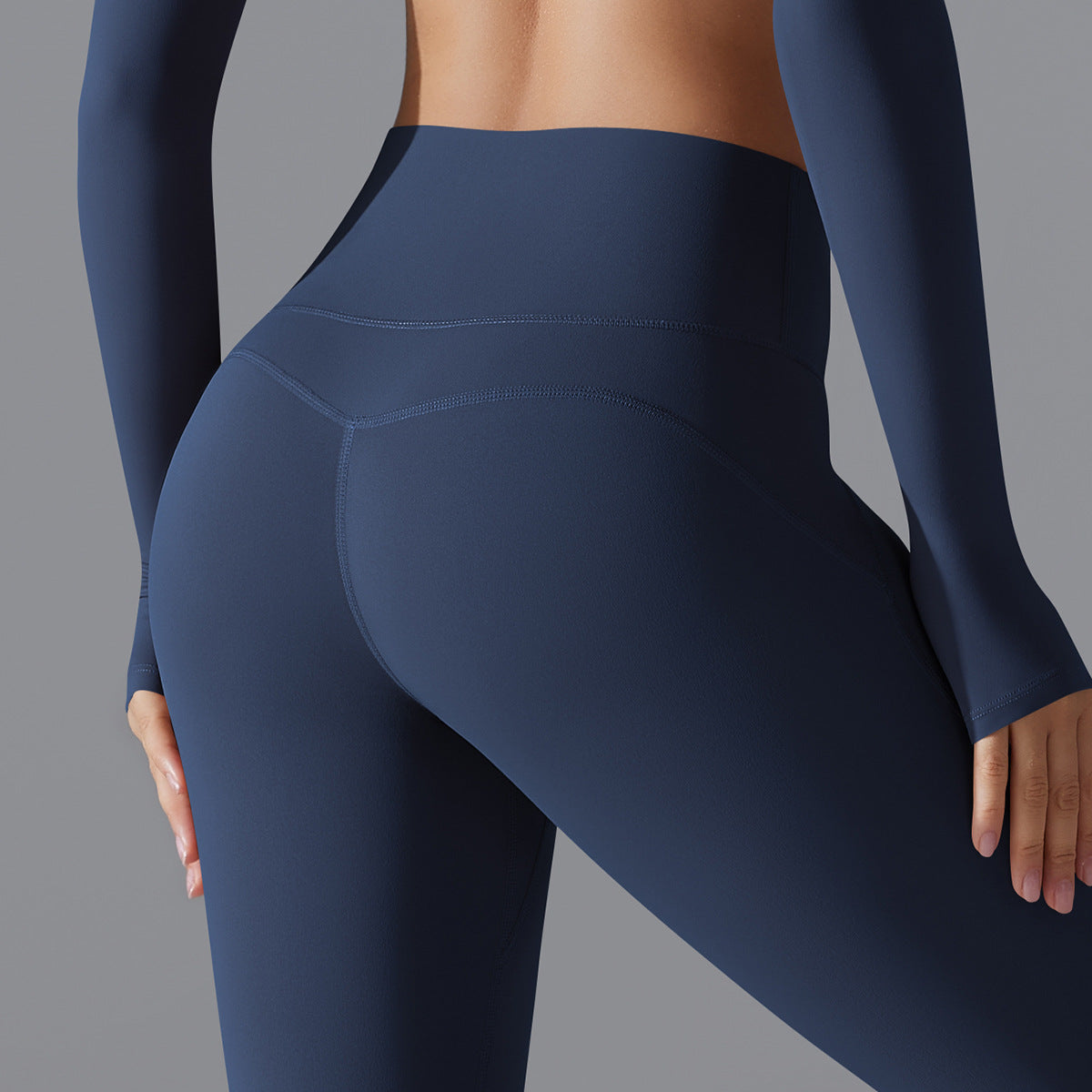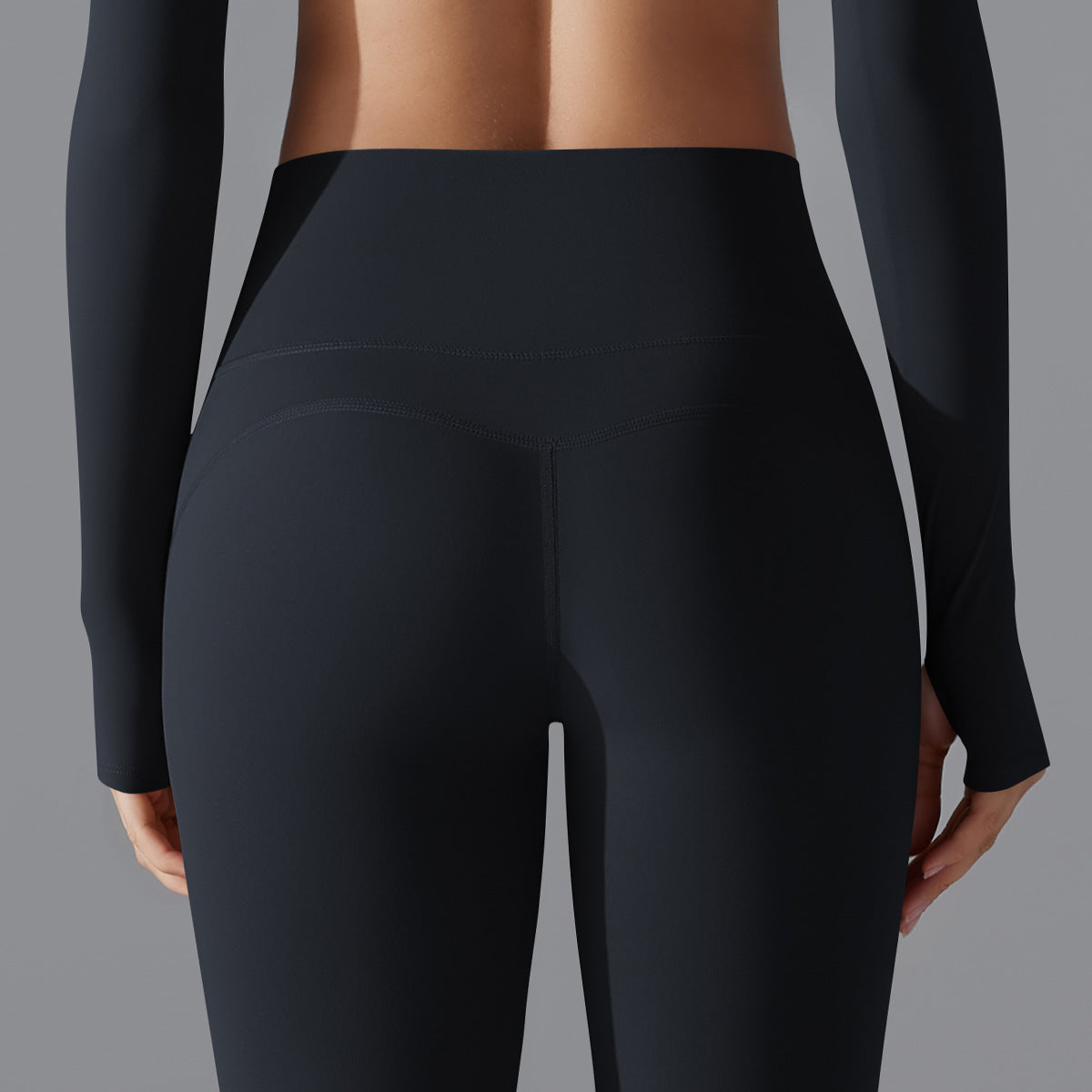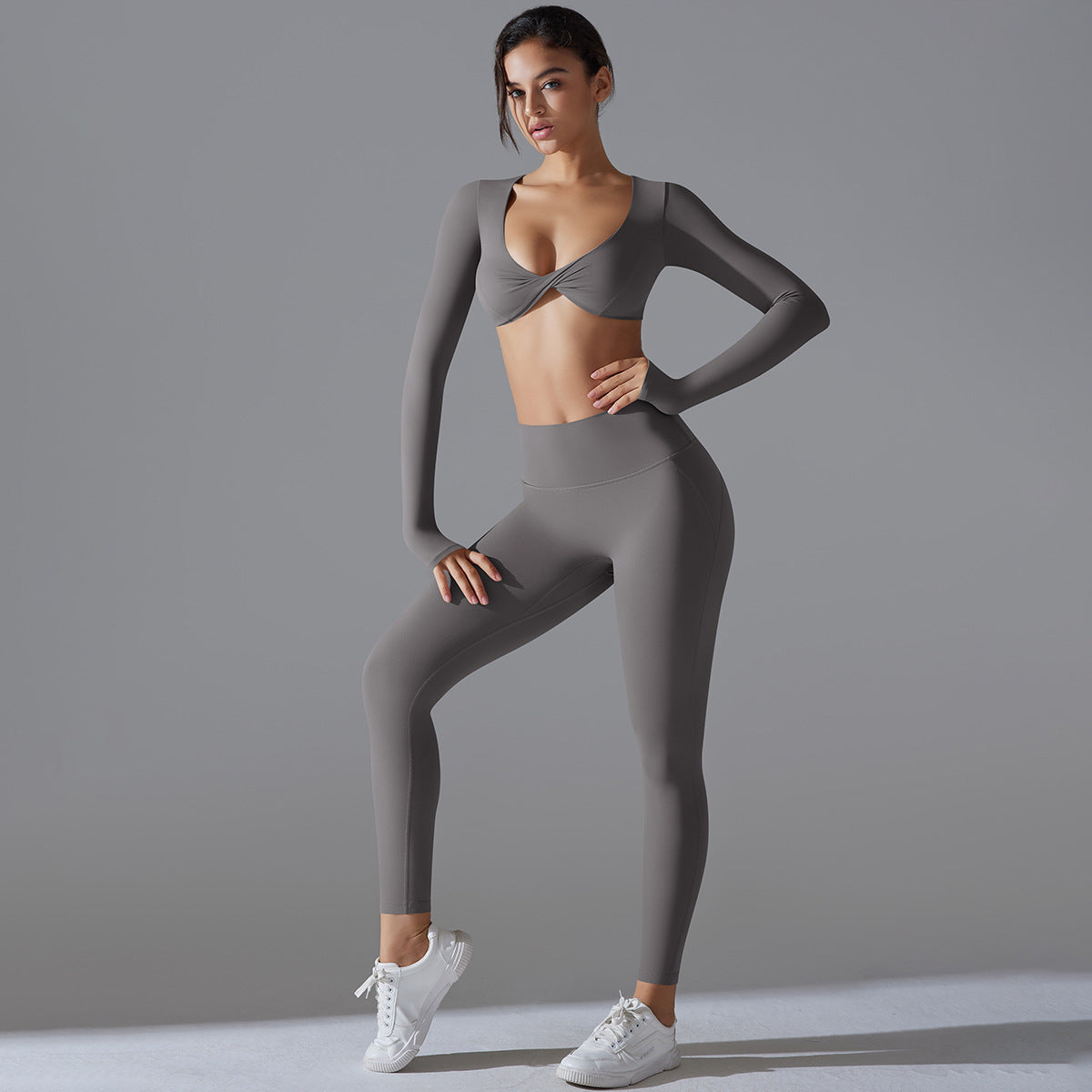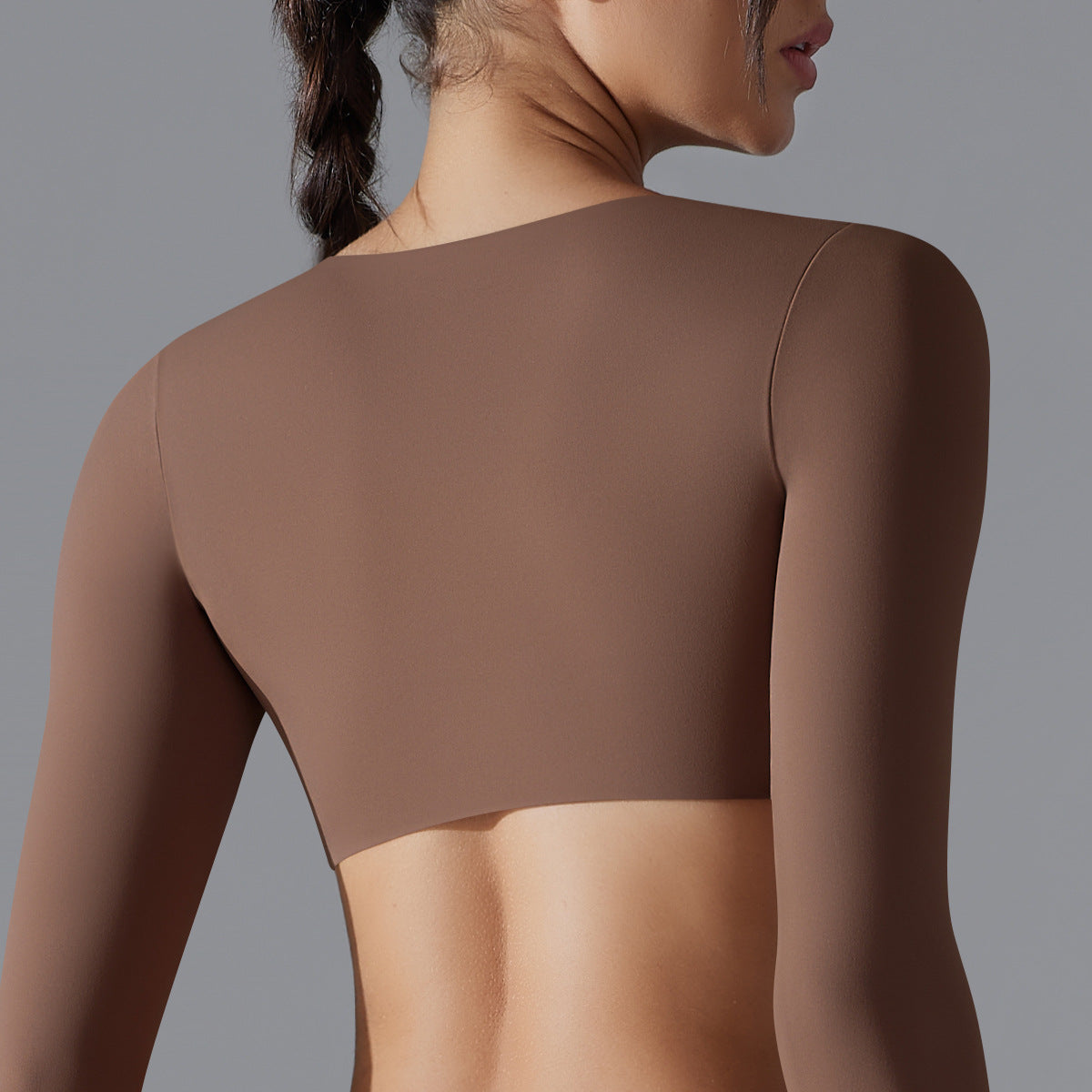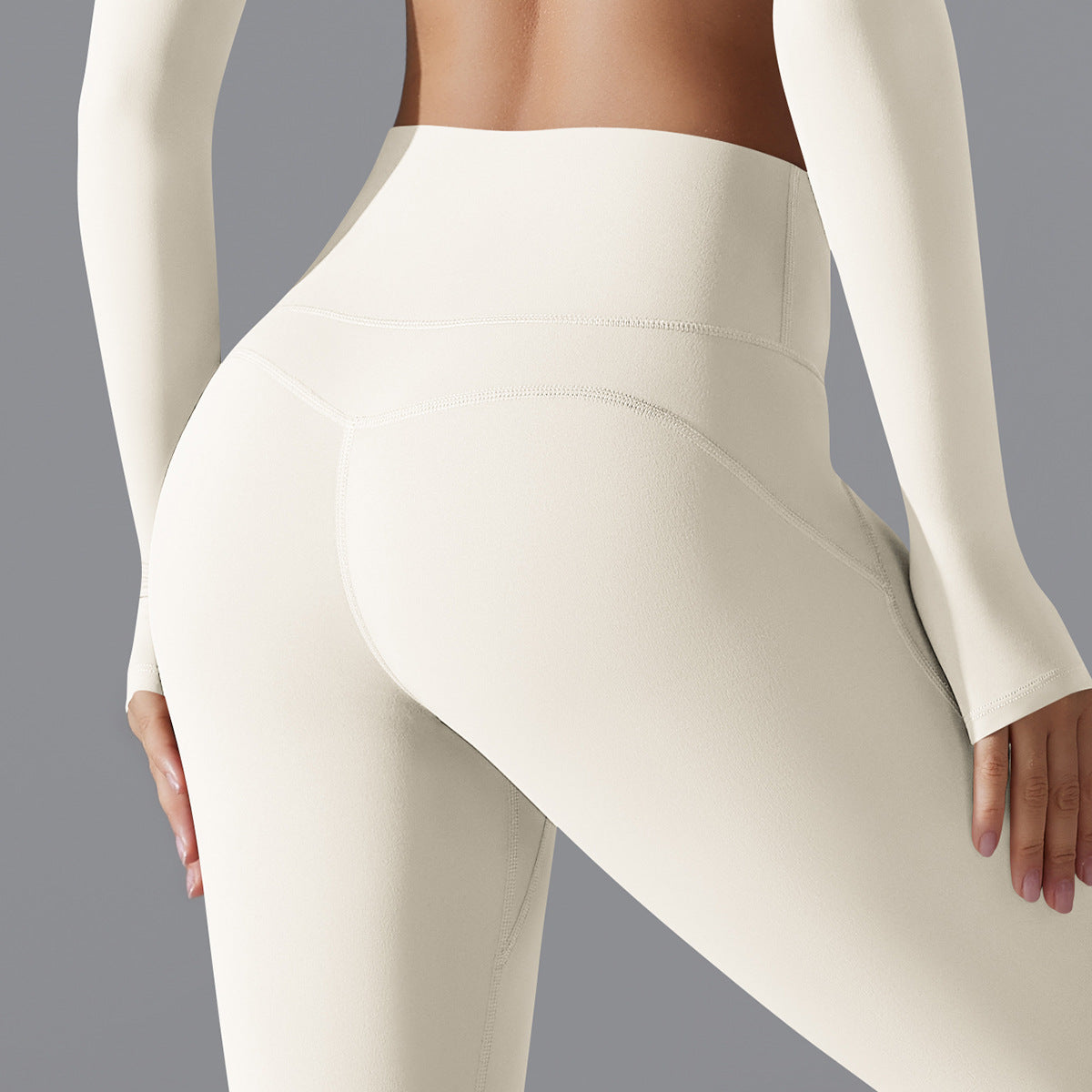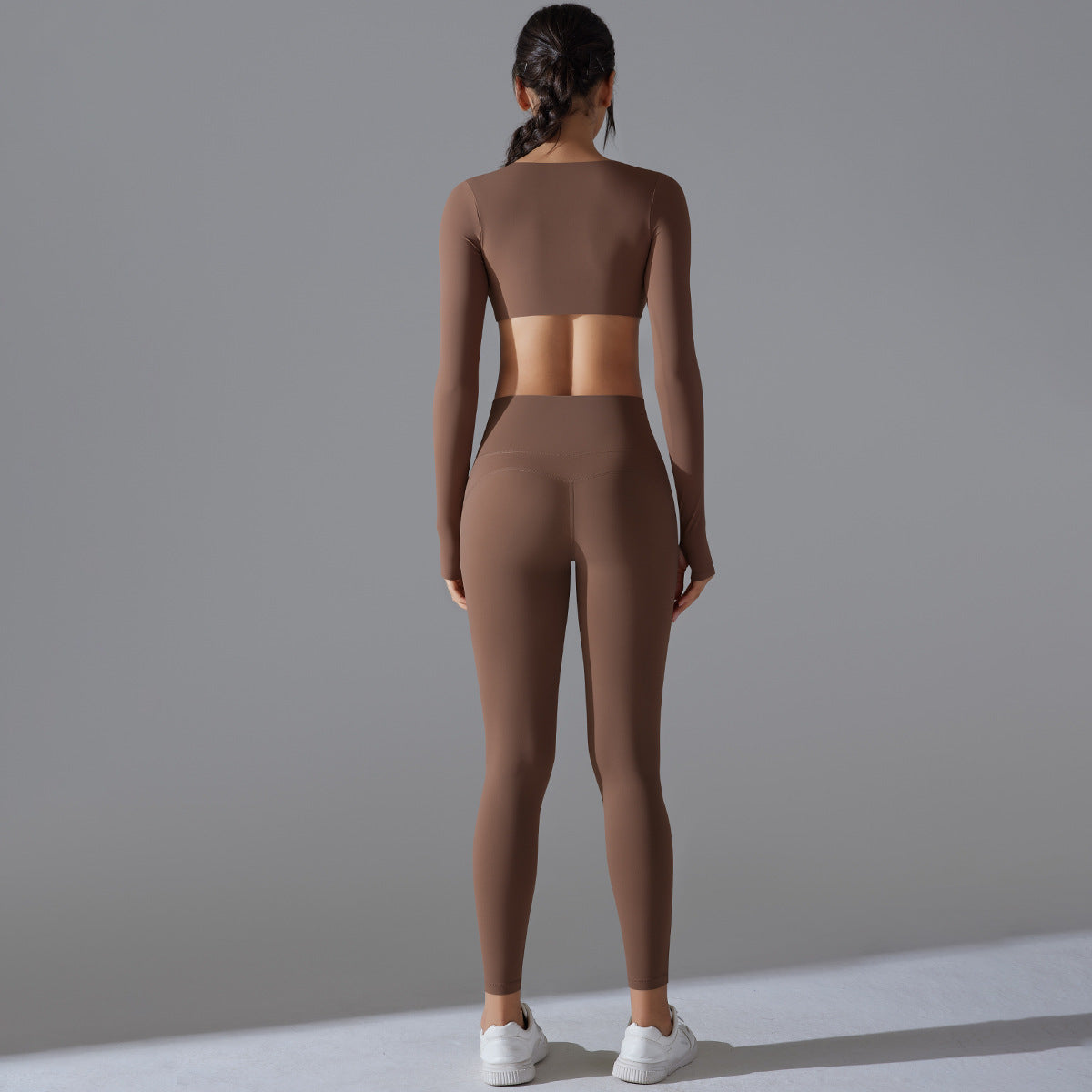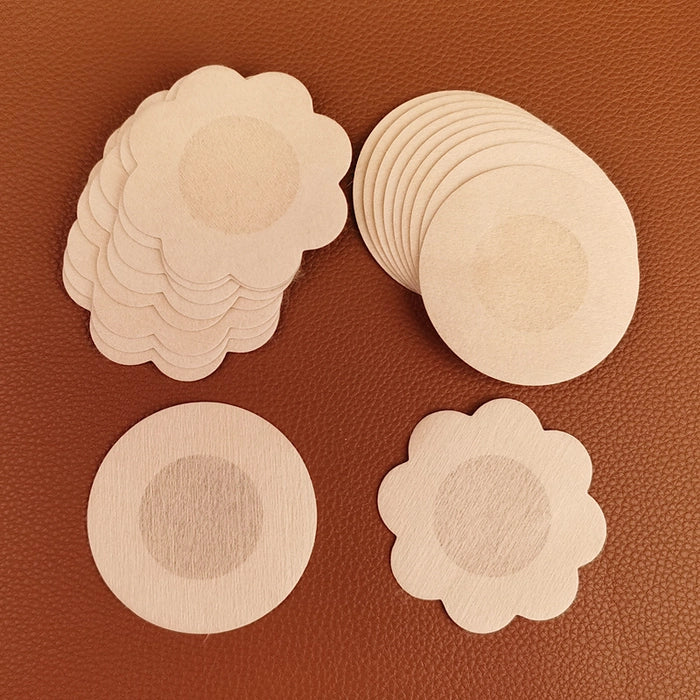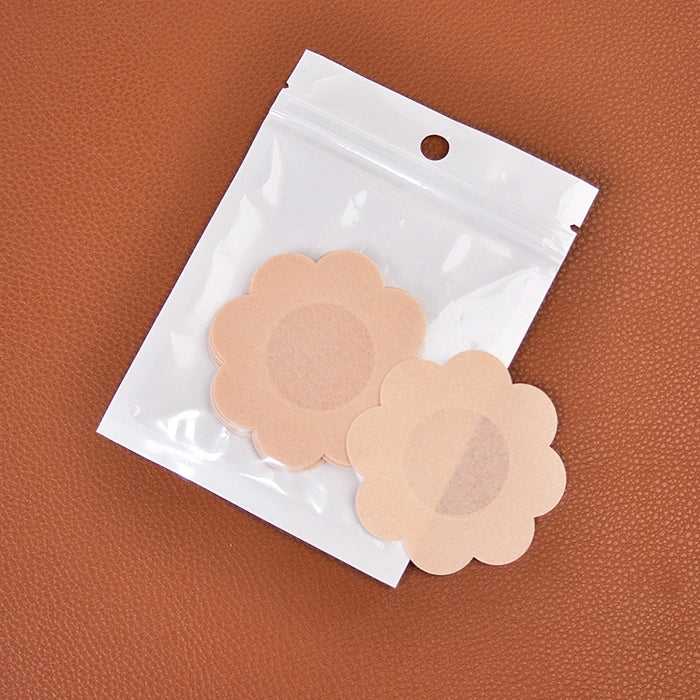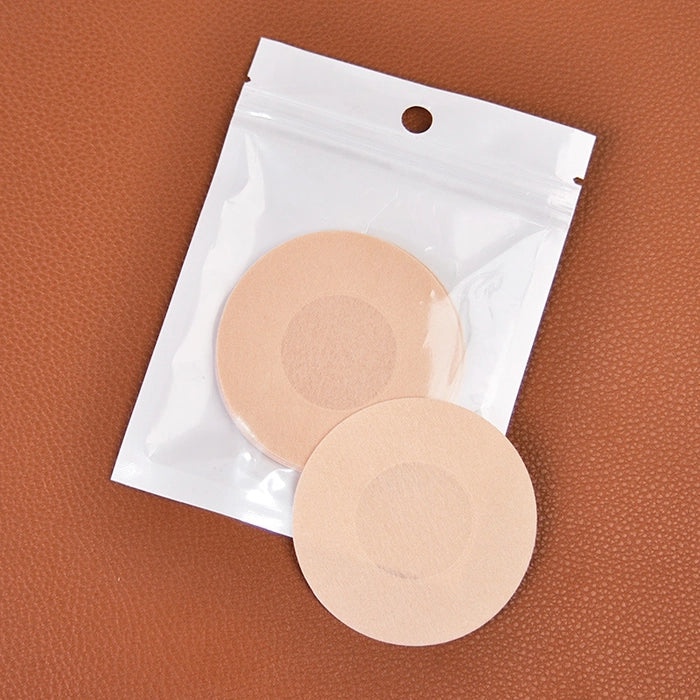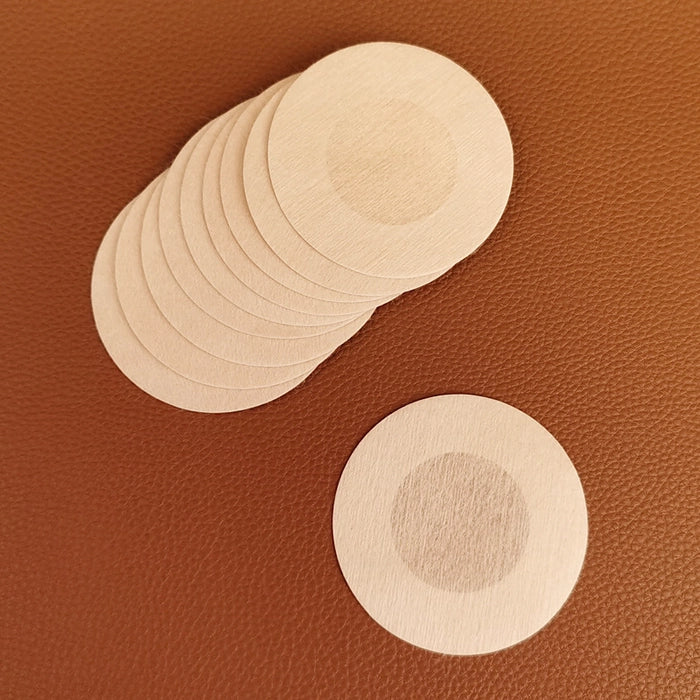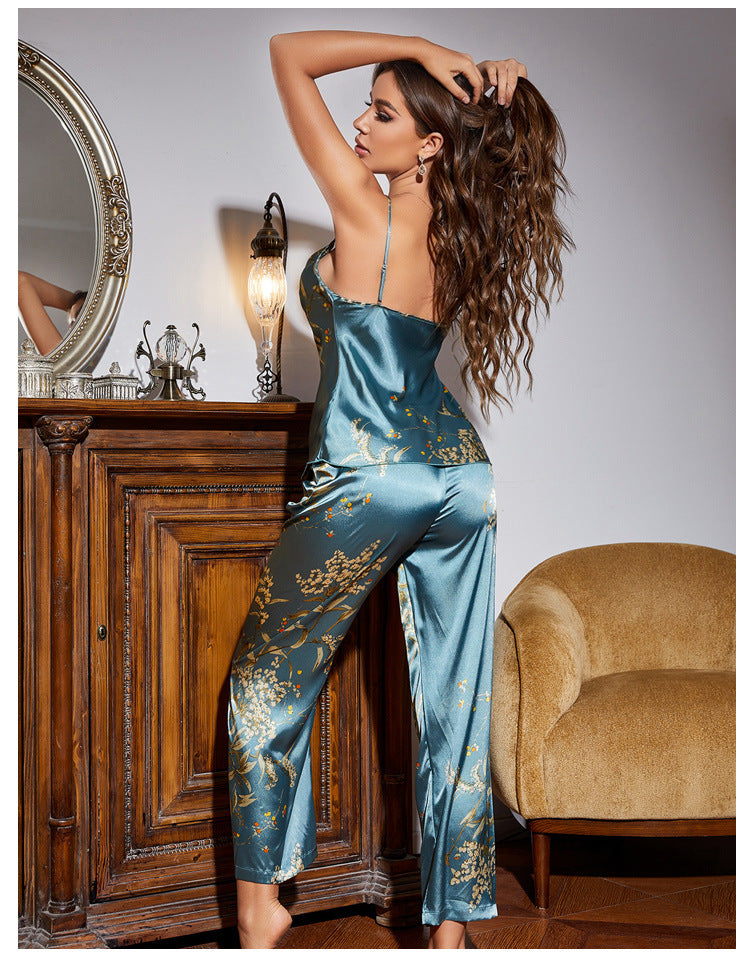“Buy less. Choose well. Make it last.” – Vivienne Westwood.
Every Earth Day, the world turns its focus to sustainability and environmental responsibility. We talk about single-use plastics, fast fashion, and even the environmental impact of coffee cups. But there’s one everyday item that’s often left out of the conversation: your bra. Yep, that little lace wonder sitting in your drawer has a secret. And it’s not a sexy one. Bras, panties, babydolls, boy shorts, bikinis, and other intimate wear contribute to a massive textile waste crisis. Every year, millions of bras are tossed, ending up in landfills where they outlive their owners. So, here’s the real question: Is your lingerie a silent eco-villain? Let’s lift the lid (and the straps) on lingerie waste and its impact on the planet.
The Shocking Reality of Lingerie Waste
Let’s get real: your old bras are probably outliving you. The fashion industry is one of the largest contributors to global pollution, and lingerie is no exception. While that lacy number may look delicate, it’s often made from synthetic fabrics like polyester, nylon, and spandex; materials that take hundreds of years to decompose. That means the bras you tossed a decade ago? They’re still out there, sitting in a landfill, taking their sweet time breaking down.
But here’s something to think about: how much textile waste does the fashion industry produce each year? Spoiler alert - According to Earth.org, the fashion industry produces approximately 92 million tonnes of textile waste annually. And lingerie, despite its small size, is a major contributor to the problem. The underwire, padding, and elastic components make things even worse. Most lingries are Frankenstein’s monster of mixed materials, which makes them nearly impossible to recycle through traditional means.
The underwire, padding, and elastic components make bras a recycling nightmare. Most traditional recycling centers don’t even know what to do with them. So, while your old jeans might get a second life as insulation, your old bikini or babydoll? Not so much.
Why Lingerie Needs a Sustainable Fashion Makeover
Sustainability is the buzzword of the moment, but why has the lingerie industry been so slow to embrace it? The demand for sustainable lingerie is growing, with more consumers seeking out eco-friendly alternatives. But here’s the kicker - most brands still rely on petroleum-based fabrics, and only a handful have committed to using sustainable materials in lingerie production like bamboo, Tencel, hemp, or organic cotton.
But why does sustainable lingerie matter? What is the environmental impact of synthetic bras? It turns out that synthetic bras contribute to microplastic pollution, require energy-intensive production, and don’t break down quickly. This means your synthetic lingerie could pollute the environment long after you’ve stopped wearing it.
The real challenge? Sustainability in lingerie isn’t just about fabric. It’s also about ethical production, fair wages for garment workers, and reducing textile waste in the supply chain. After all, what’s the point of an eco-friendly bra if it’s made under exploitative conditions? The shift to sustainable lingerie needs to go beyond materials; it needs to be a full-circle commitment to people and the planet.
How to Recycle Old Bras (Because Trash Isn’t the Only Option)
So, what do you do with a bra when it’s past its prime? Most of us just toss them in the bin, but there are better ways to dispose of them that don’t involve stuffing landfills. Ever wondered how to recycle old bras without throwing them away? Here’s how:
-
Donate them: Many shelters and charities accept gently used bras to help women in need. A well-fitting bra can be life-changing for someone who doesn’t have access to proper lingerie.
-
Look for take-back programs: Some lingerie brands will recycle or repurpose old bras, panties, and bikinis. A guilt-free goodbye!
-
Compost natural fabrics: If your bra is made from organic cotton, hemp, or bamboo with no synthetic blends, you can cut it up and compost it (minus any elastic or hardware).
Choosing Eco-Friendly Bras for a Greener Future
Sustainable lingerie isn’t just good for the environment, it’s also better for your skin. Synthetic fabrics can trap moisture and bacteria, while natural fibers are breathable, hypoallergenic, and biodegradable.
But wait—what are the best sustainable materials for bras? The best options include:
-
Organic Cotton: Soft, breathable, and free from pesticides, making it gentle on your skin and the planet.
-
Bamboo: Naturally antibacterial, moisture-wicking, and biodegradable.
-
Hemp: One of the most eco-friendly fibers, requiring less water and no pesticides.
-
Tencel: Made from sustainably harvested wood pulp, it’s silky soft and compostable.
Investing in eco-friendly bras made from sustainable materials in lingerie production means reducing waste and lowering your carbon footprint without sacrificing style or comfort.
The Environmental Impact of Lingerie Waste—and What We Can Do
Lingerie waste is just one piece of the massive problem facing the fashion industry. Green fashion isn’t just a trend, it’s a necessity. Fast fashion has created a culture of disposability, where clothing is treated as temporary instead of an investment. But just because bras are small doesn’t mean their environmental impact is. From water pollution caused by fabric dyeing to the greenhouse gases emitted during production, the cost of a single bra is much higher than what you see on the price tag.
So, how do we fix it? It starts with making mindful choices. Ever asked yourself, how can we reduce textile waste in the fashion industry? Here’s how:
-
Choose durable, high-quality bras that last longer and require fewer replacements.
-
Buy from brands that focus on ethical and sustainable lingerie production.
-
Avoid fast fashion lingerie made from synthetic materials that contribute to pollution.
-
Support brands that use recycled bras or eco-friendly bras made from biodegradable fabrics.
Rethink Your Lingerie Drawer This Earth Day 2025
Sustainability isn’t about being perfect, it’s about making better choices, one small step (or strap) at a time. This Earth Day, take a moment to rethink your lingerie habits. If you’re shopping for new intimate wear like bras, panties, or babydolls, consider eco-friendly lingerie made from sustainable materials. If you’re parting ways with an old favorite, find a responsible way to dispose of it.
Your intimate wear doesn’t have to be part of the problem—it can be part of the solution. So, before your next lingerie splurge, ask yourself: Is this bra, panty, or bikini hurting the planet? If the answer is yes, it might be time for a sustainable switch.
After all, green fashion is always in style.

















